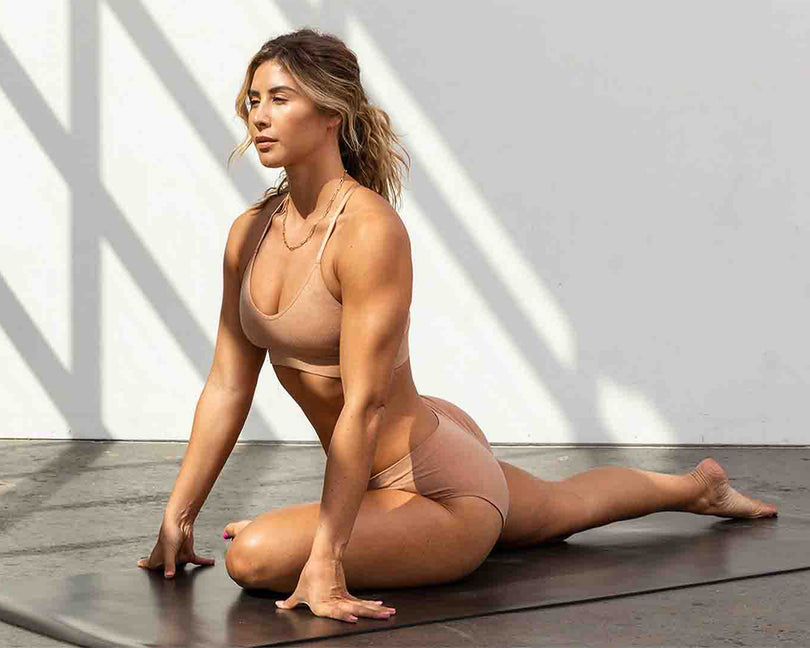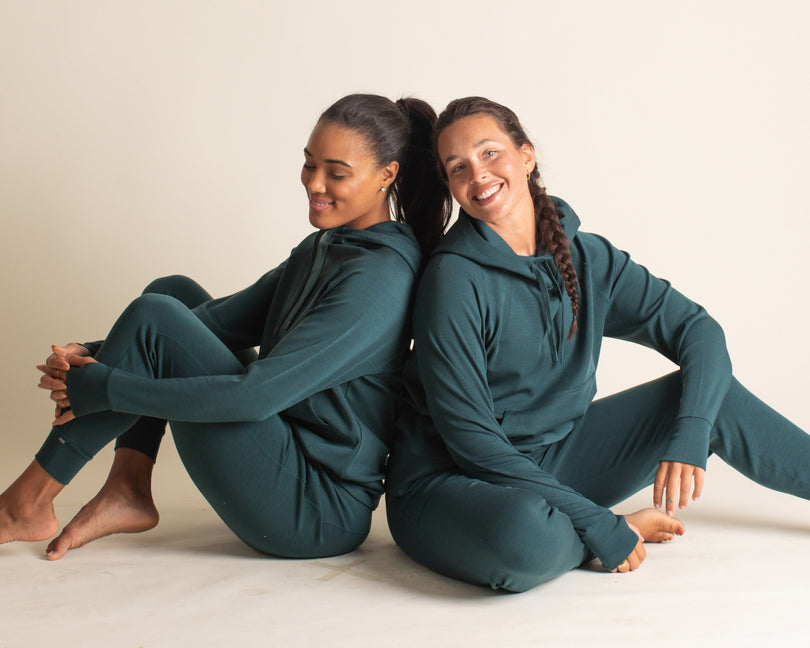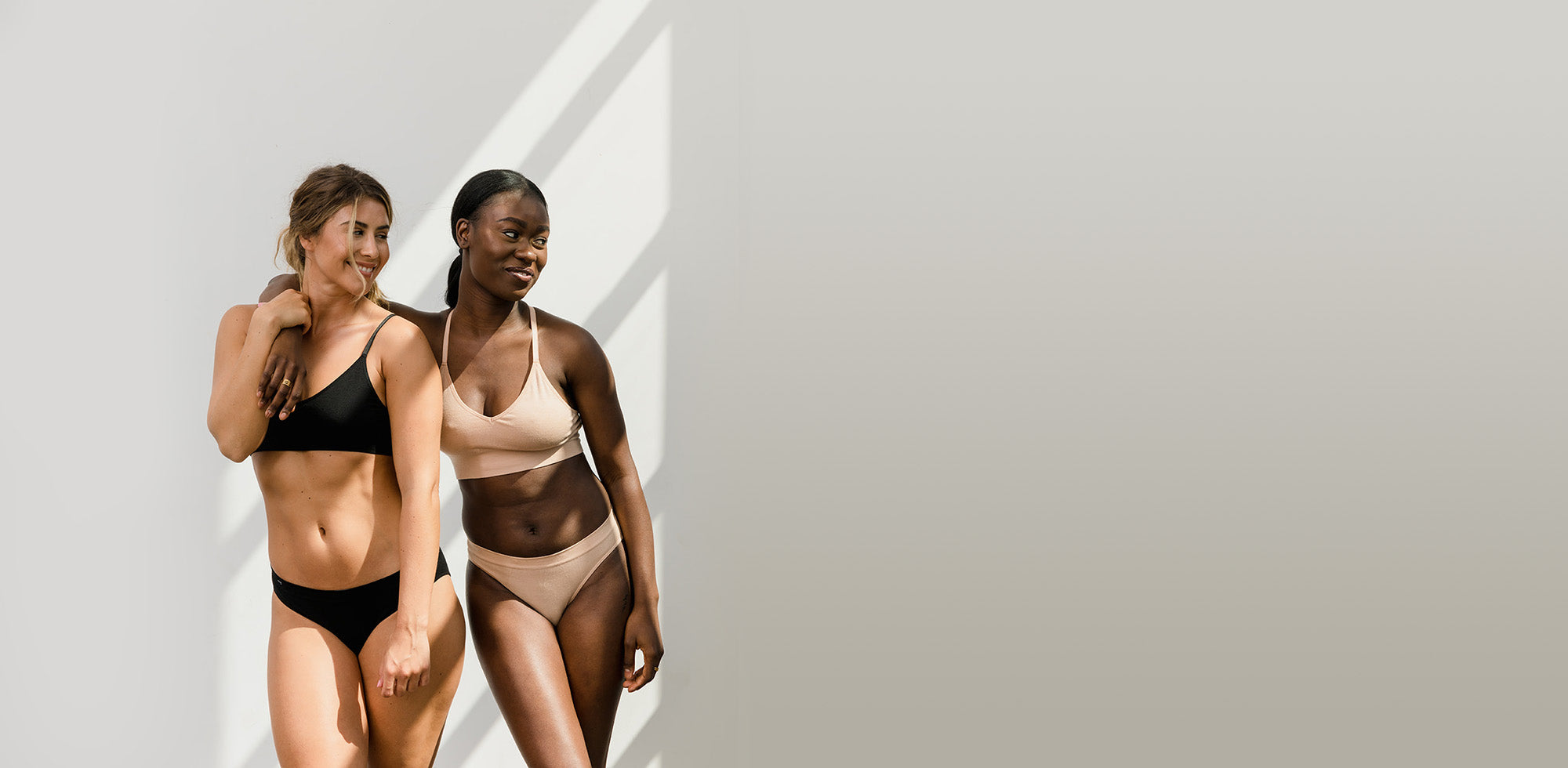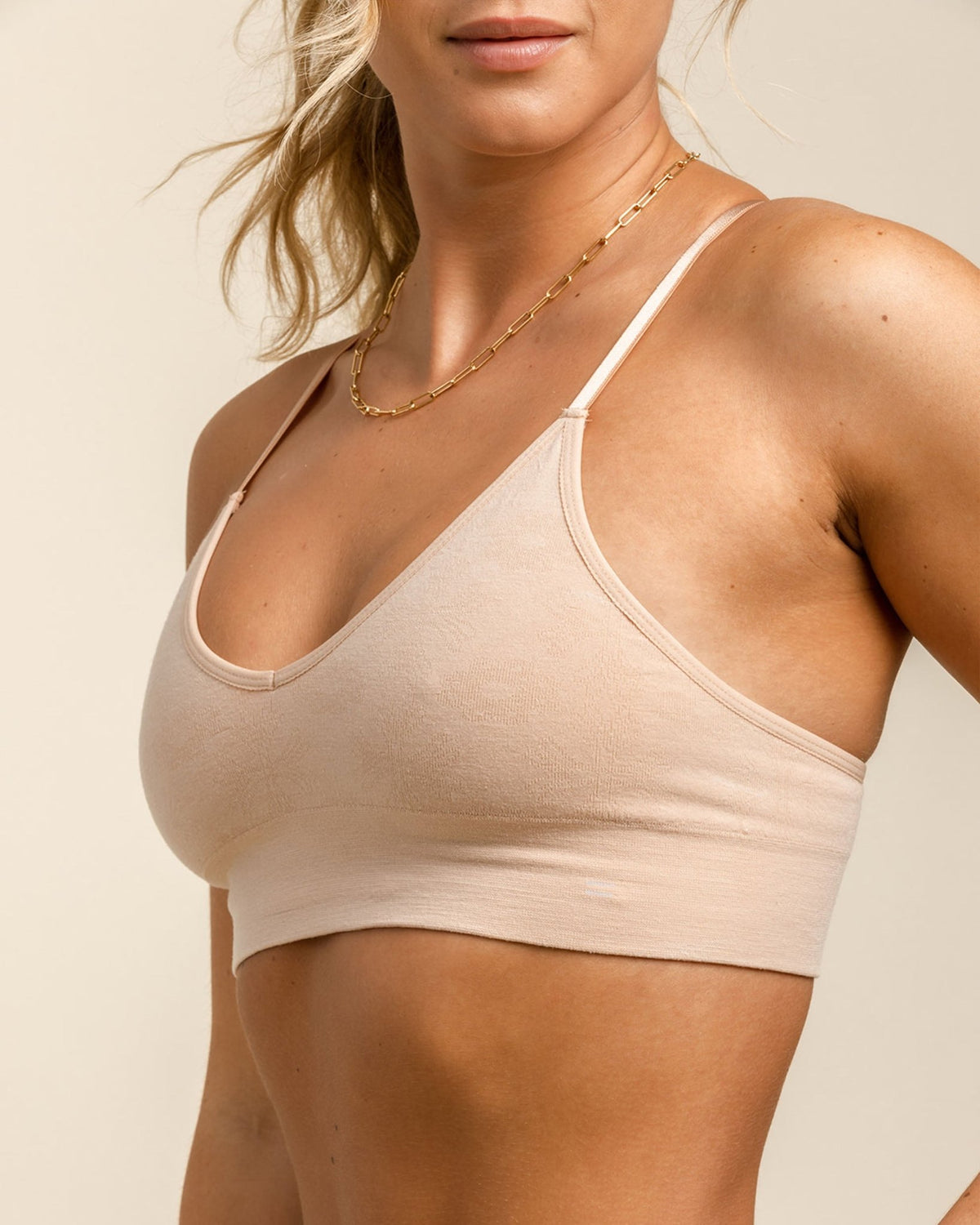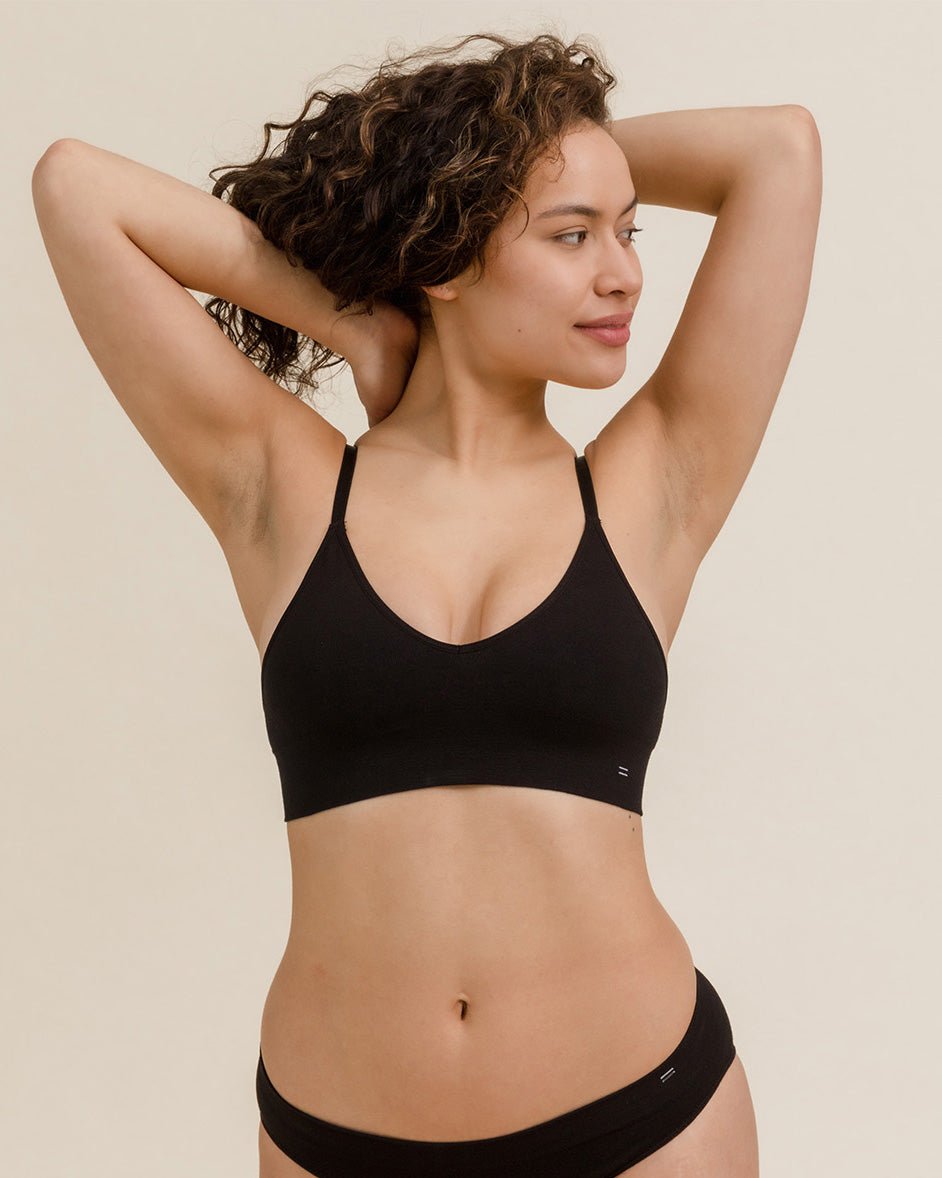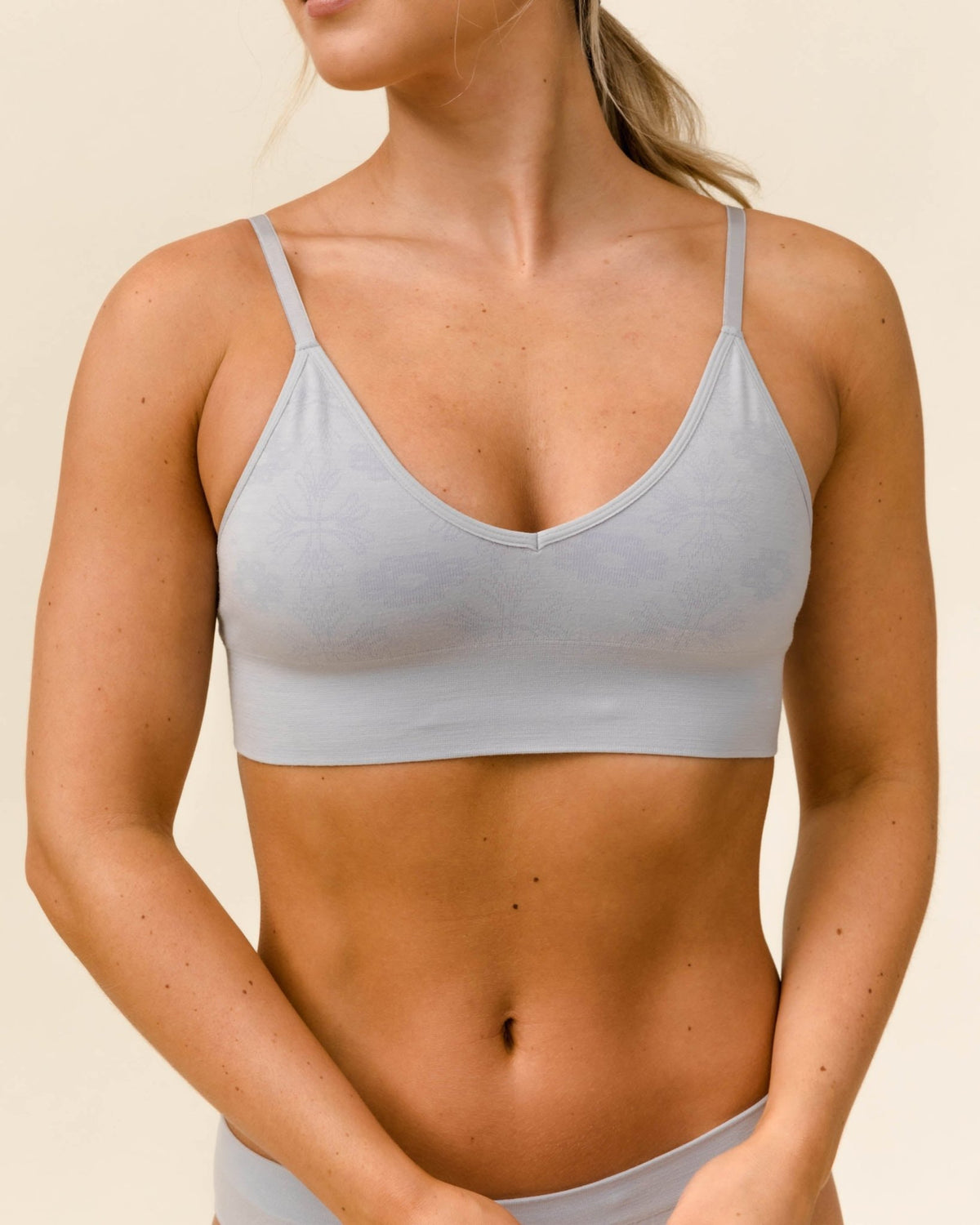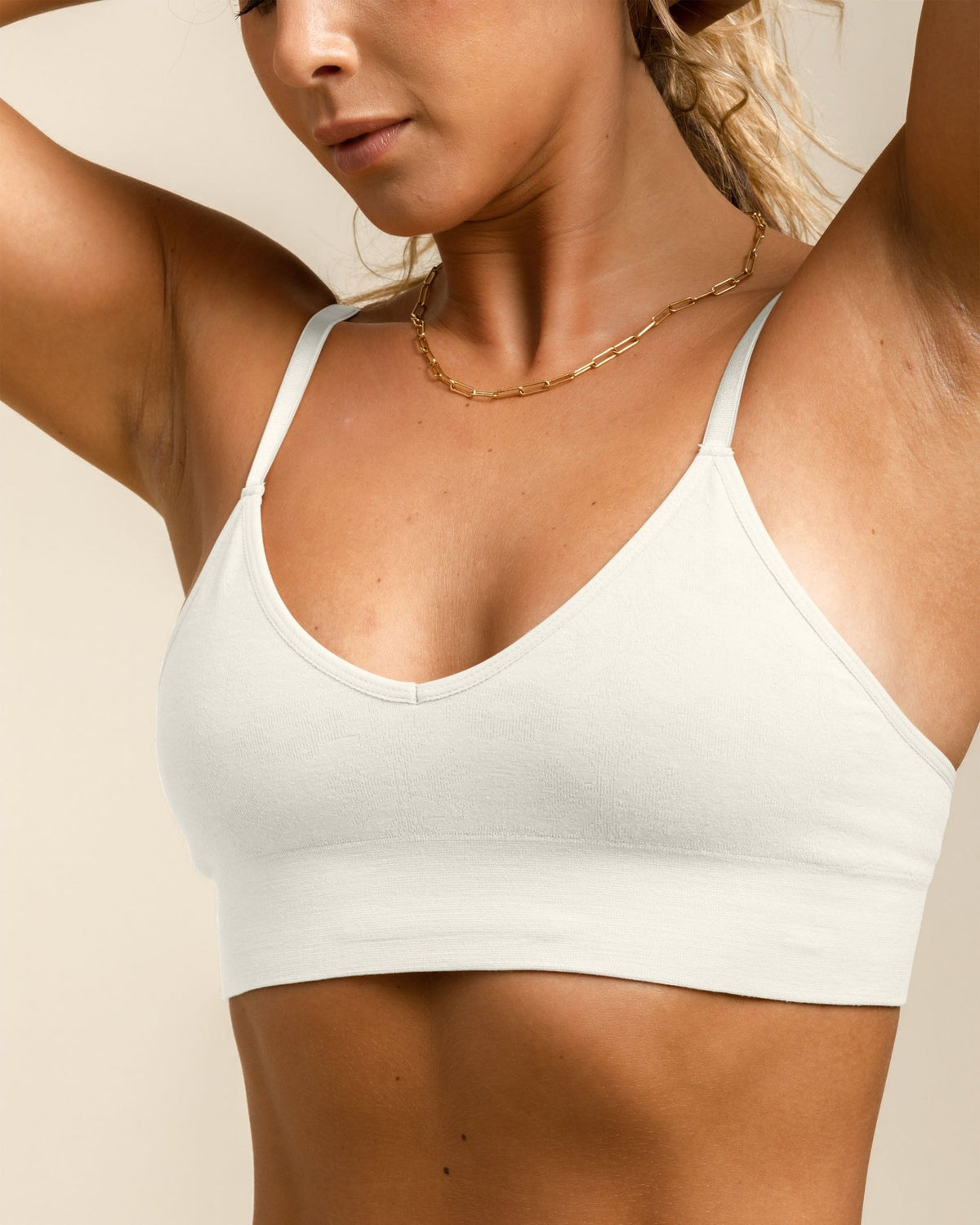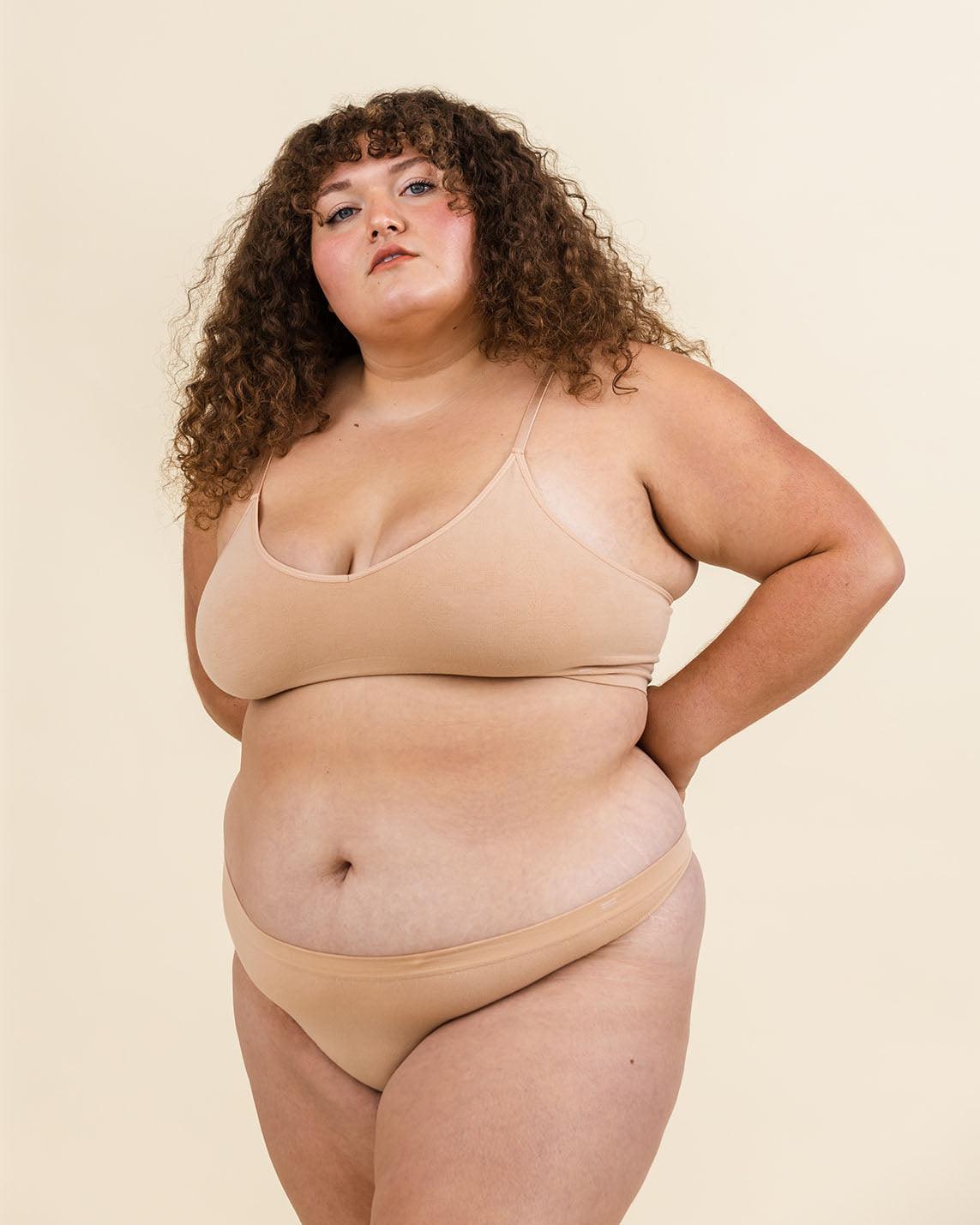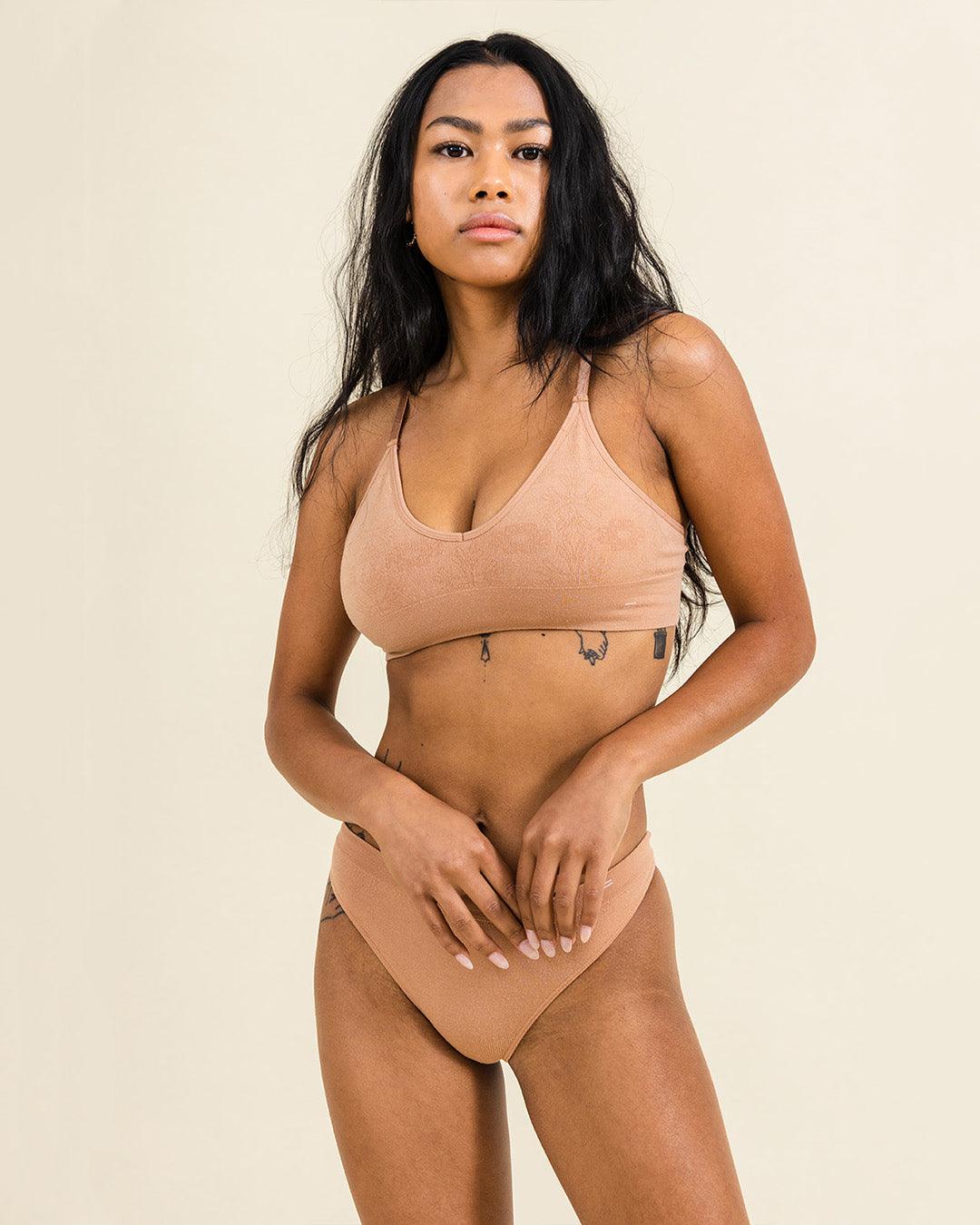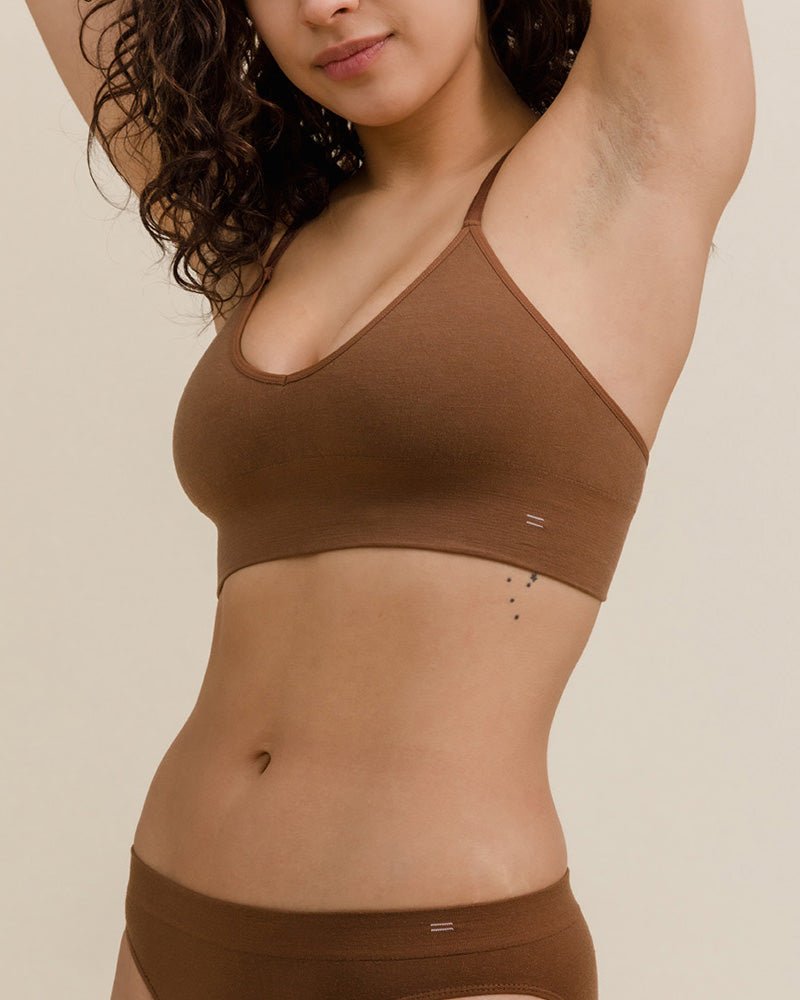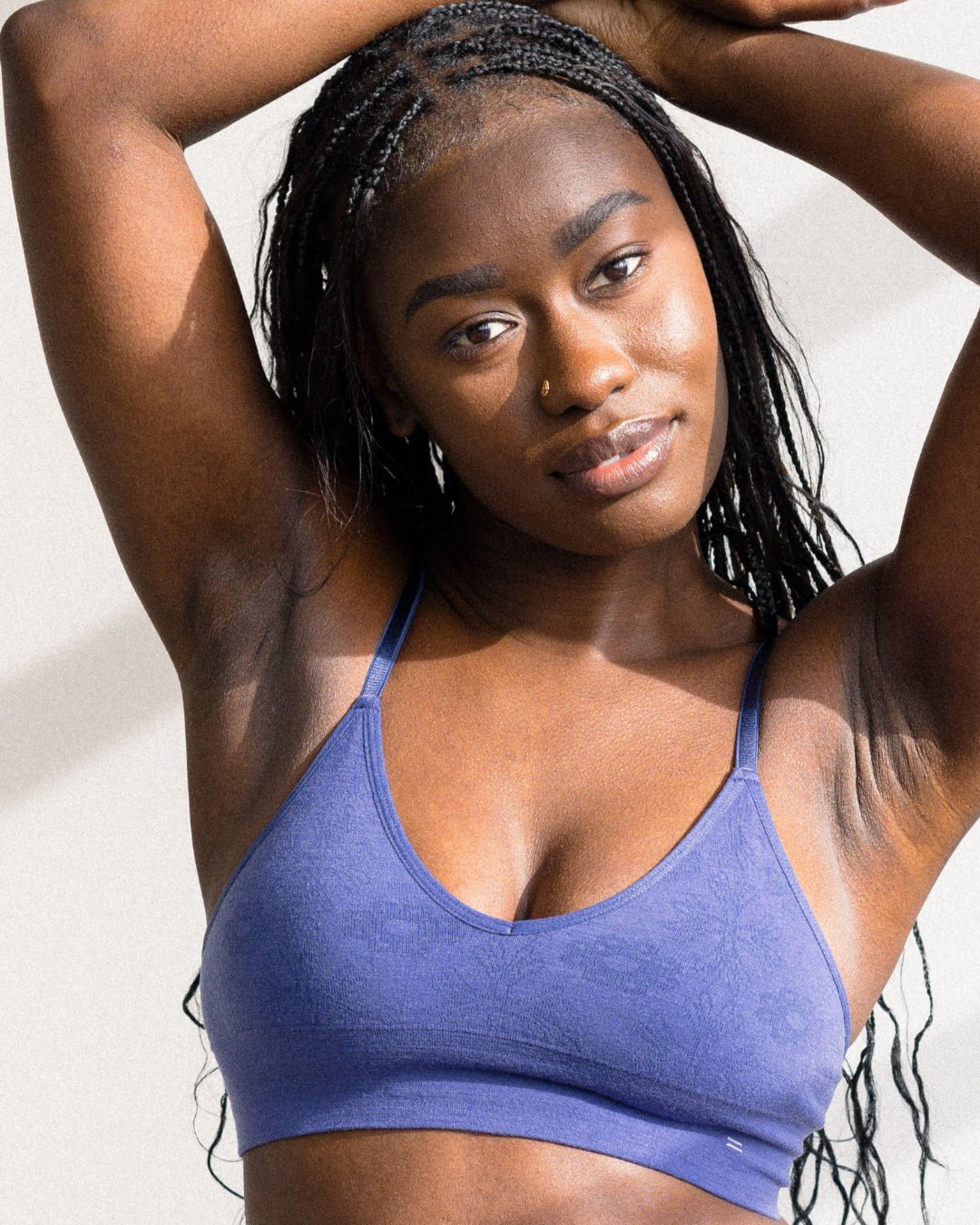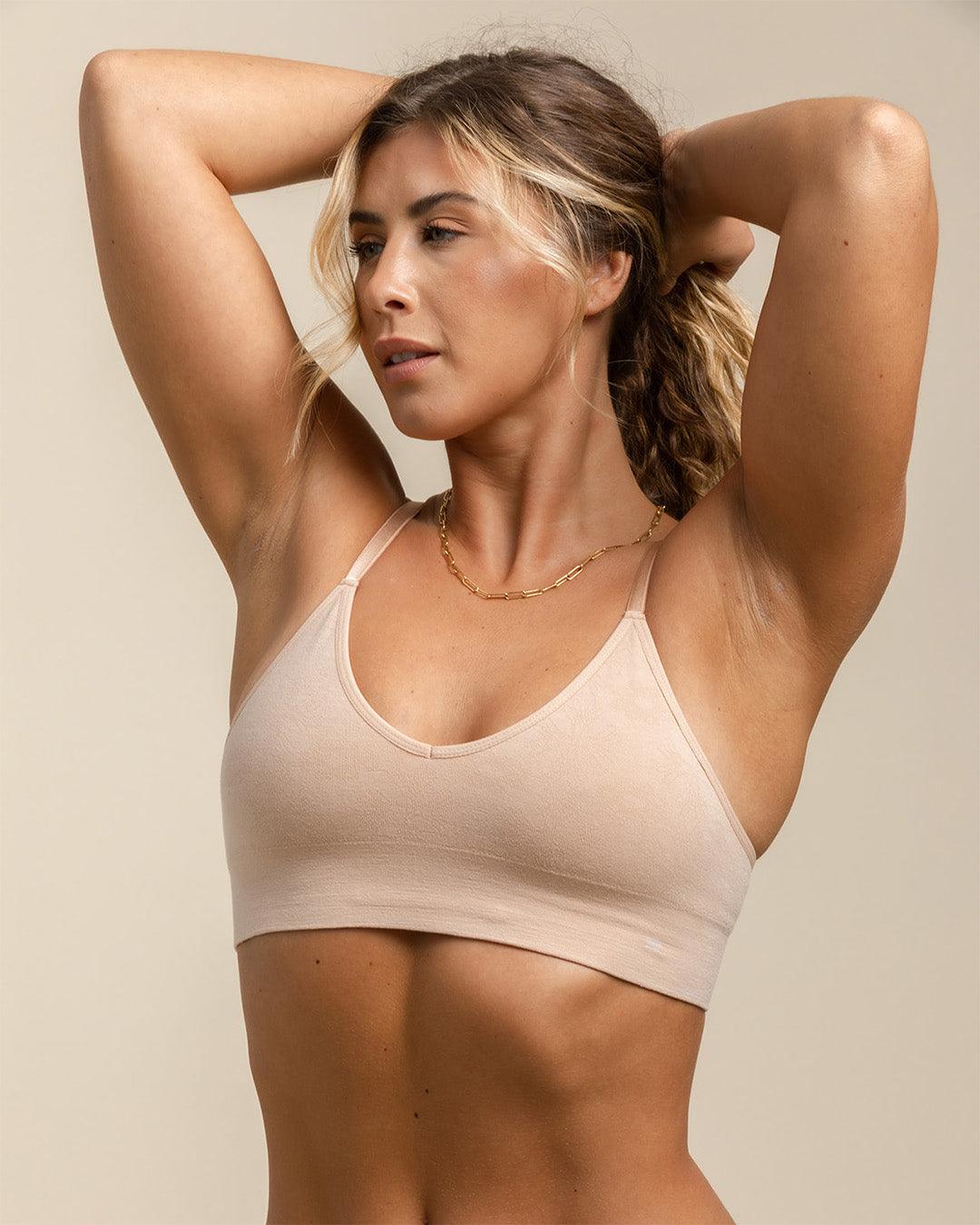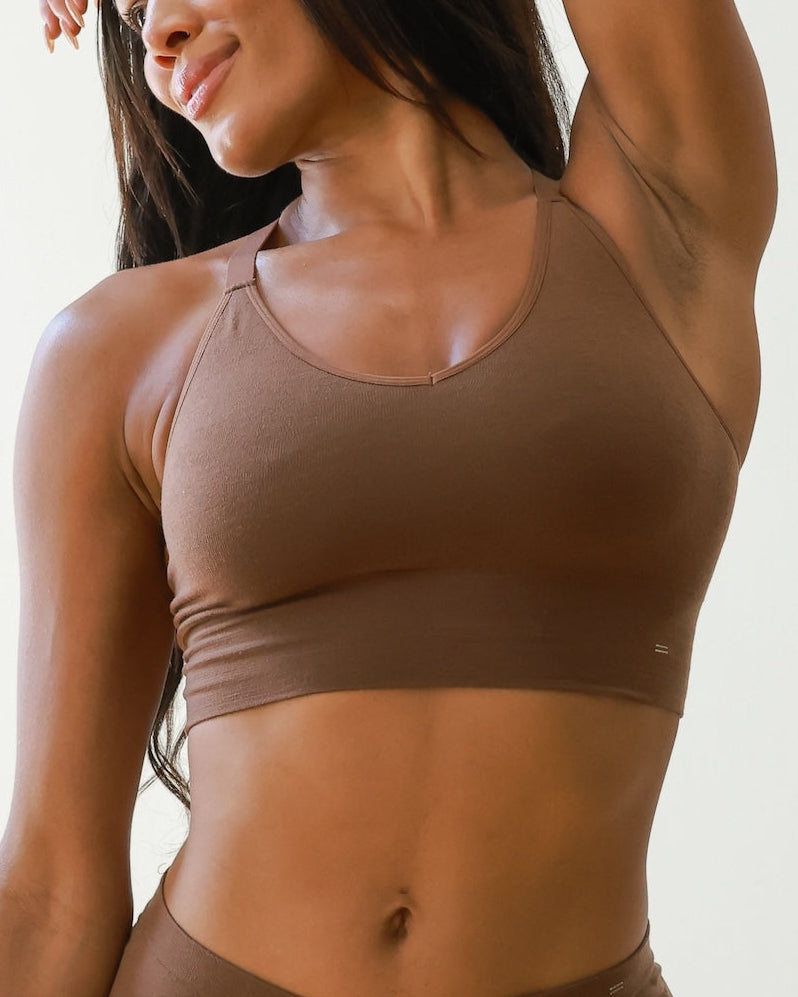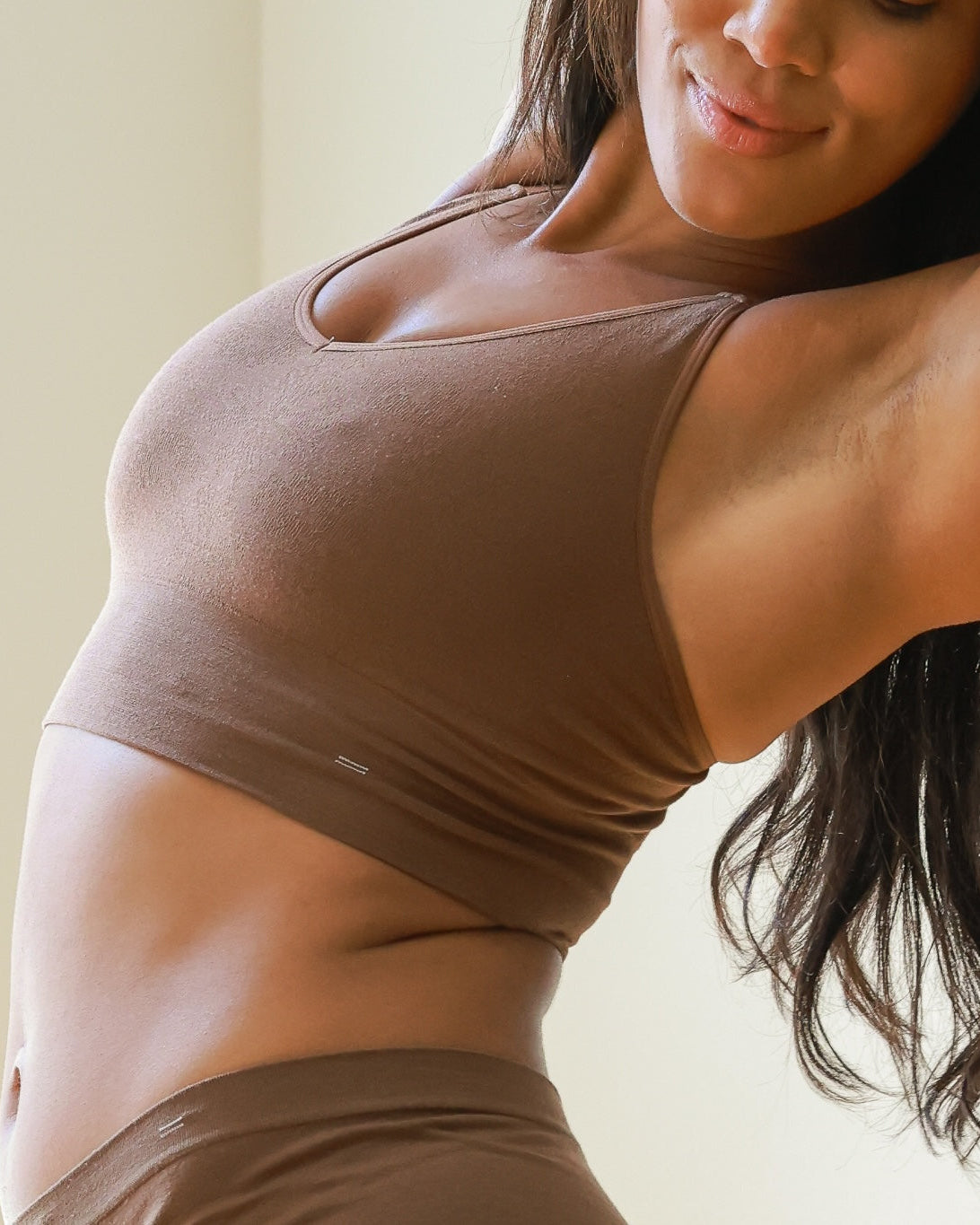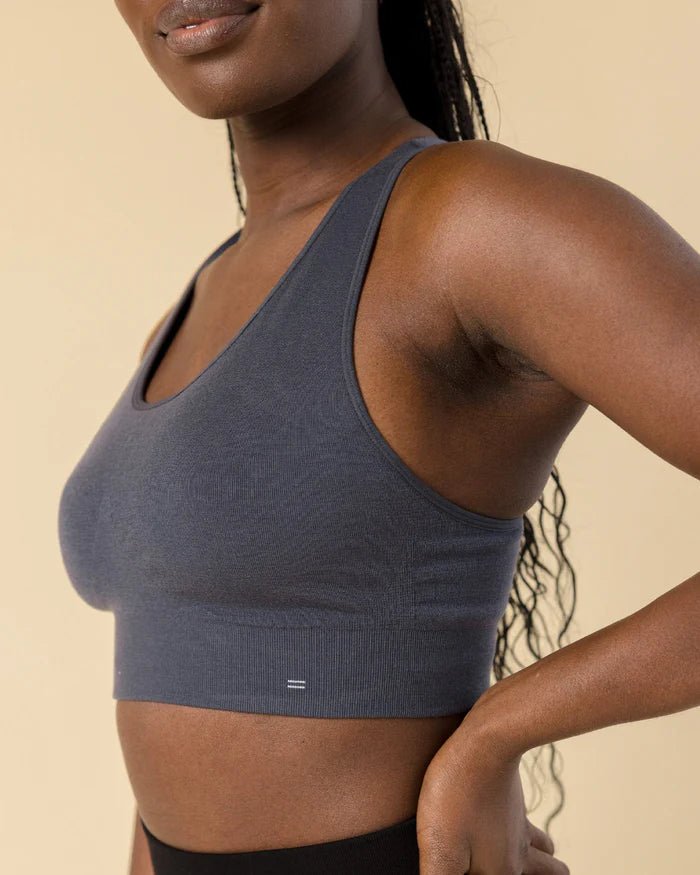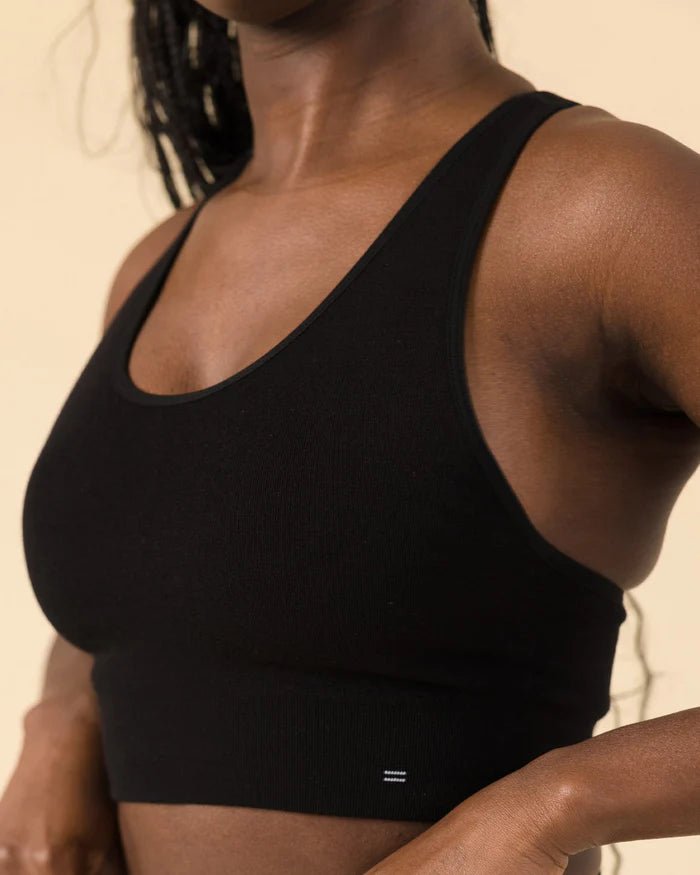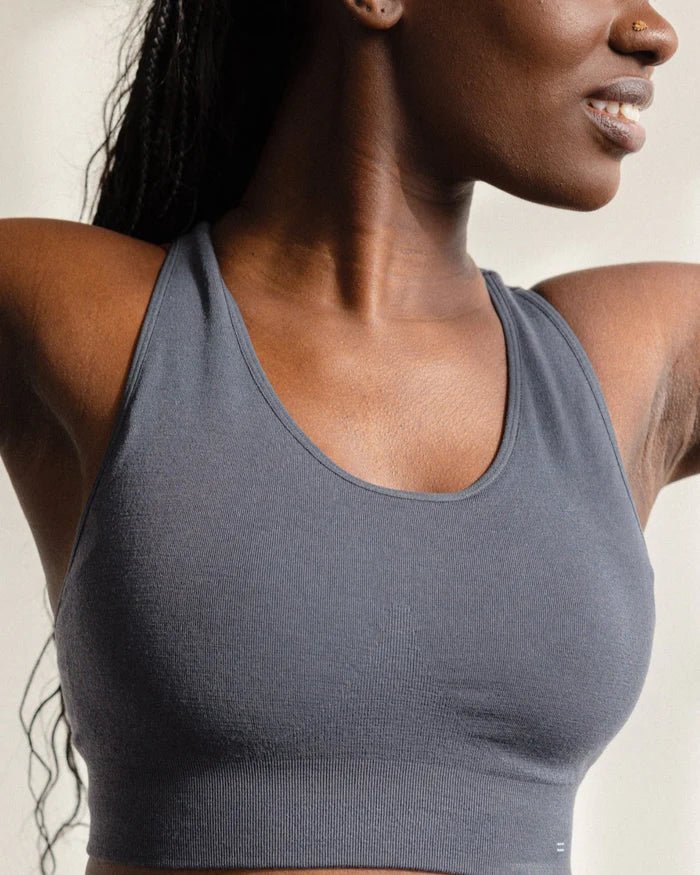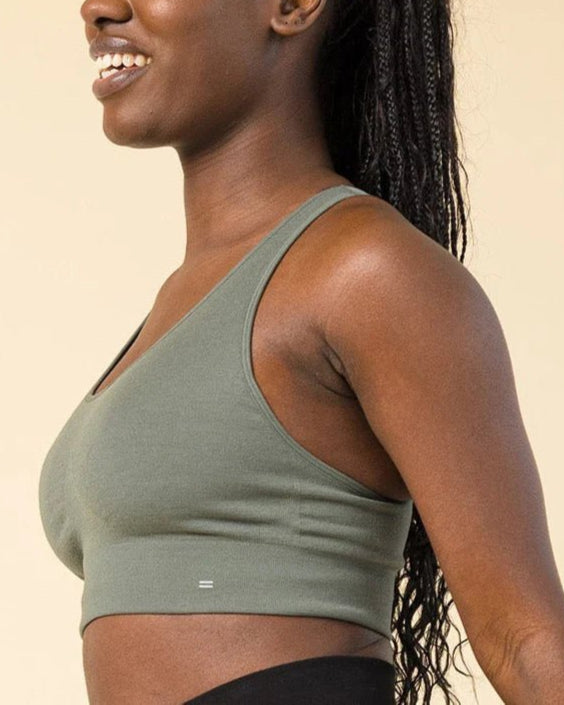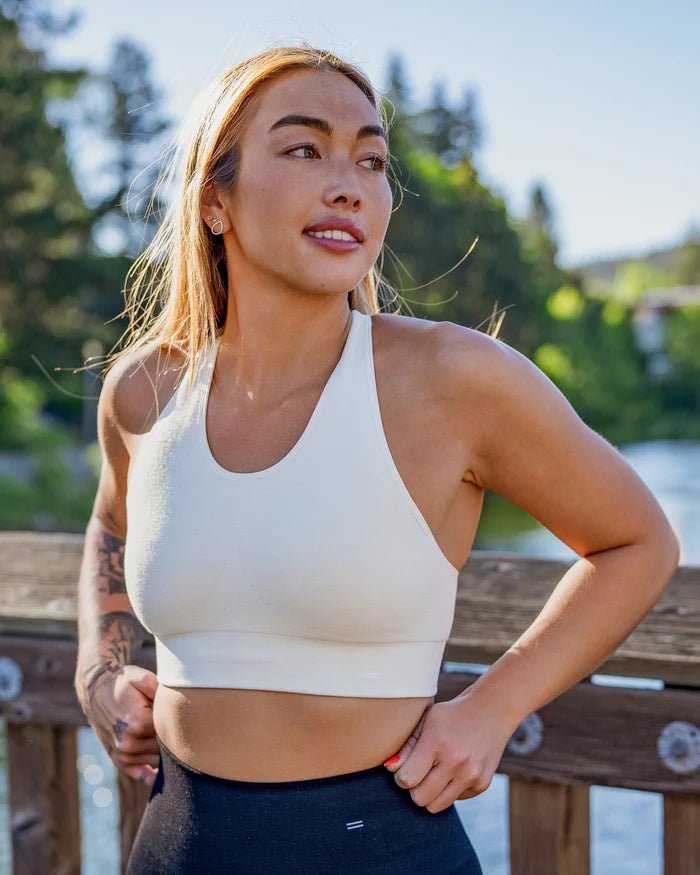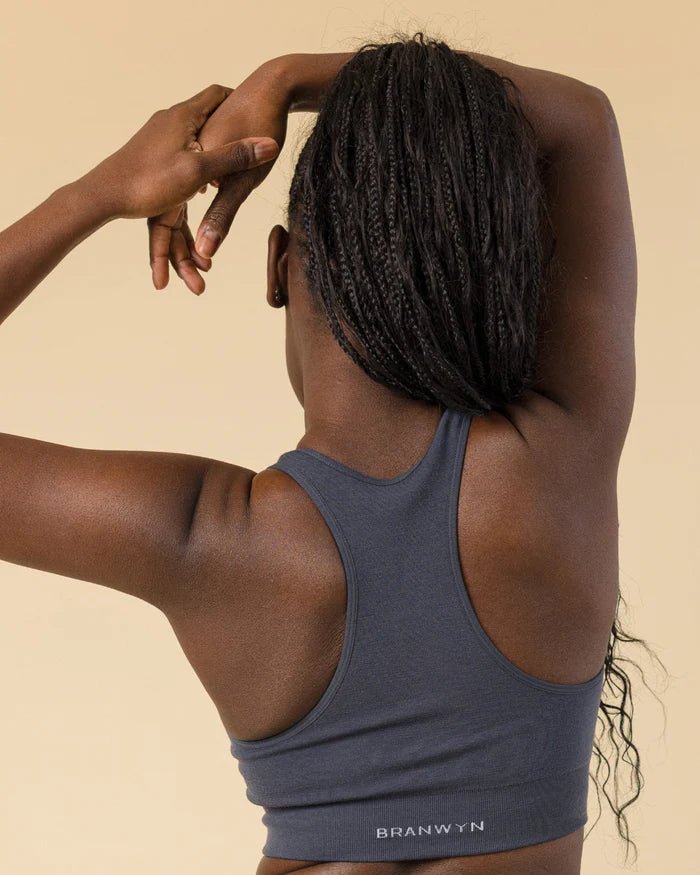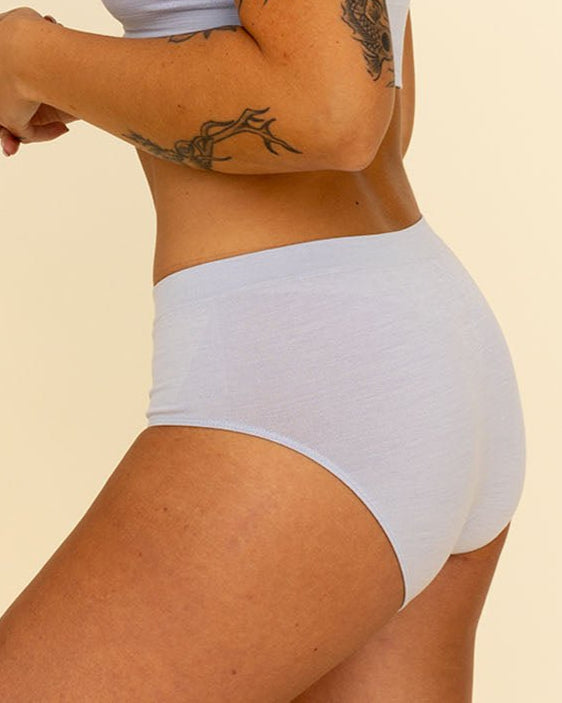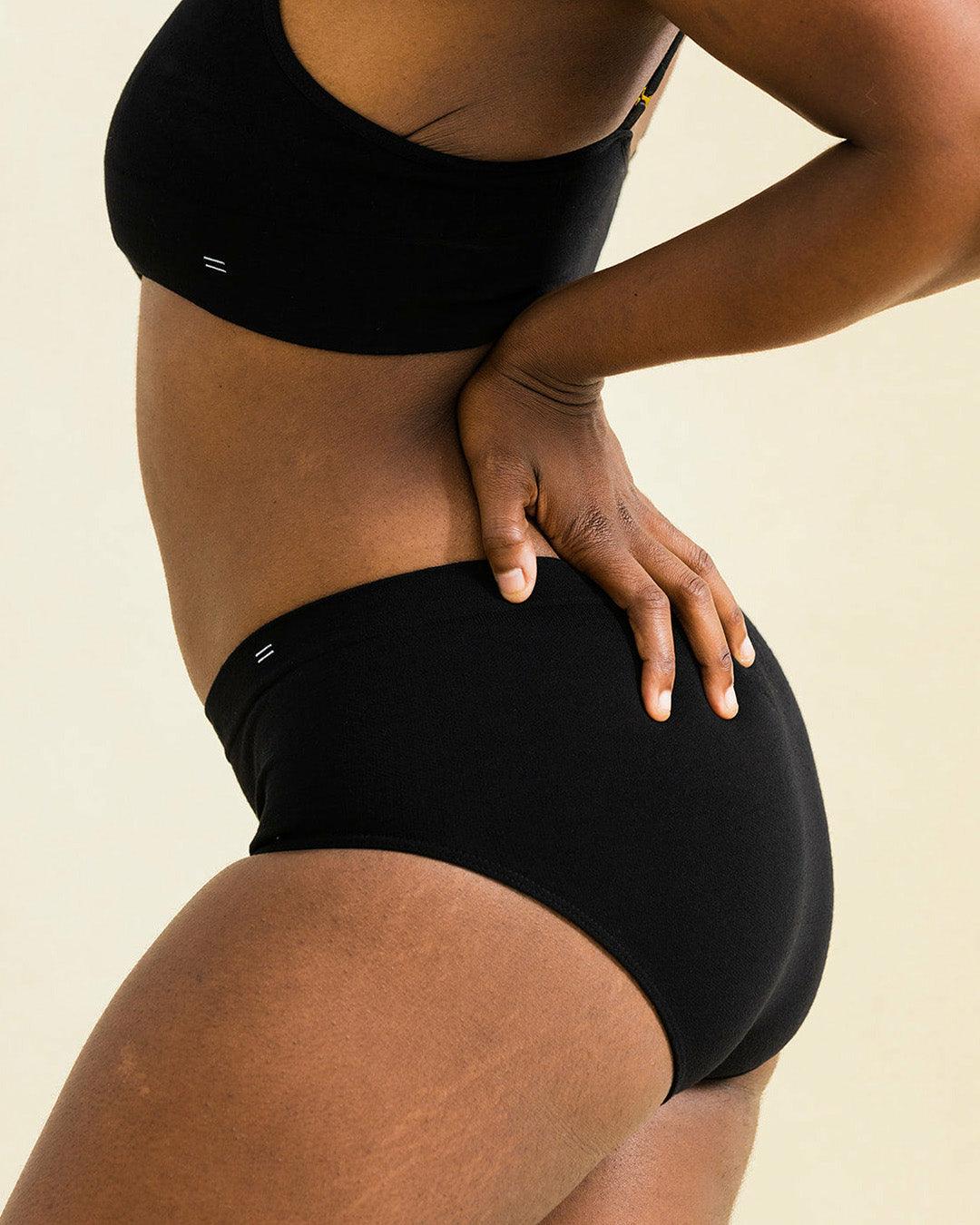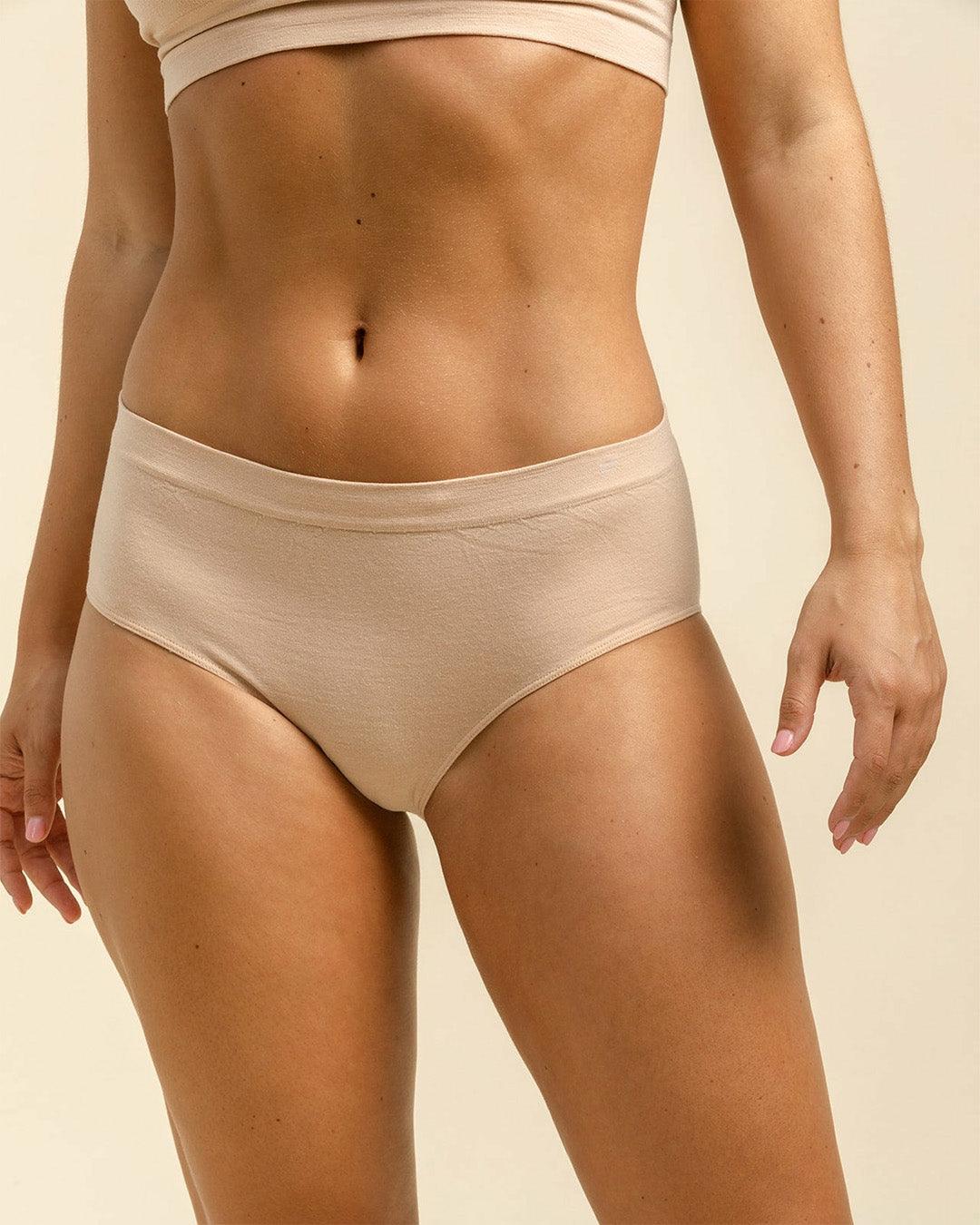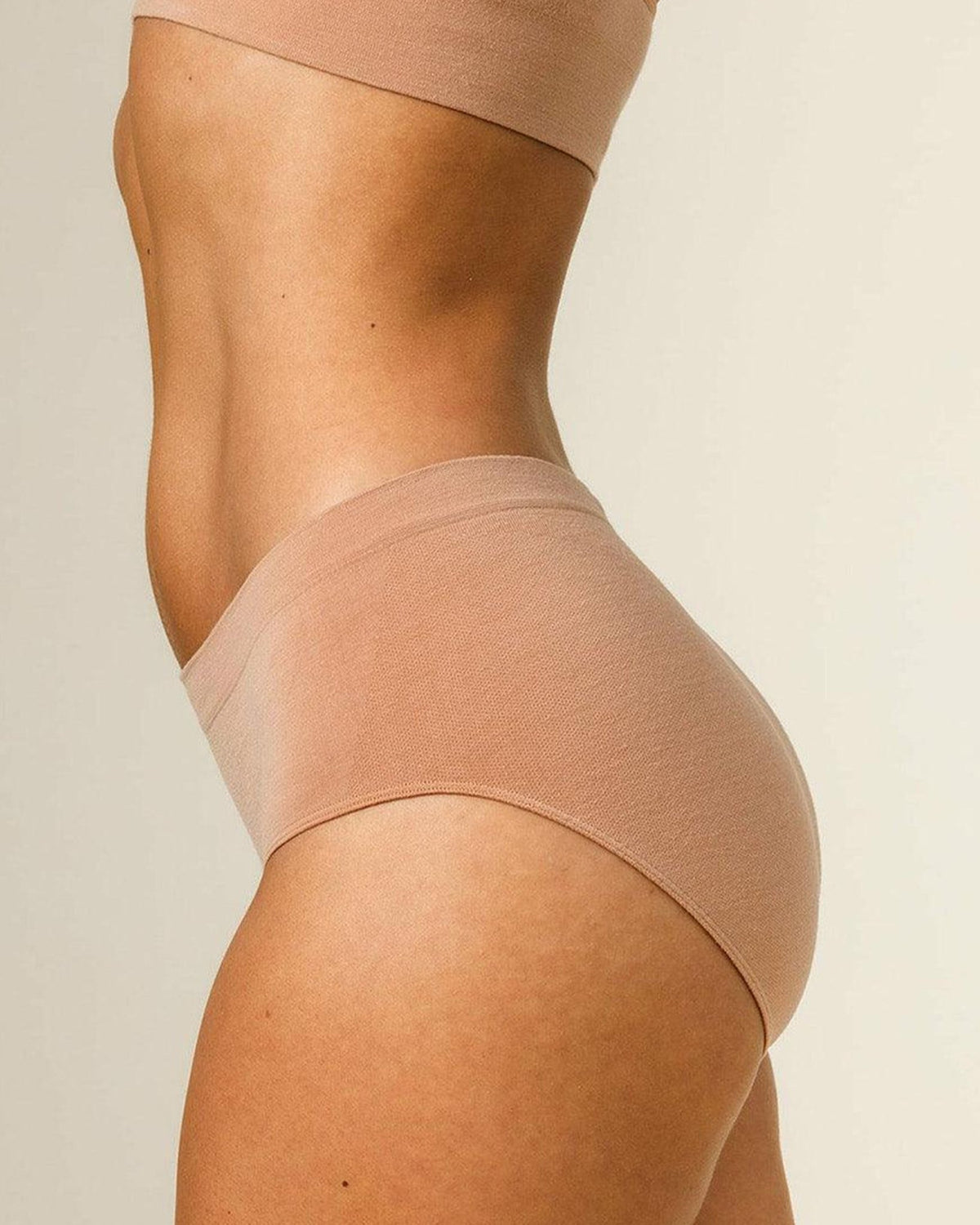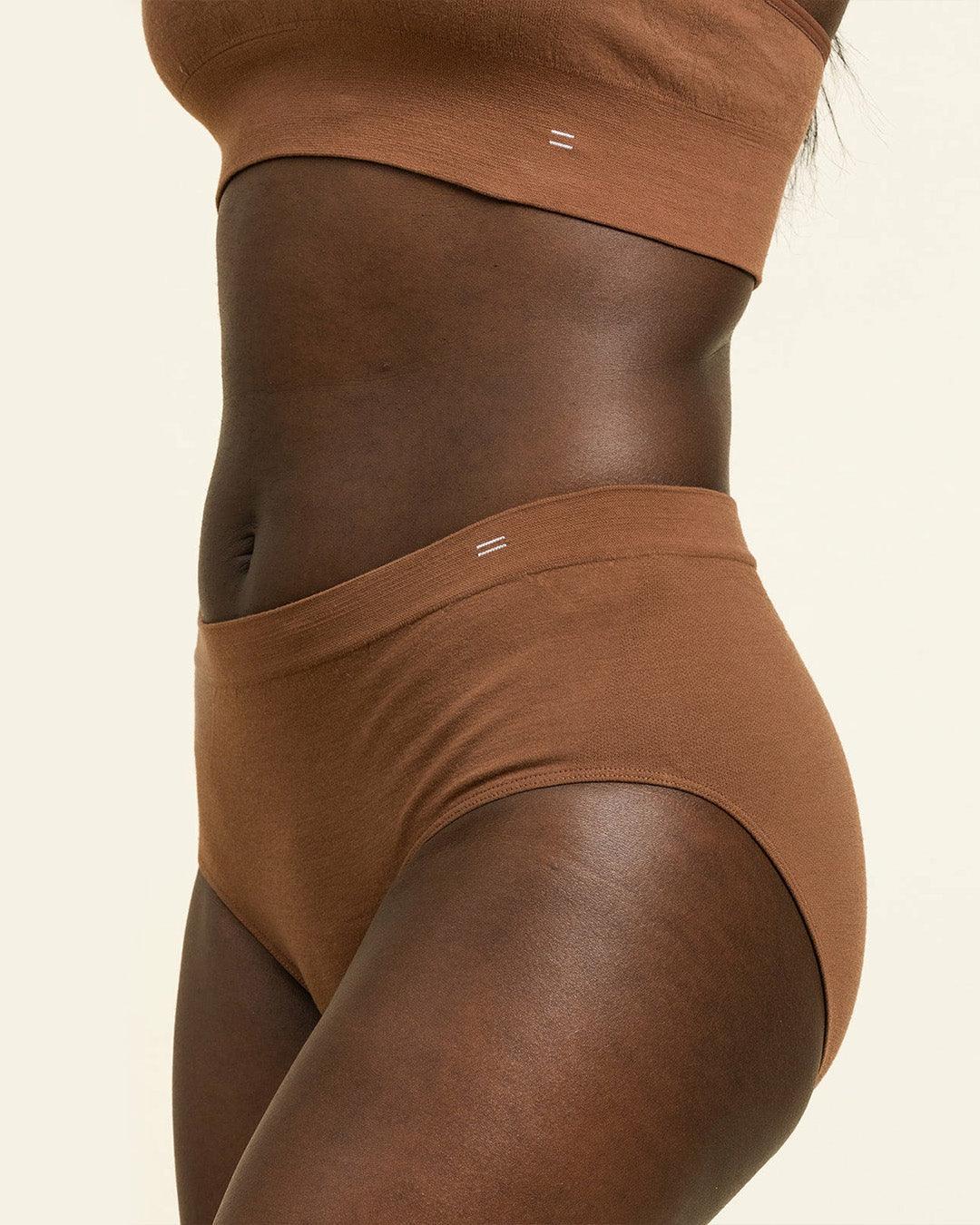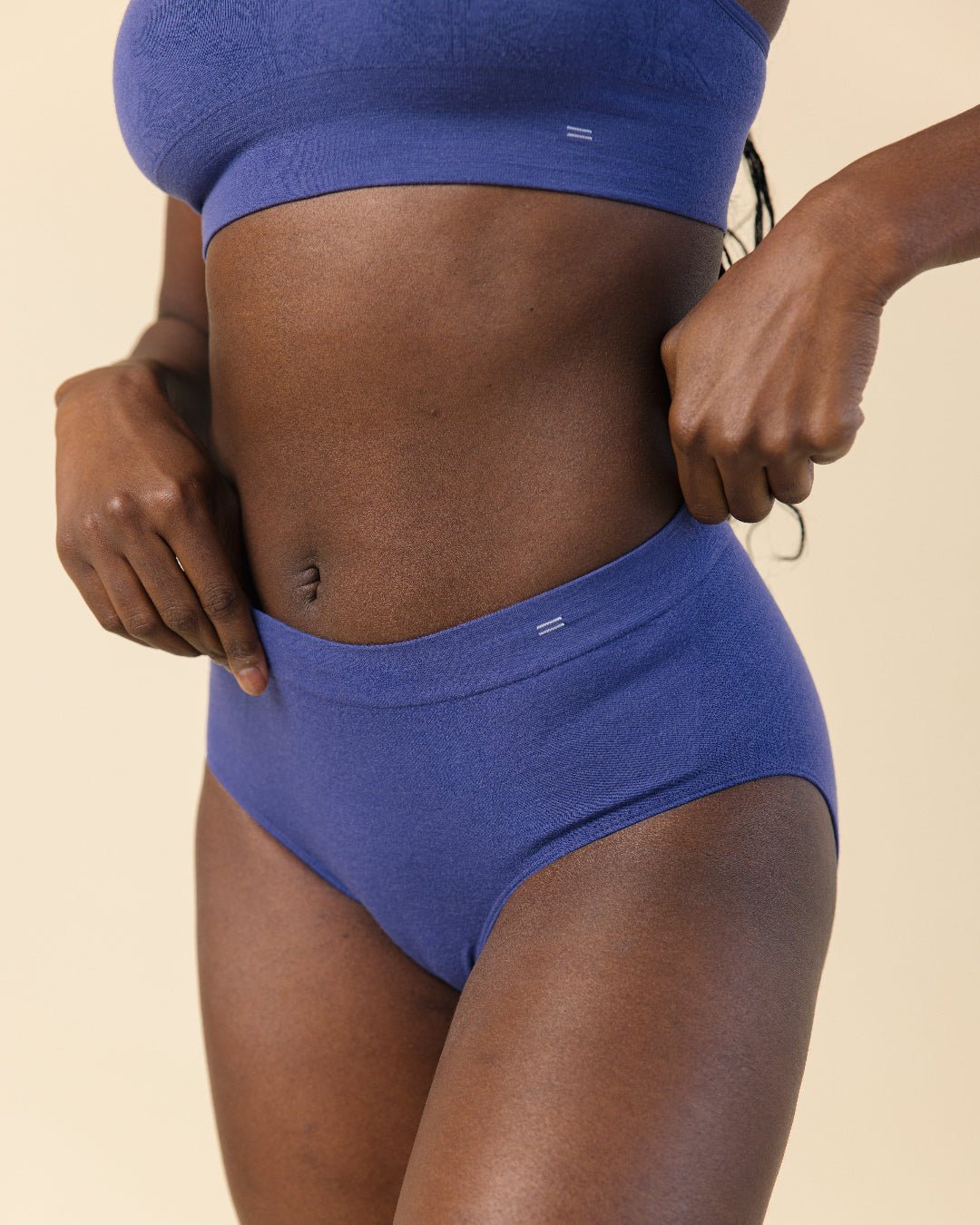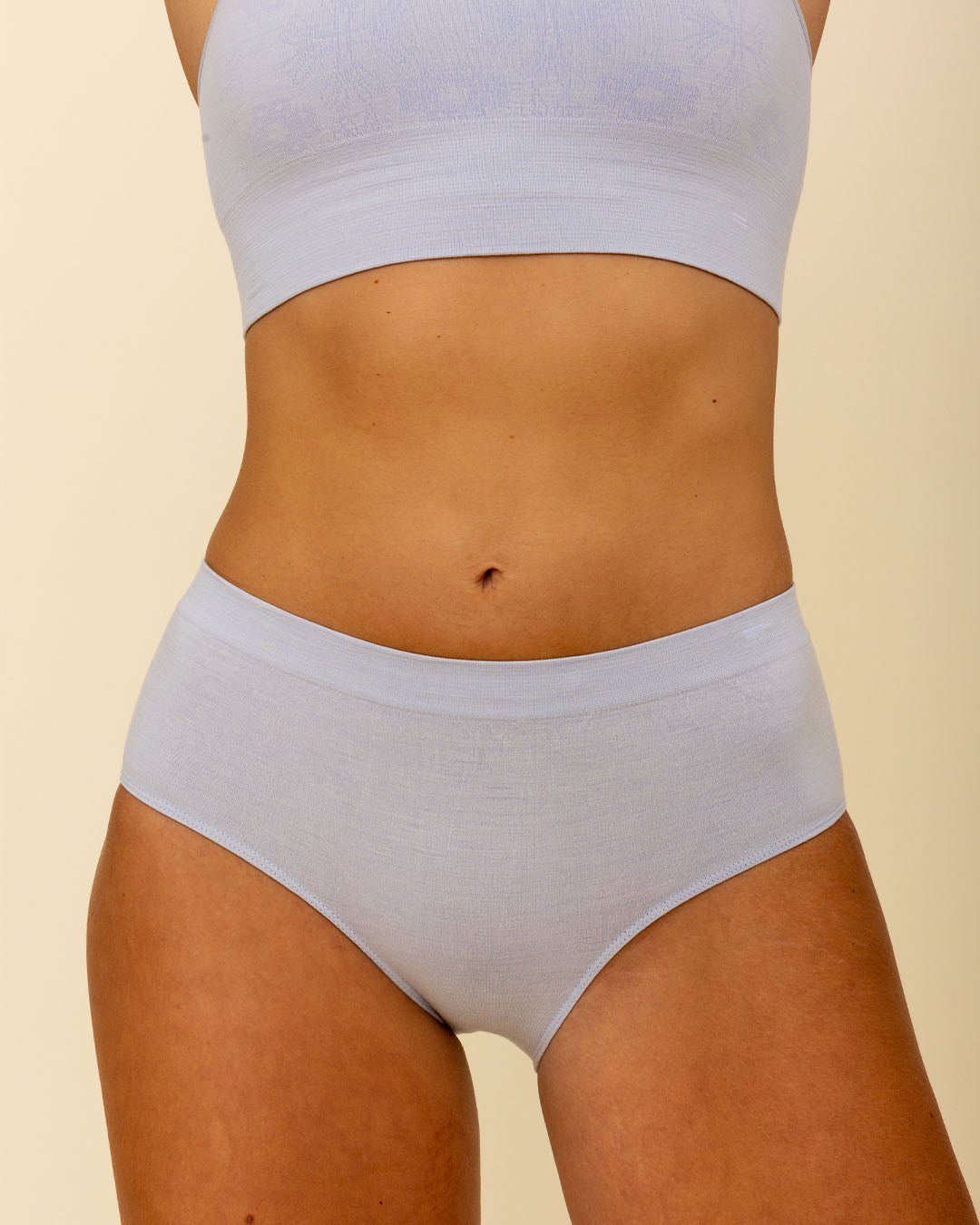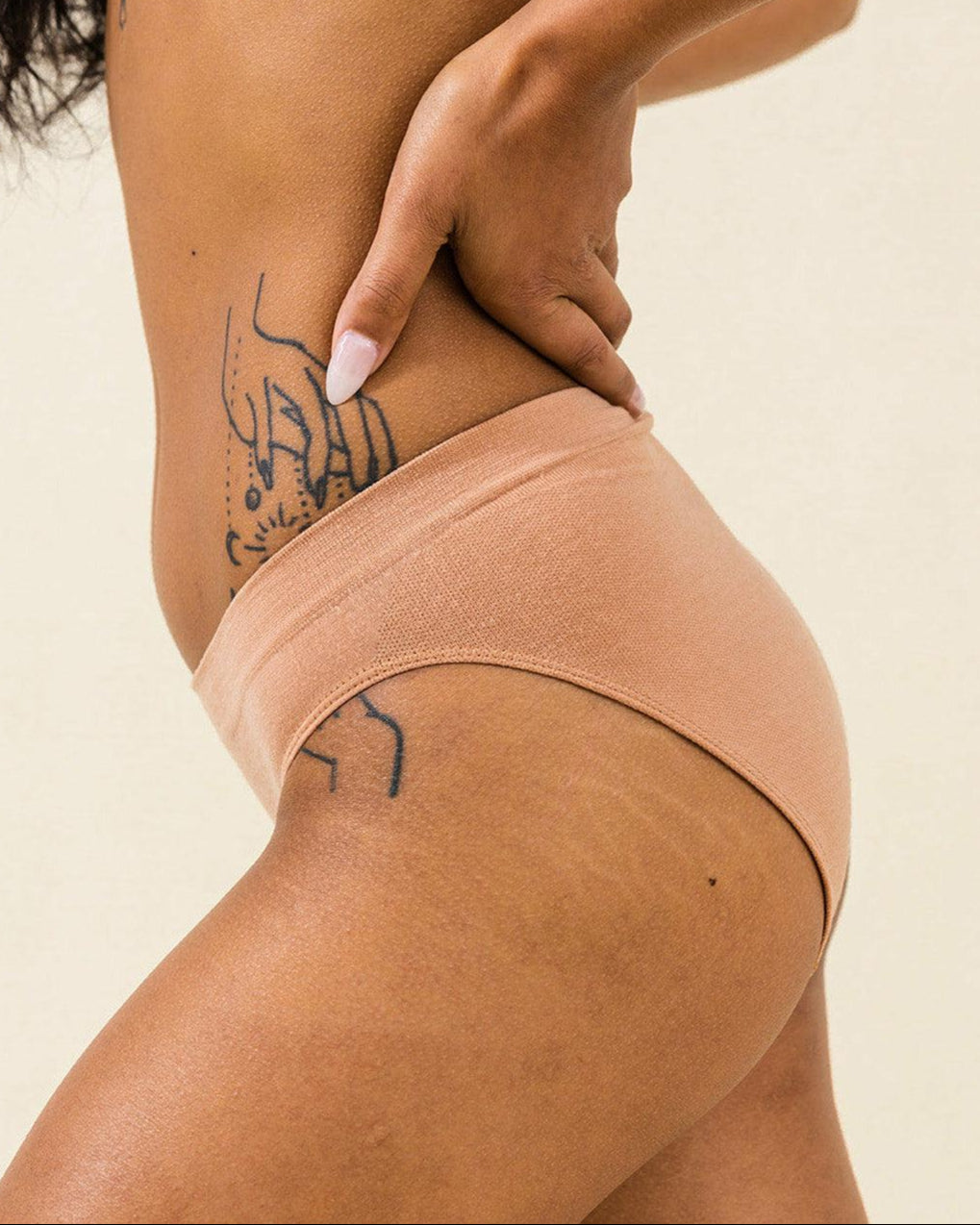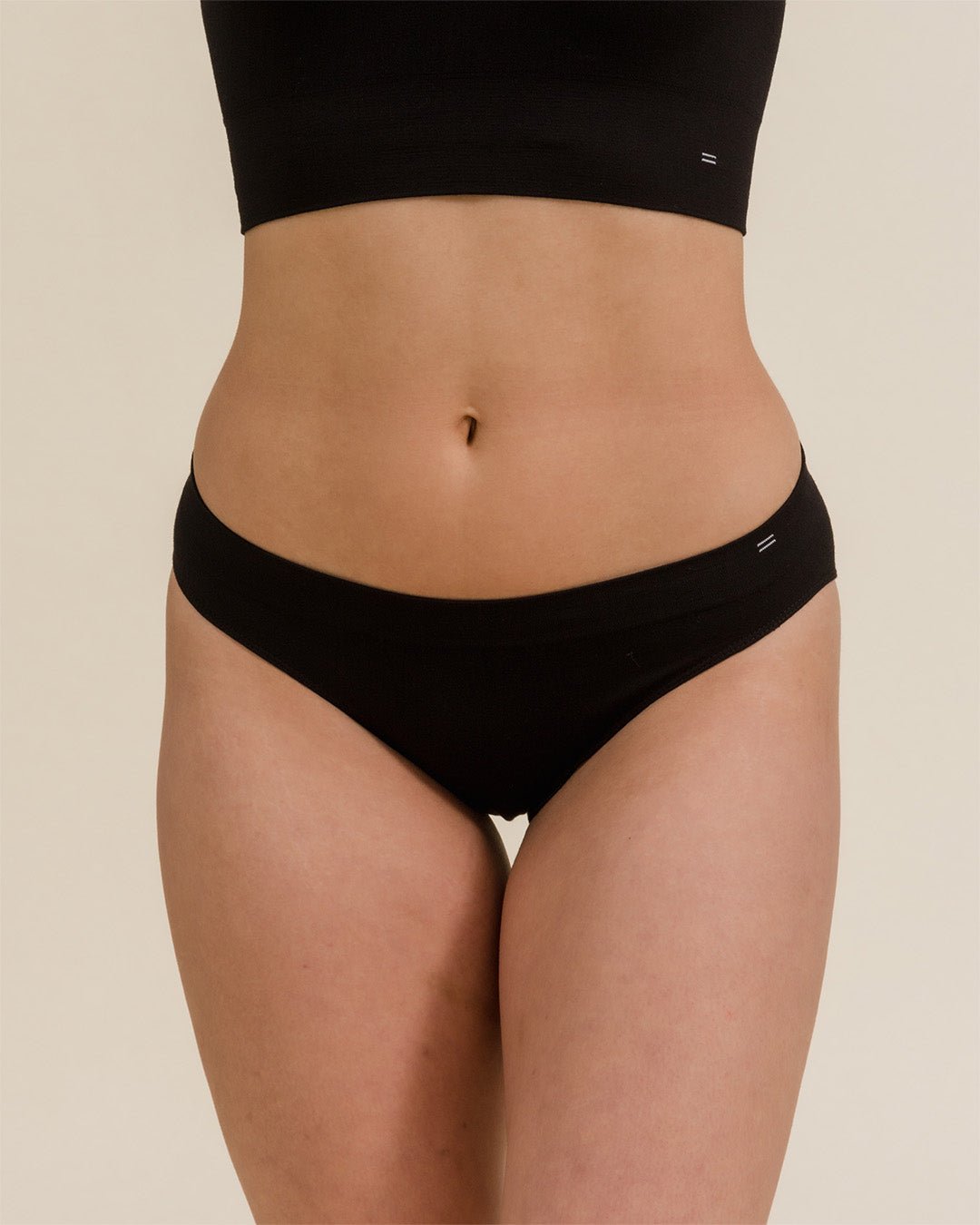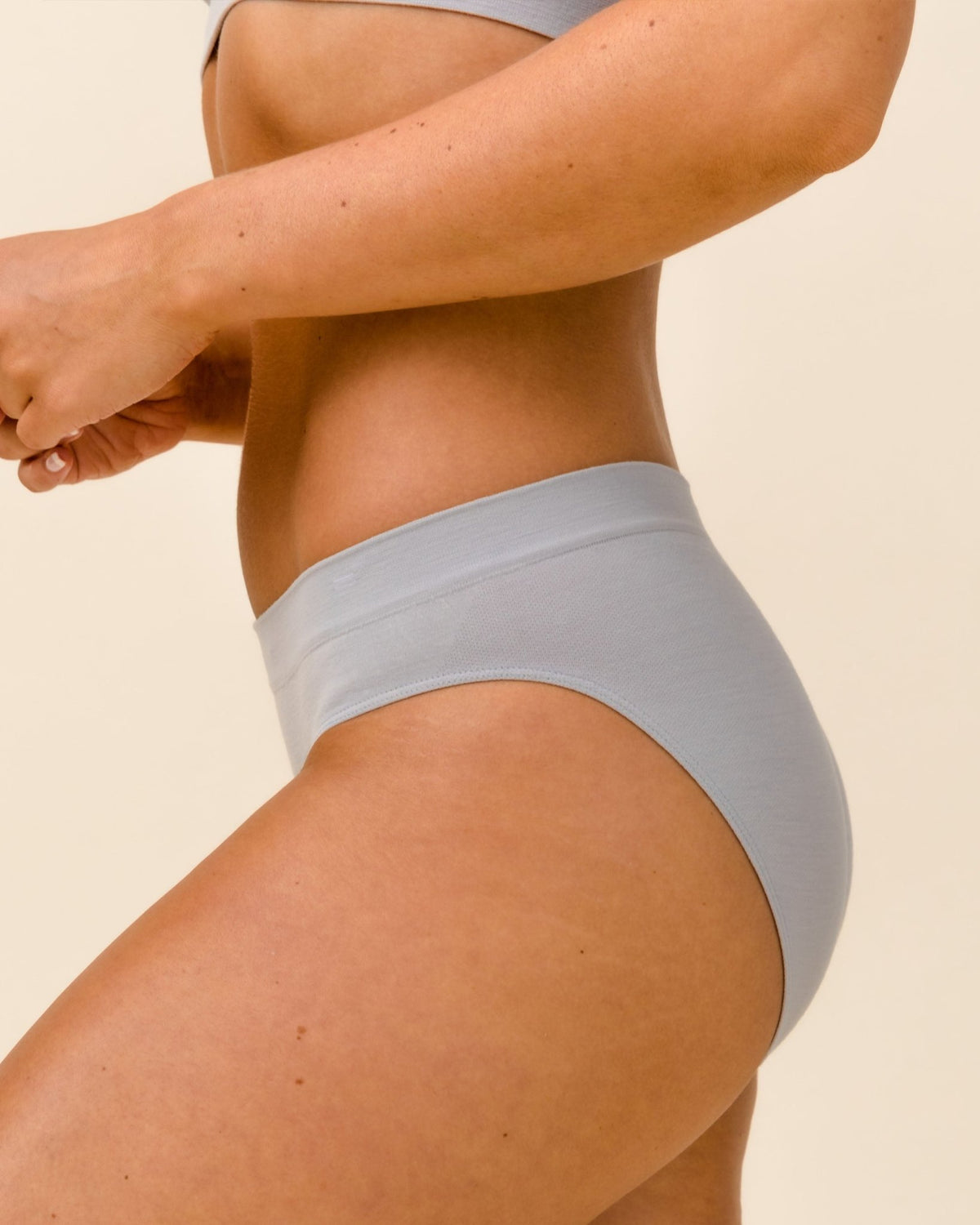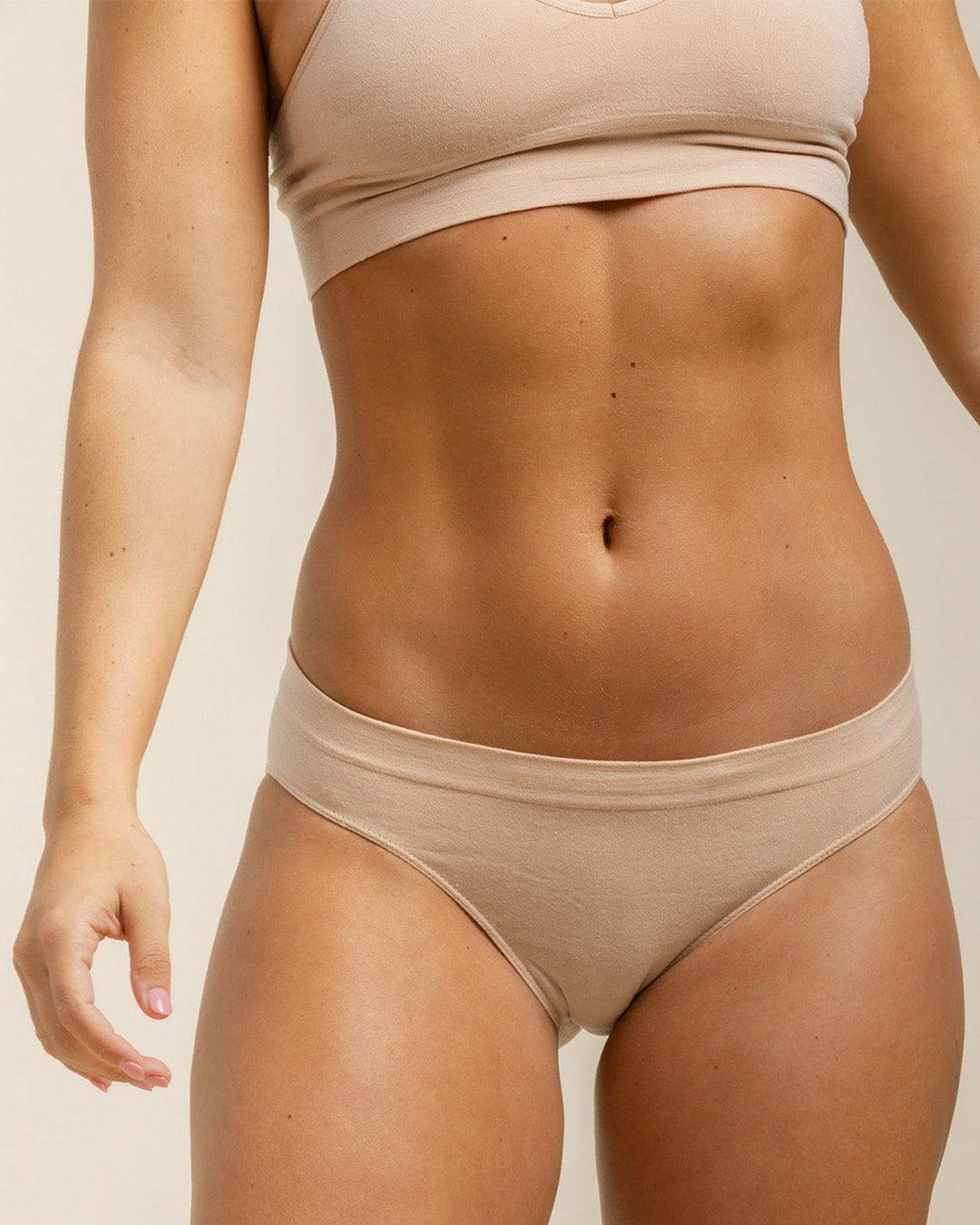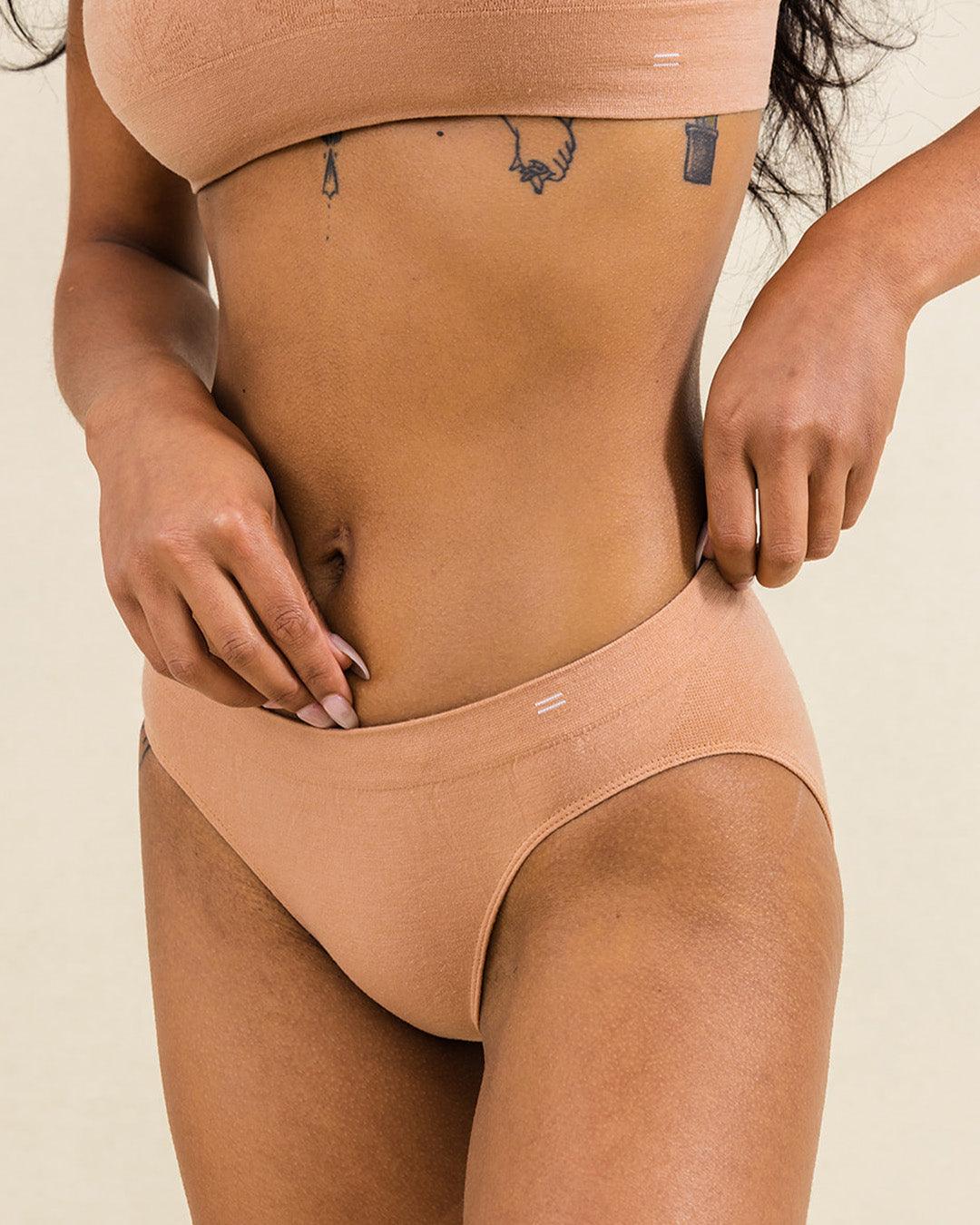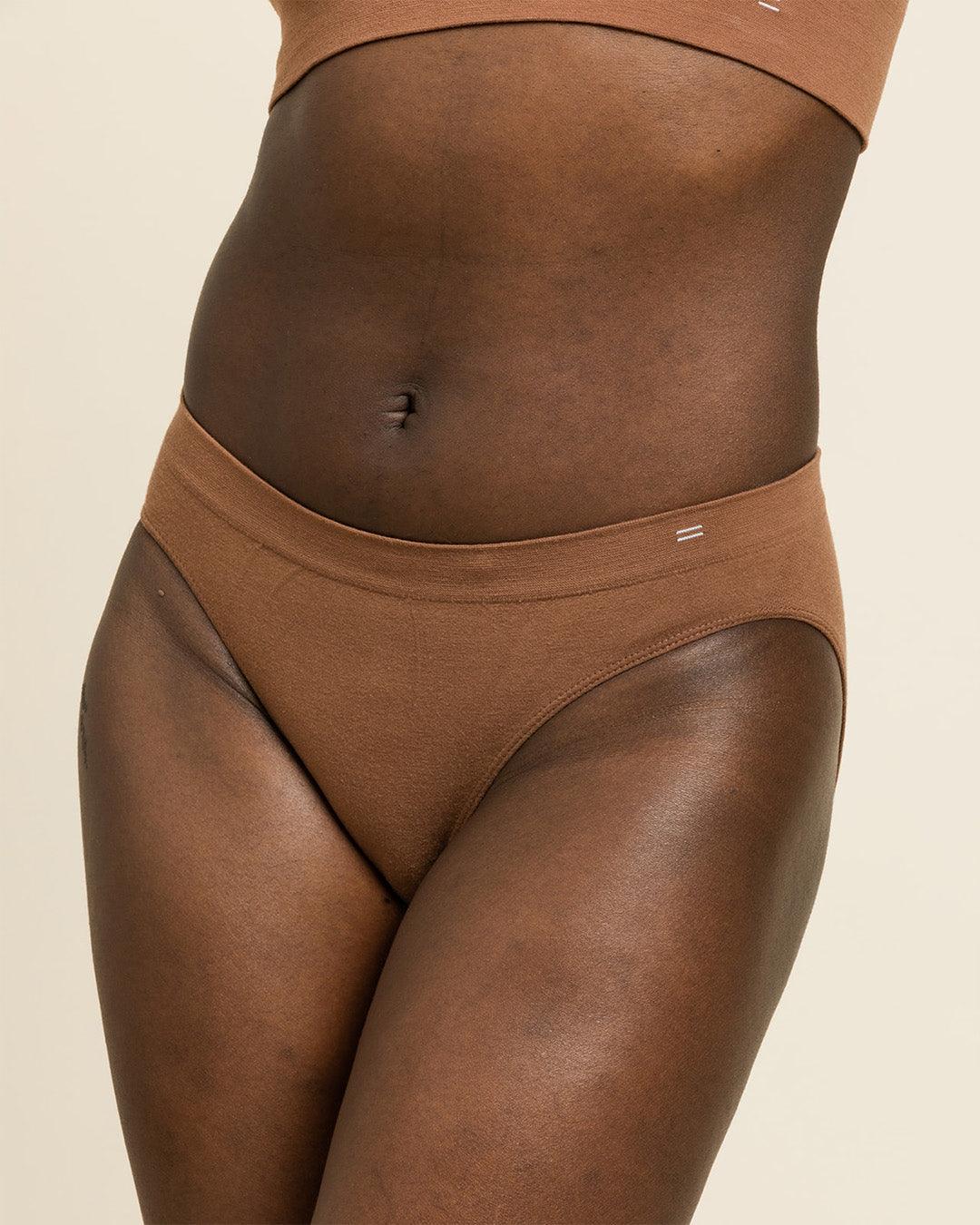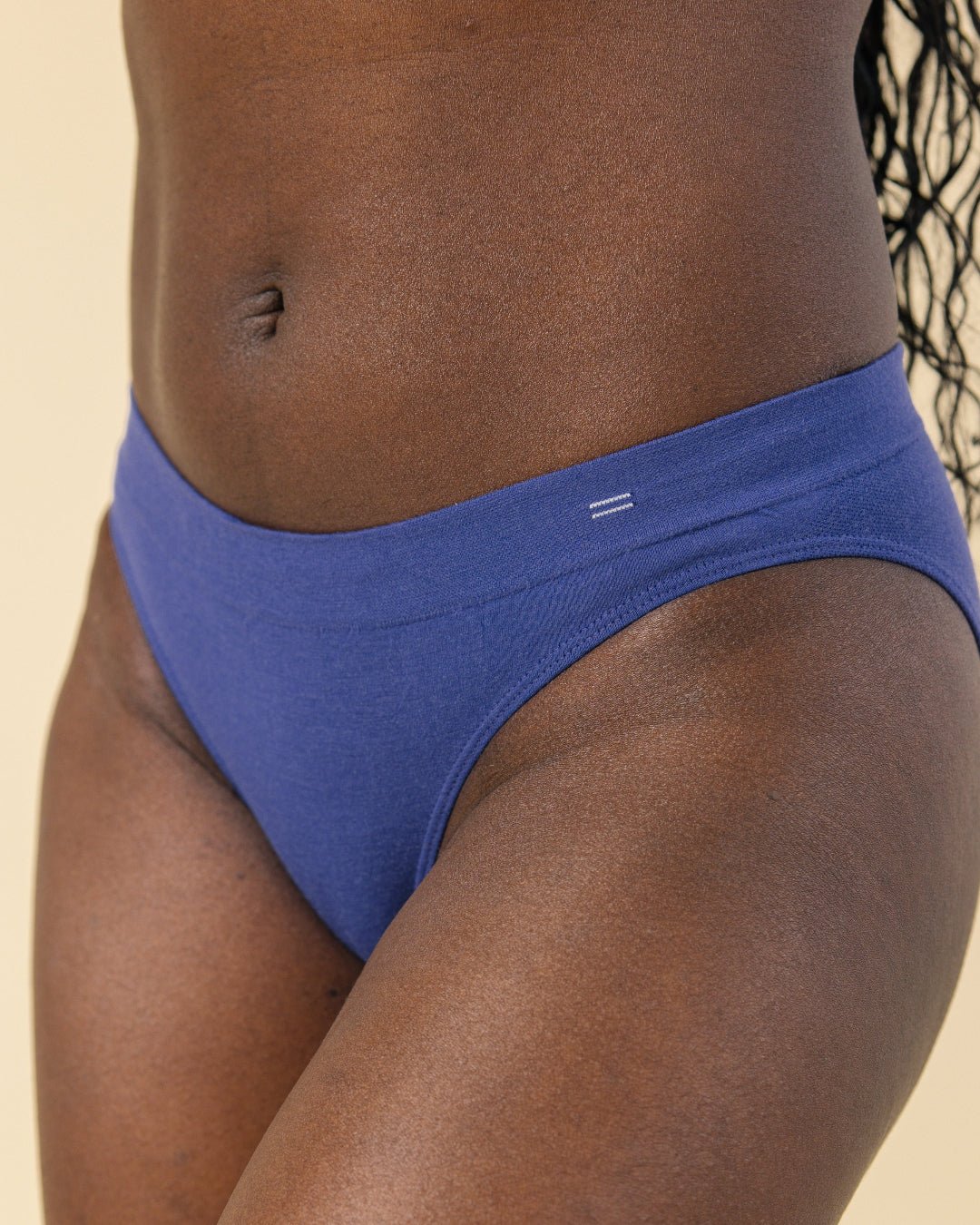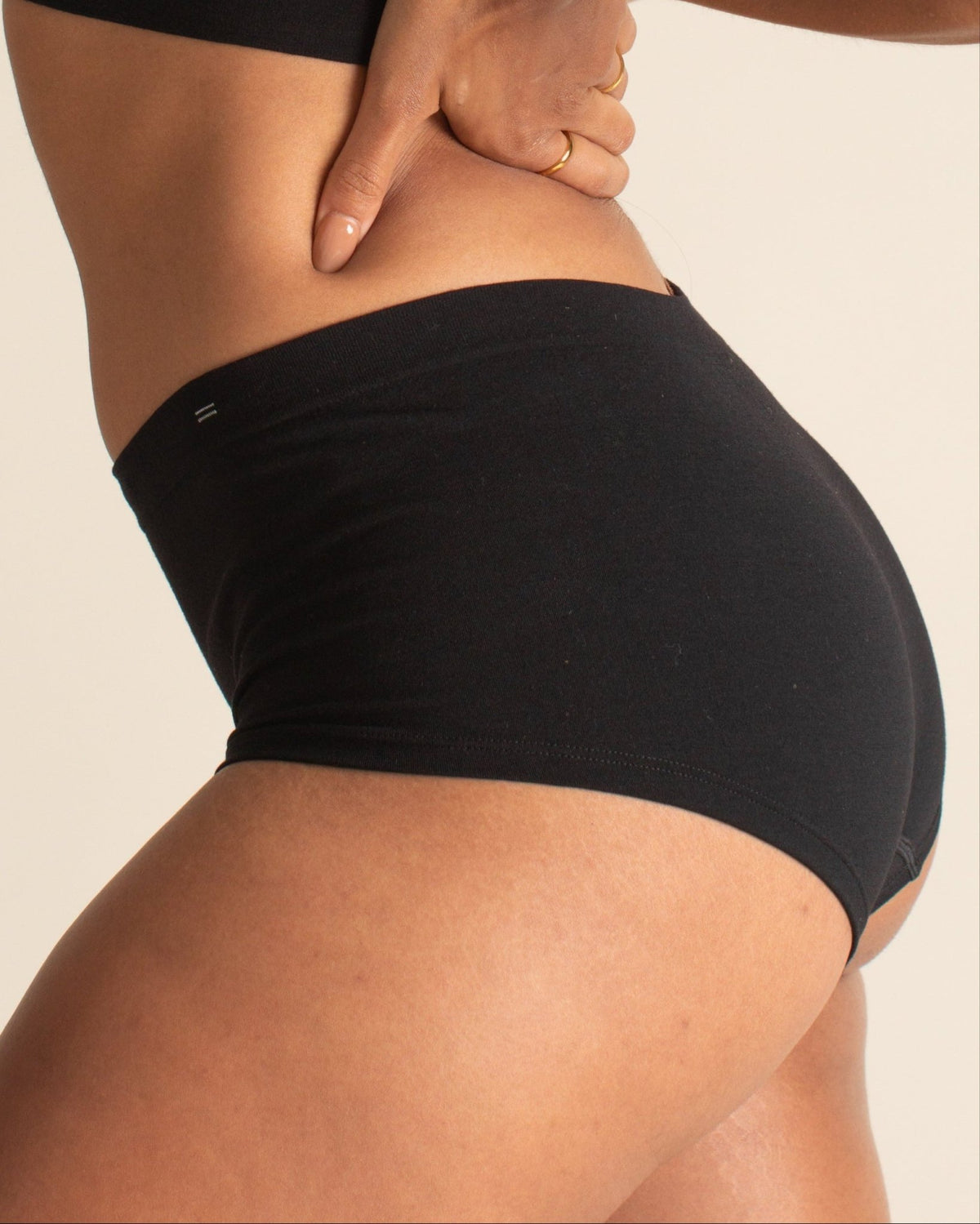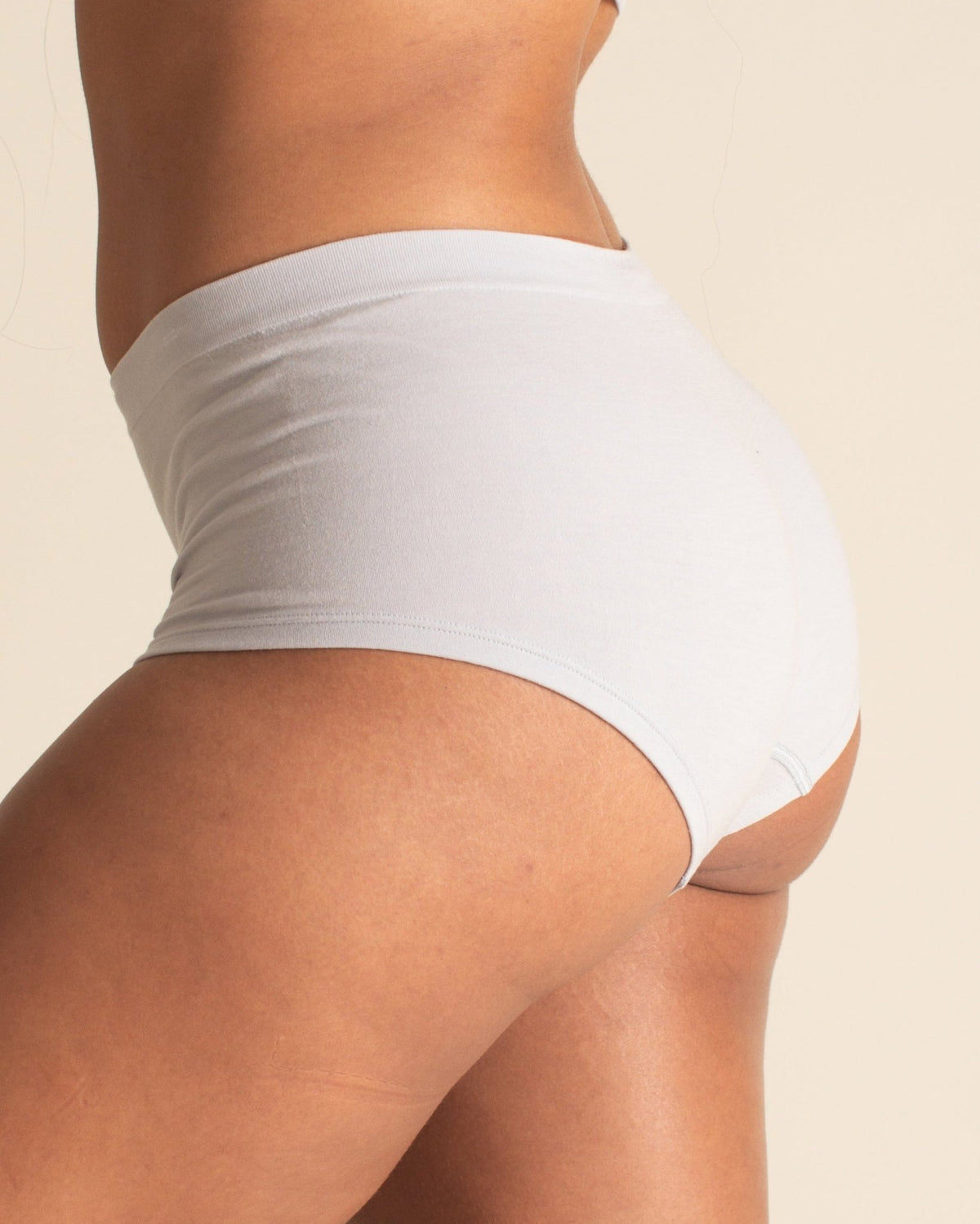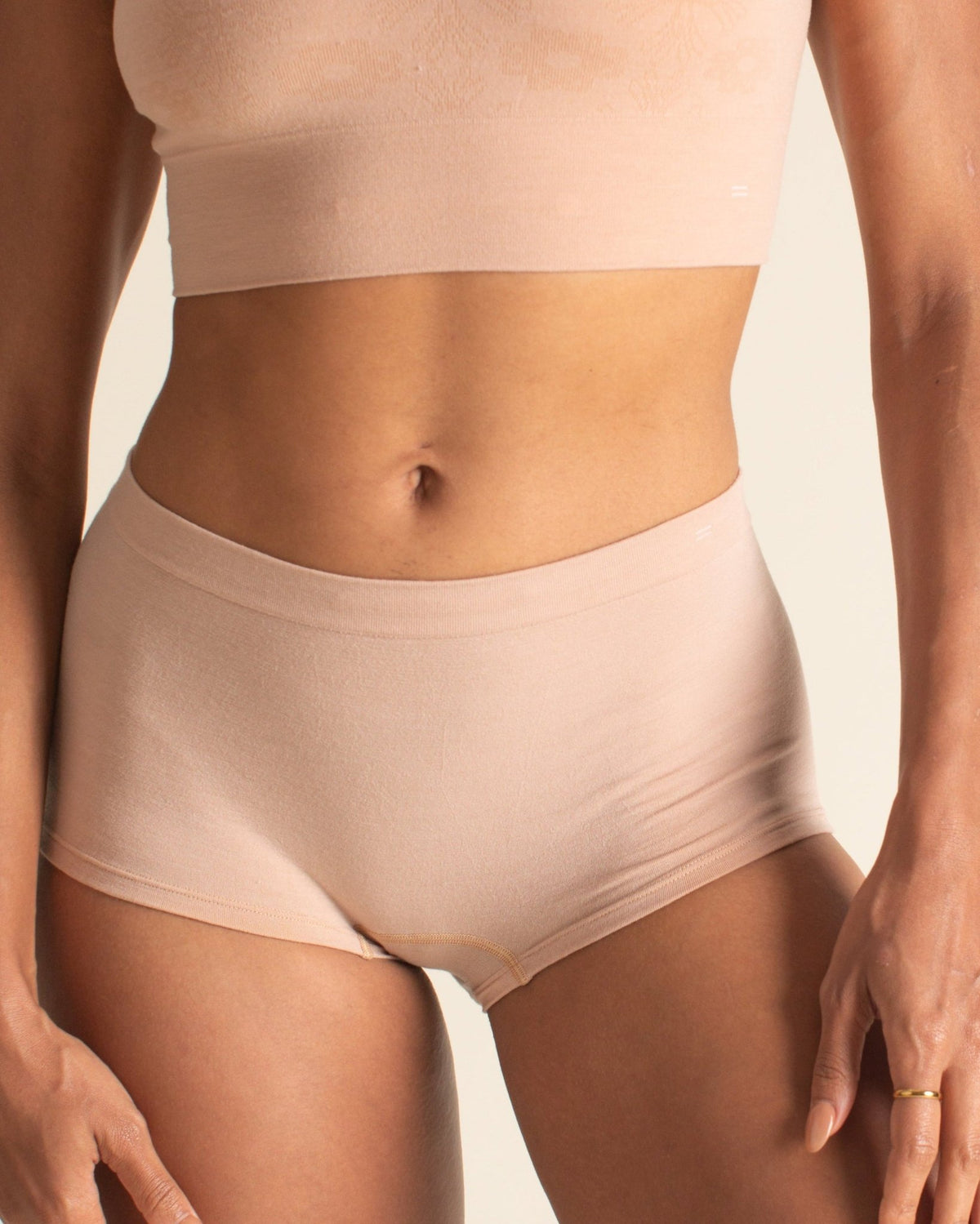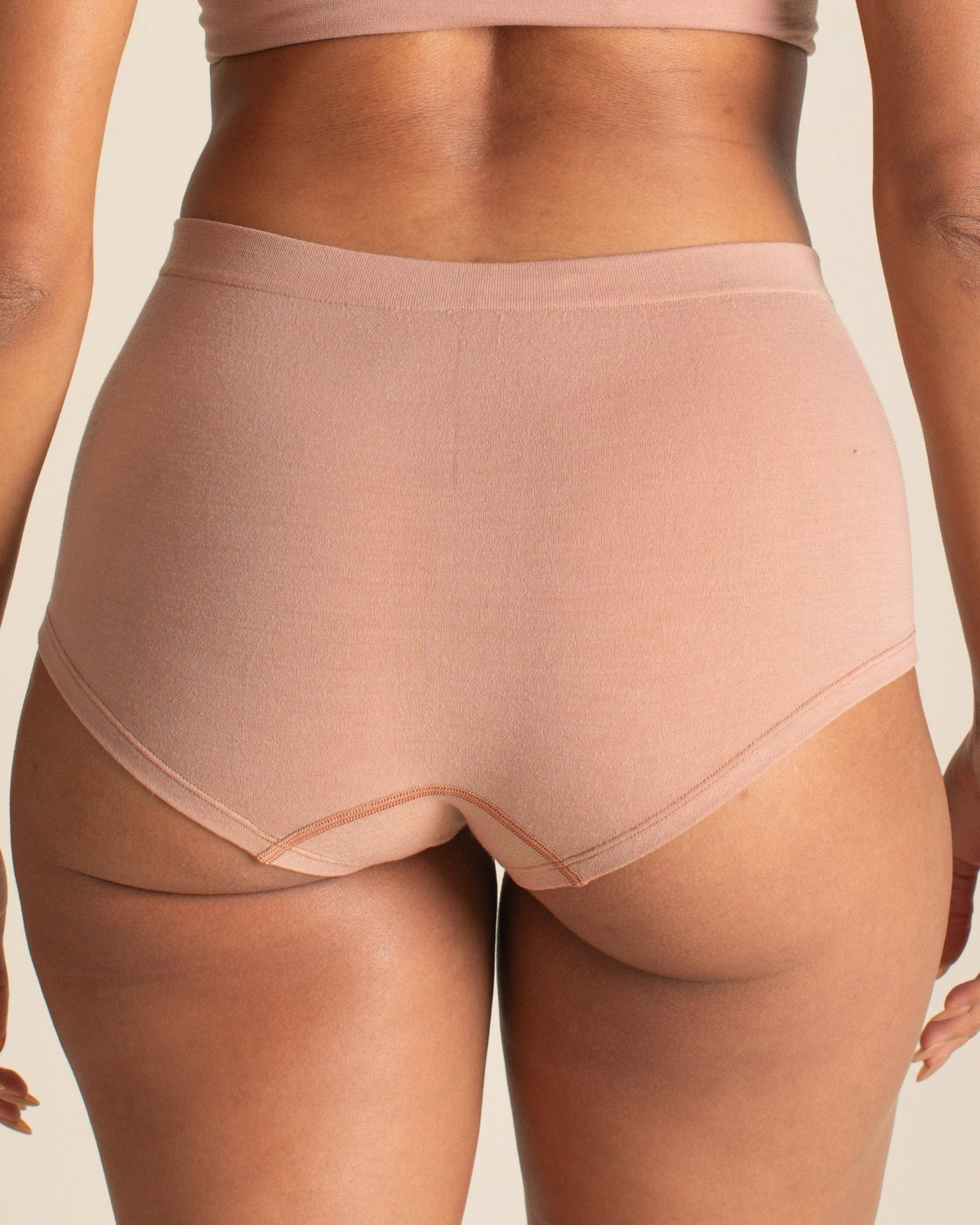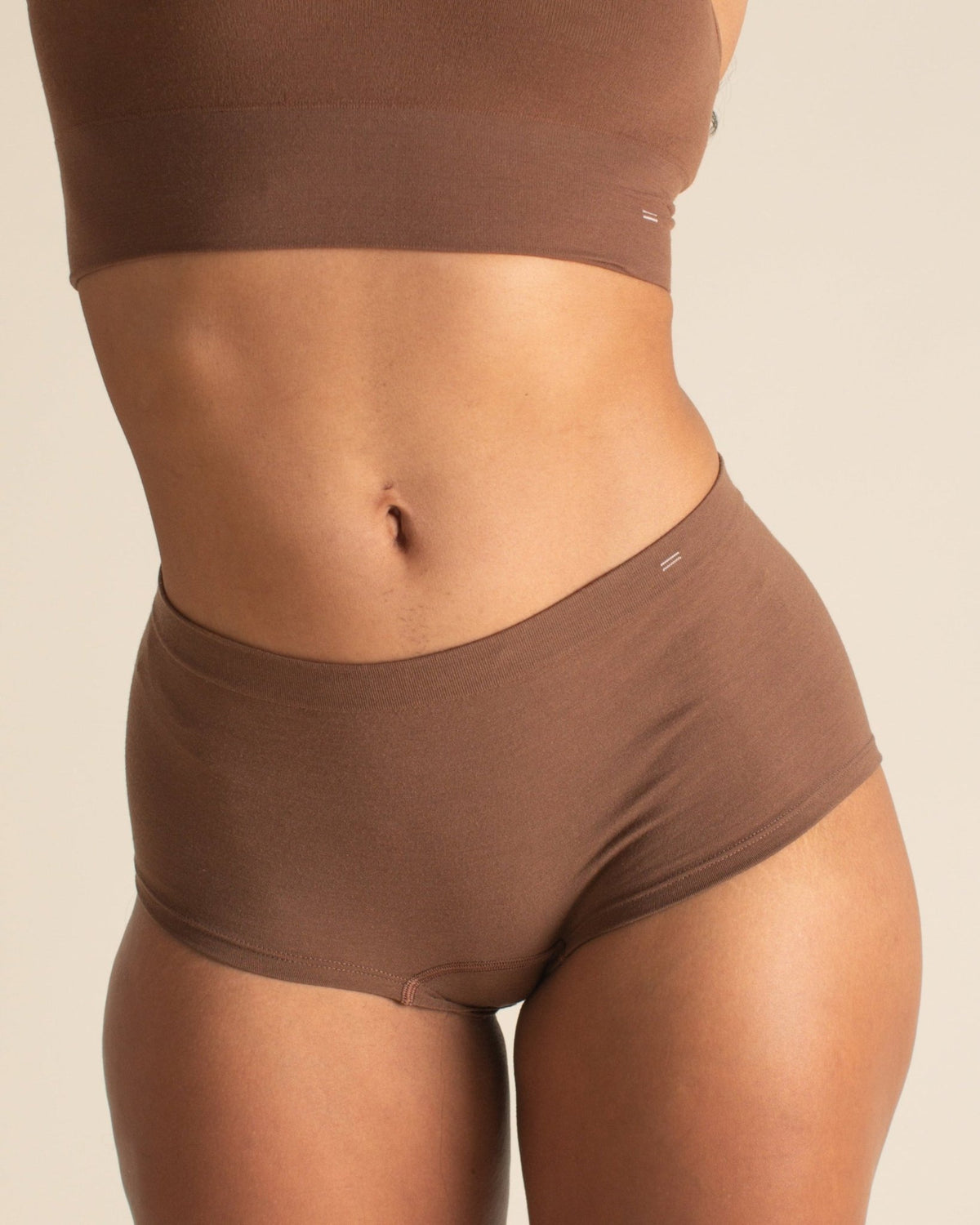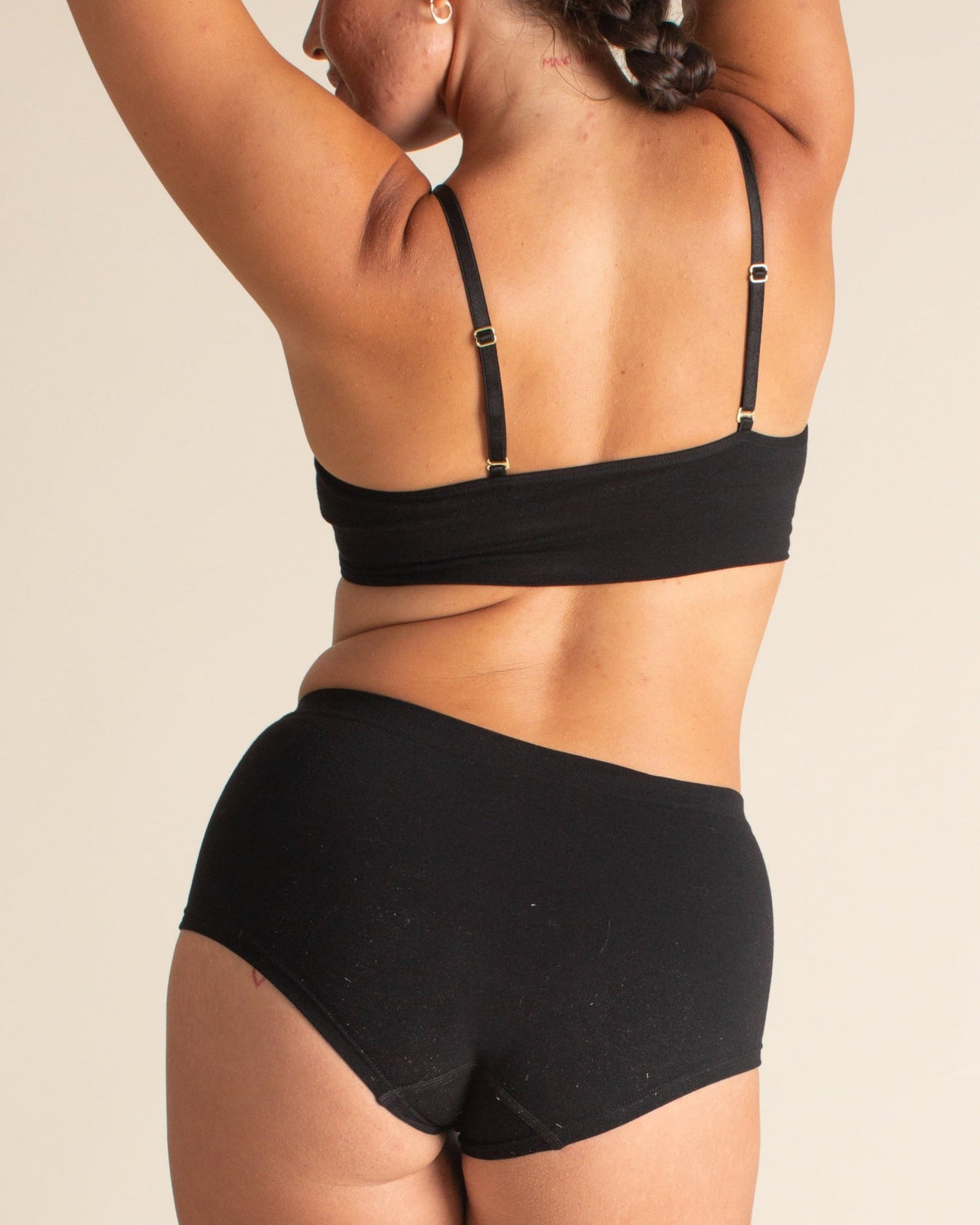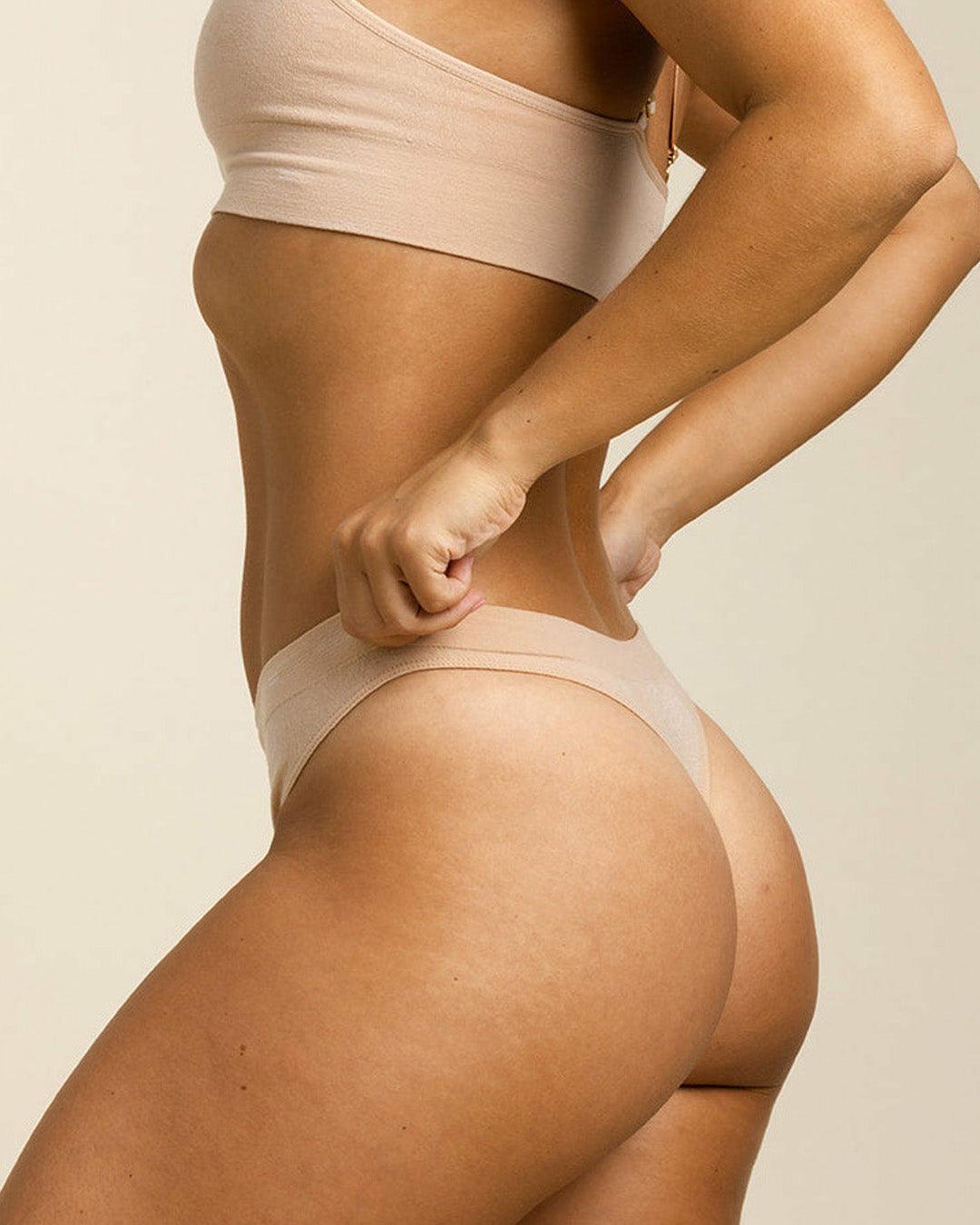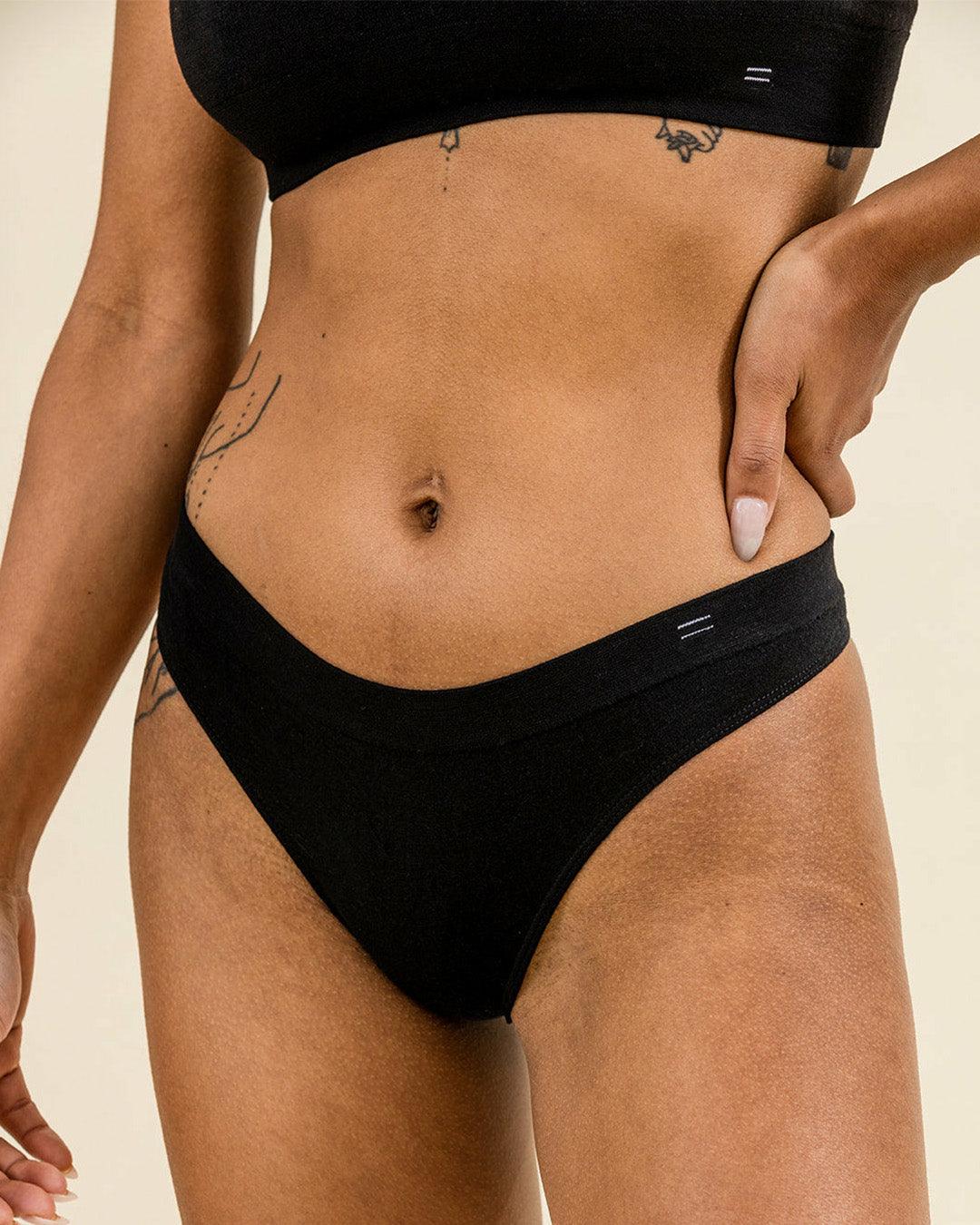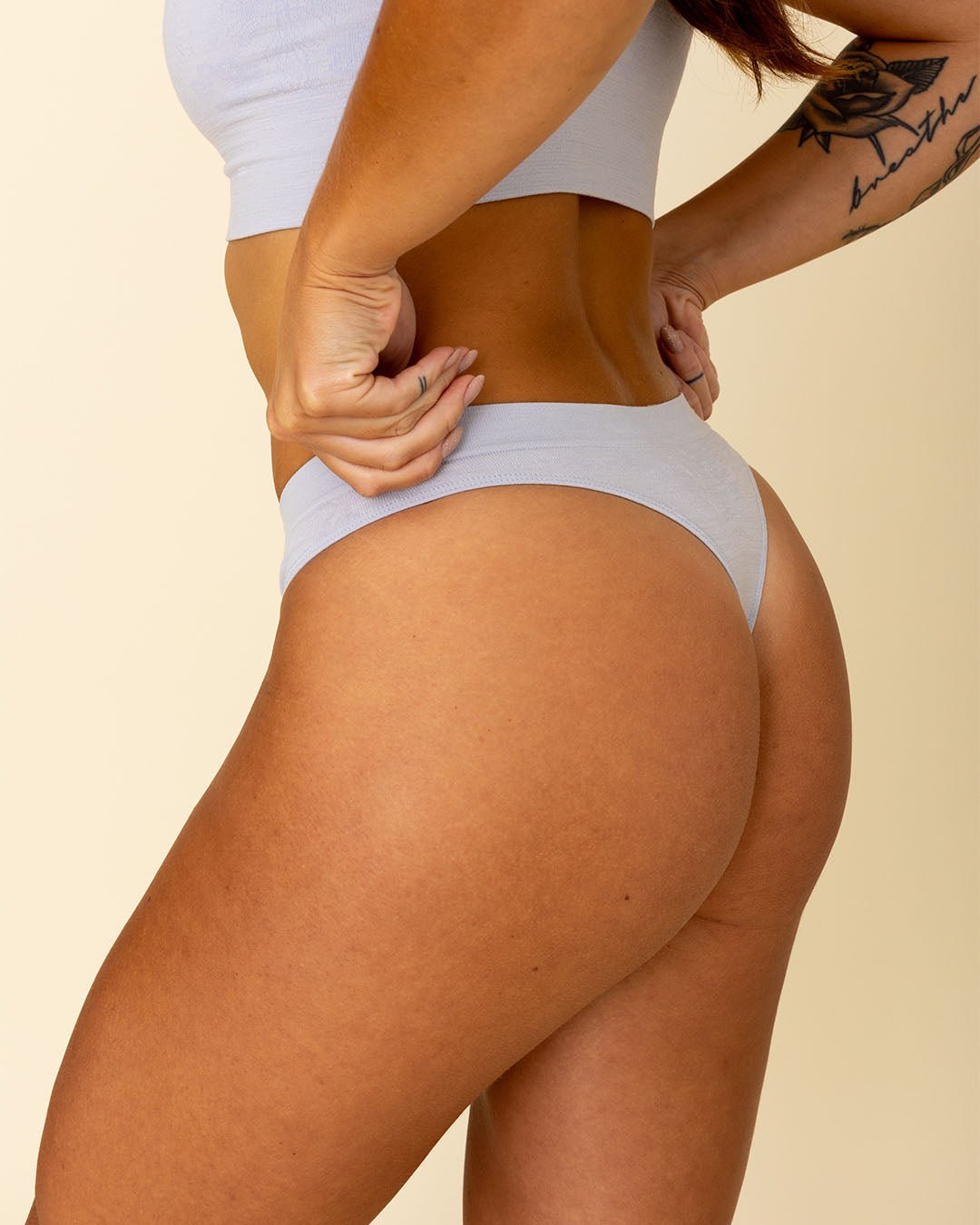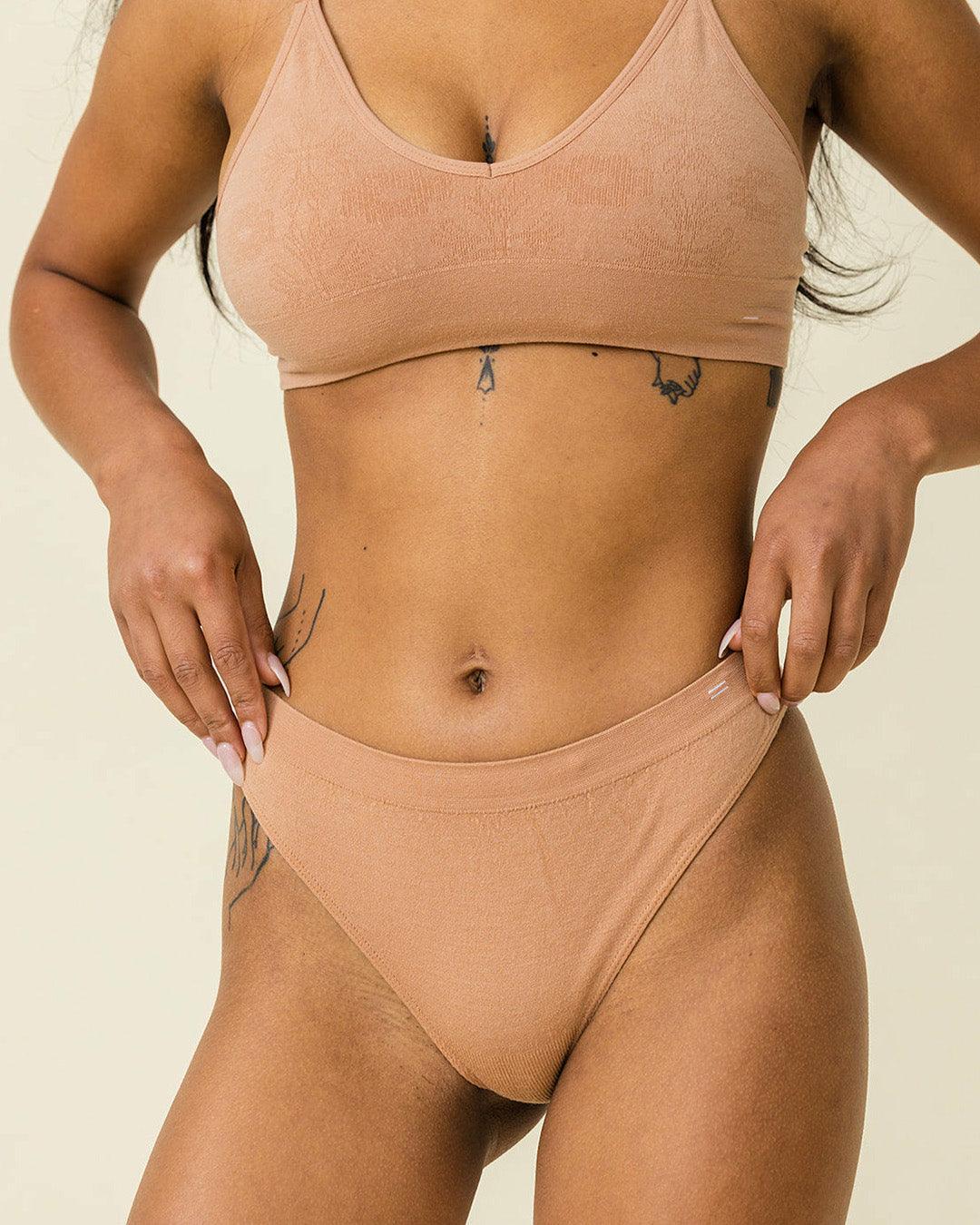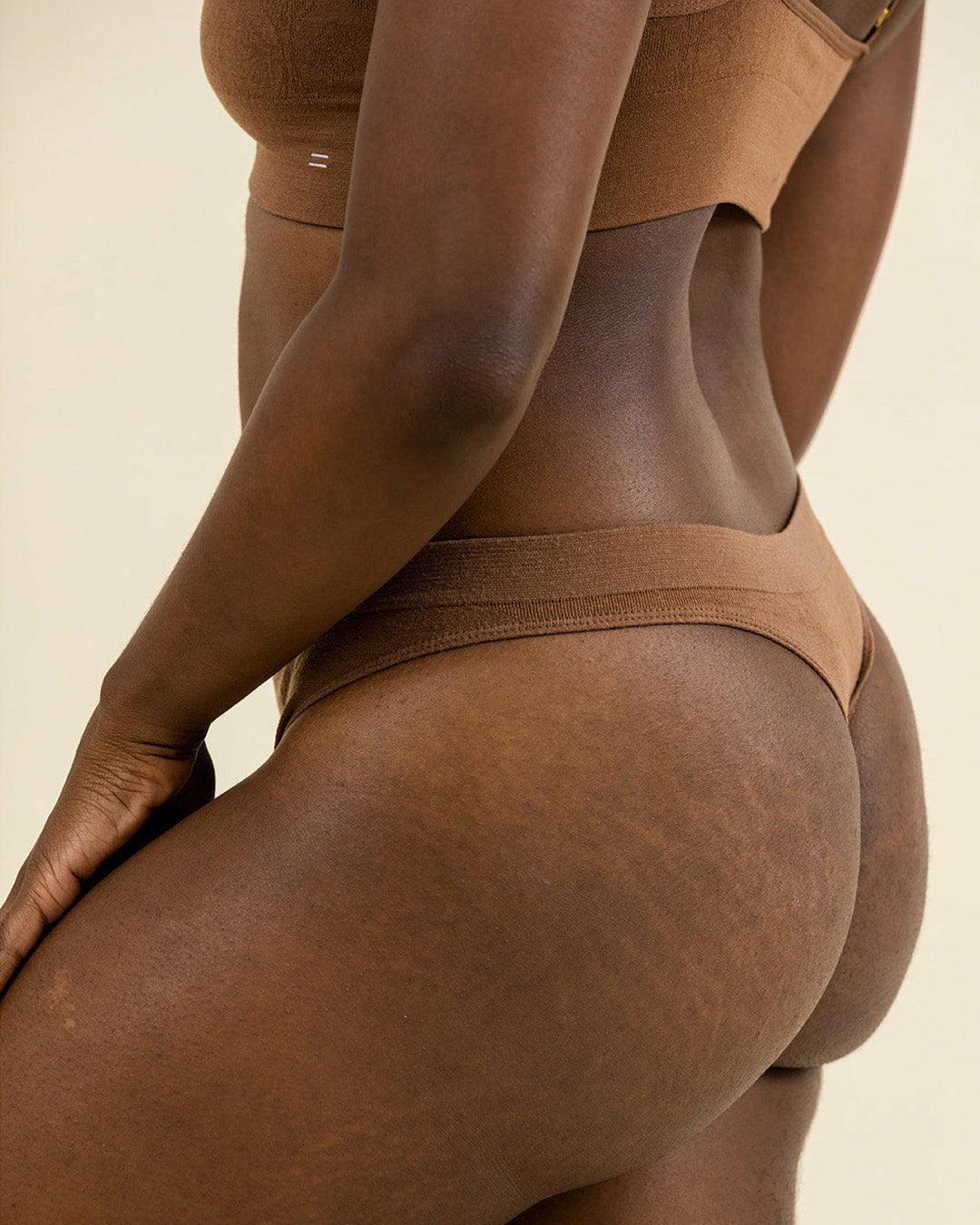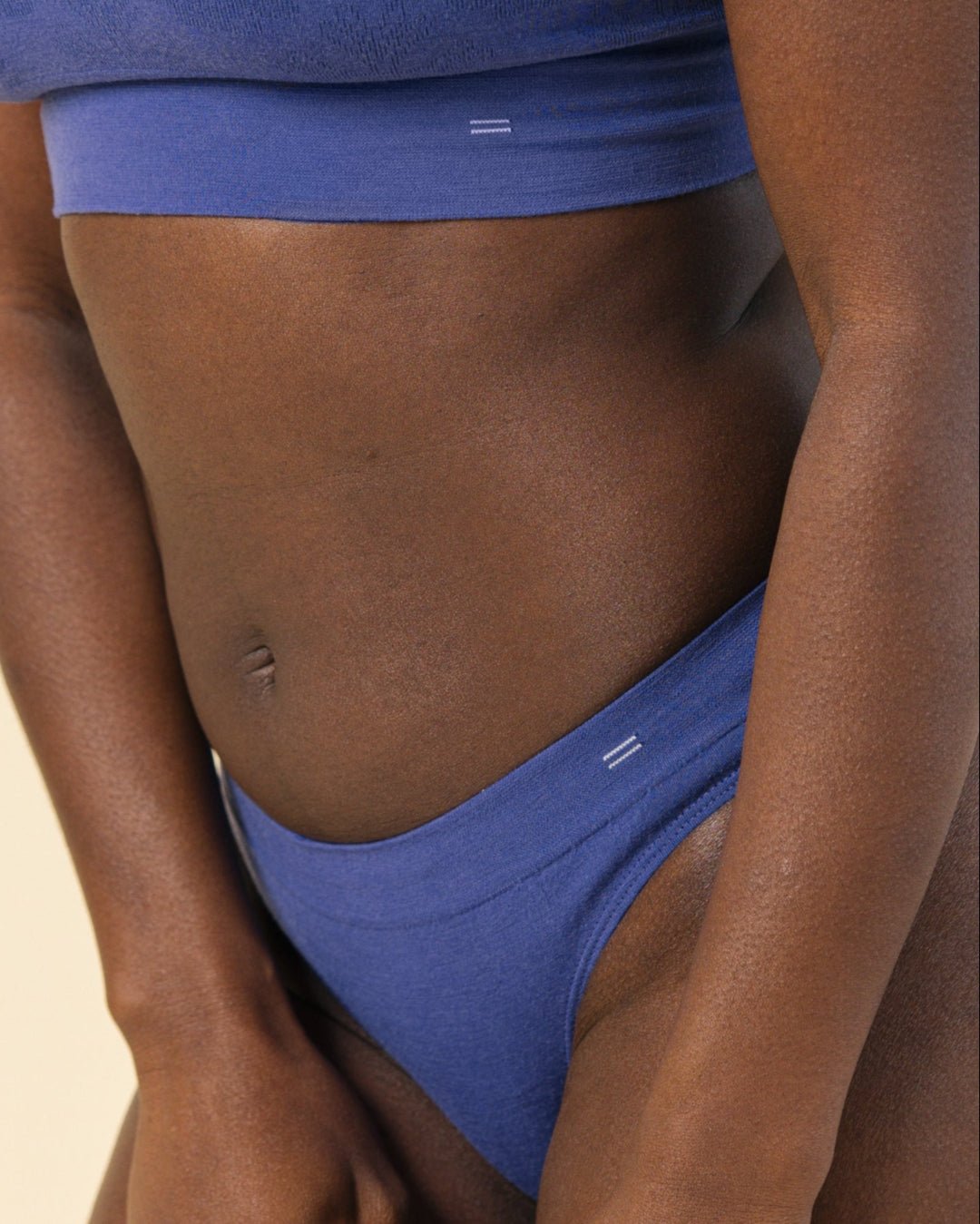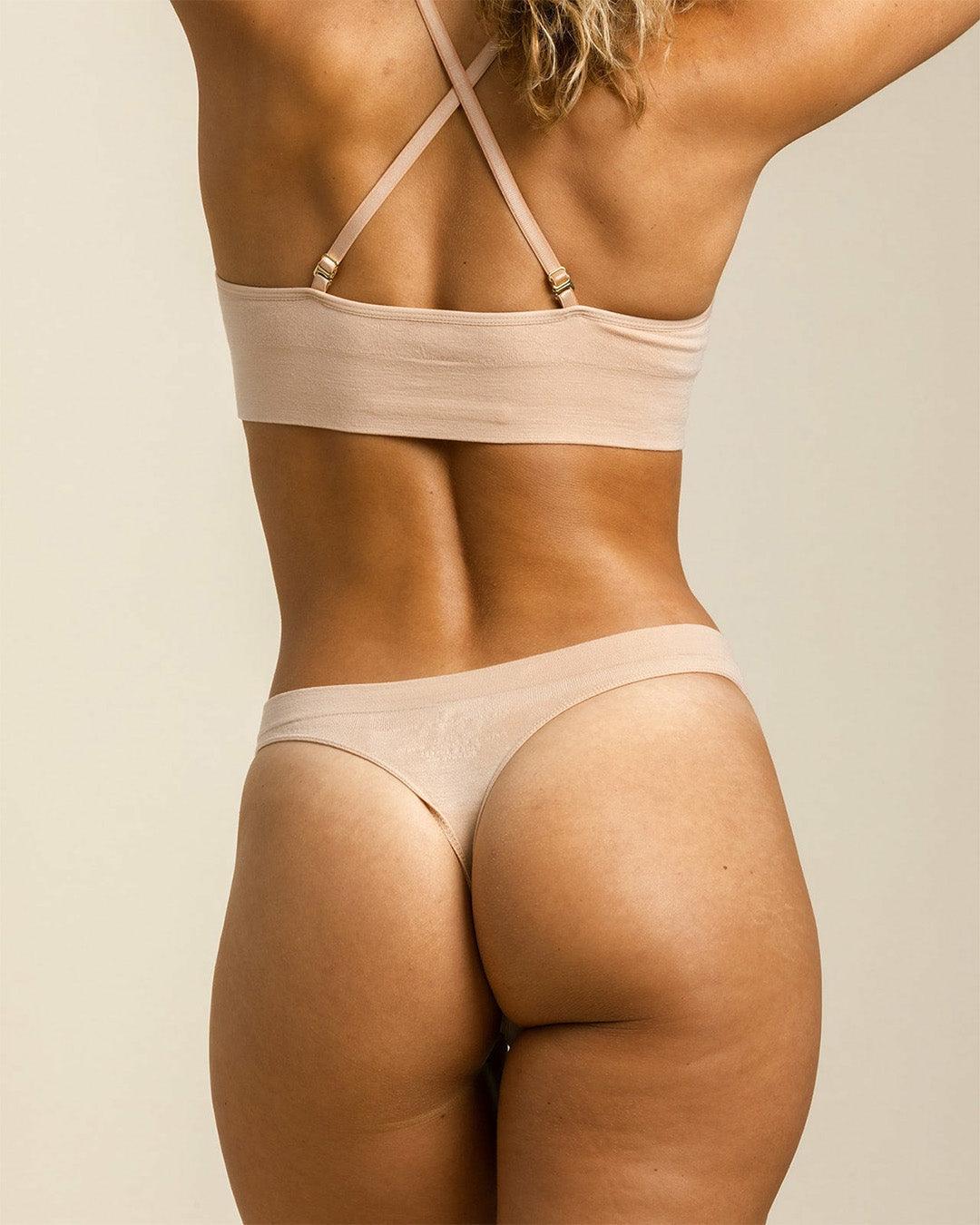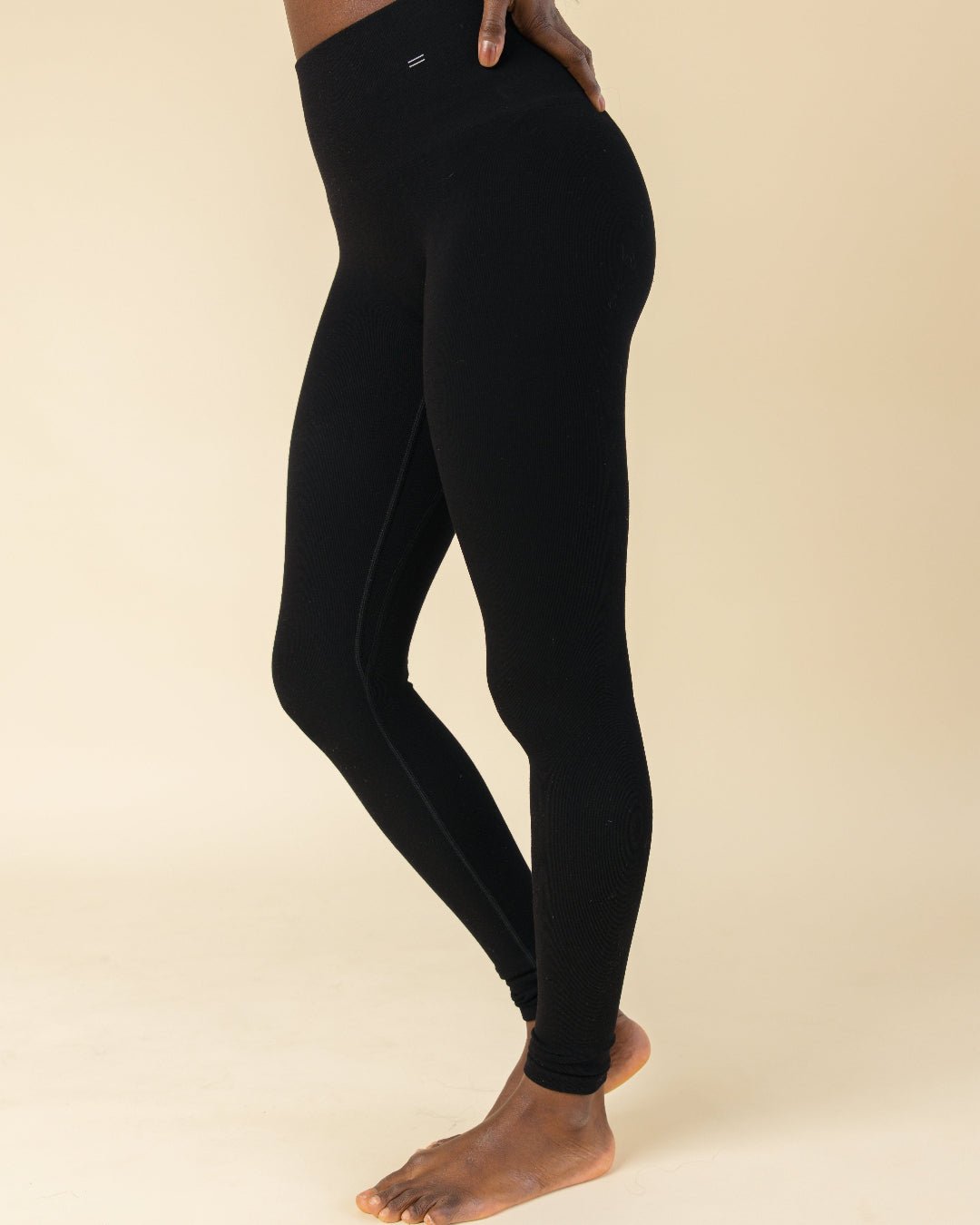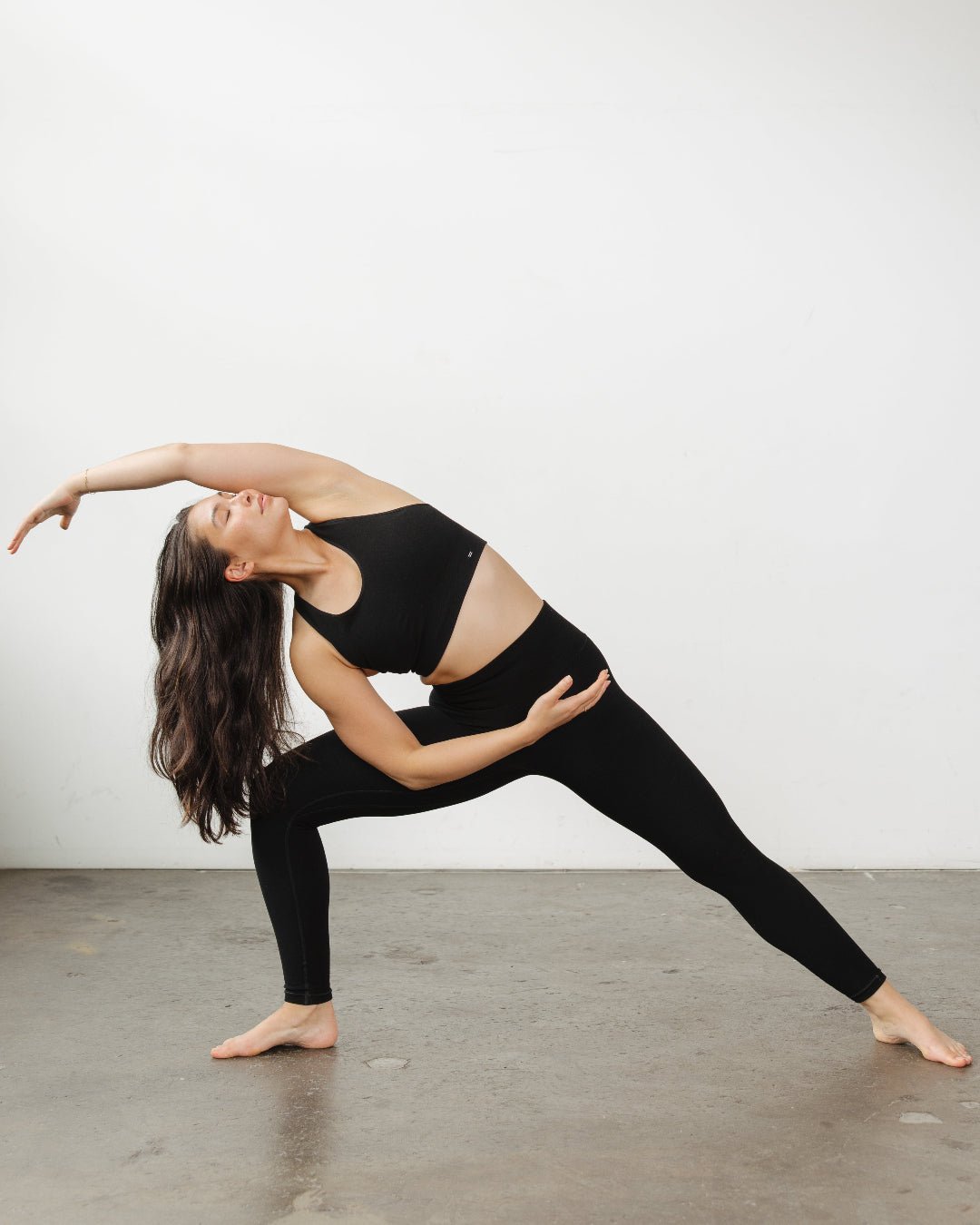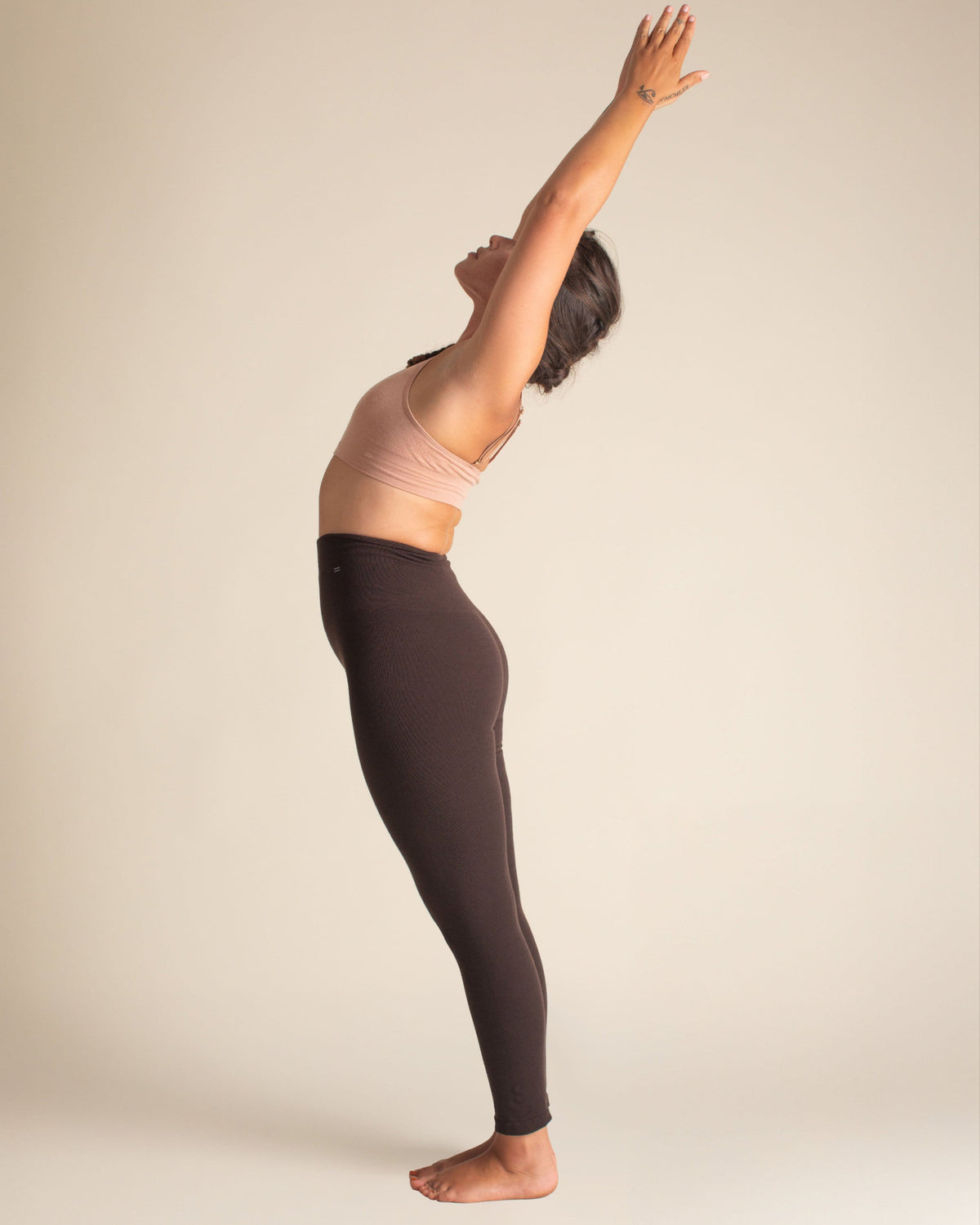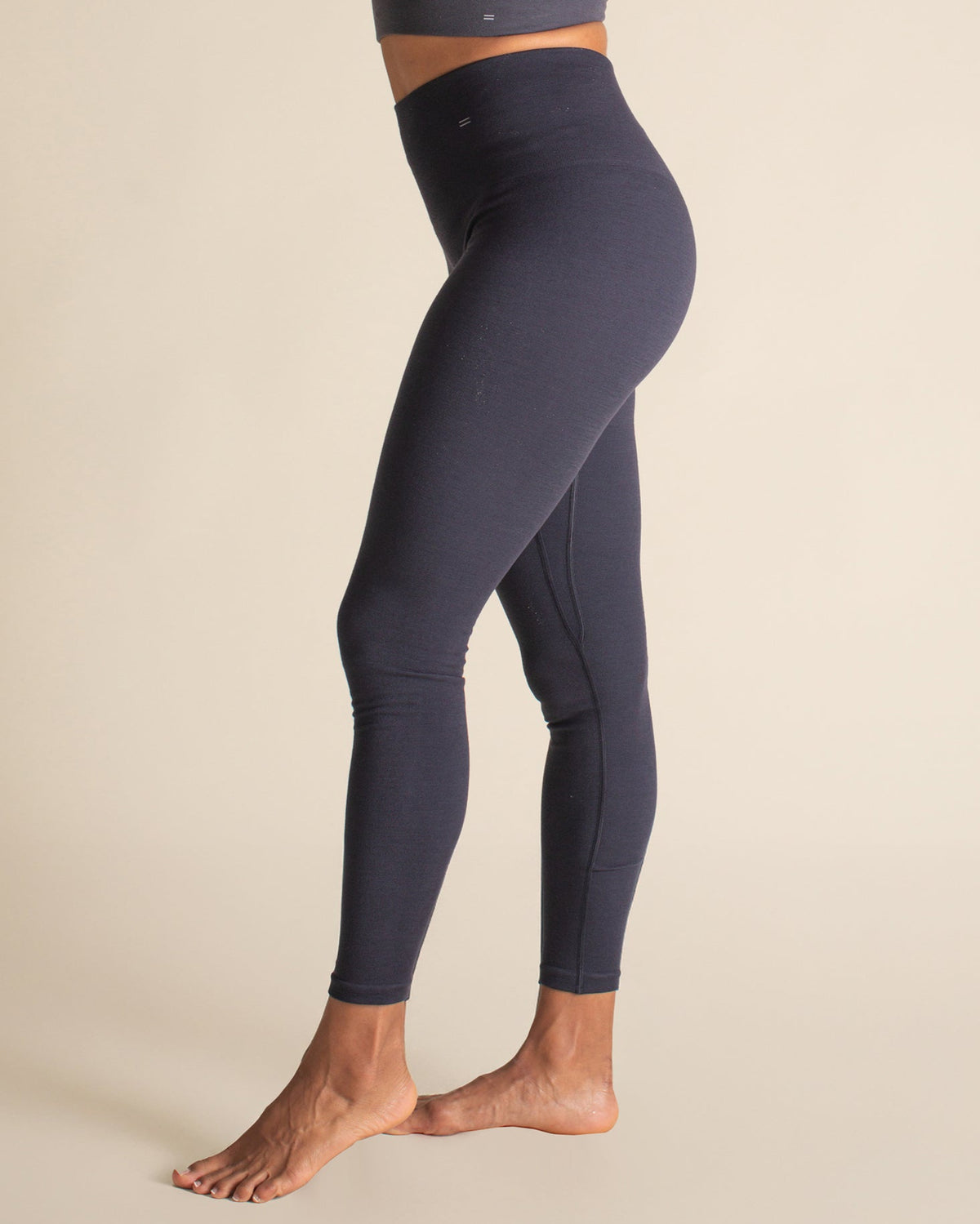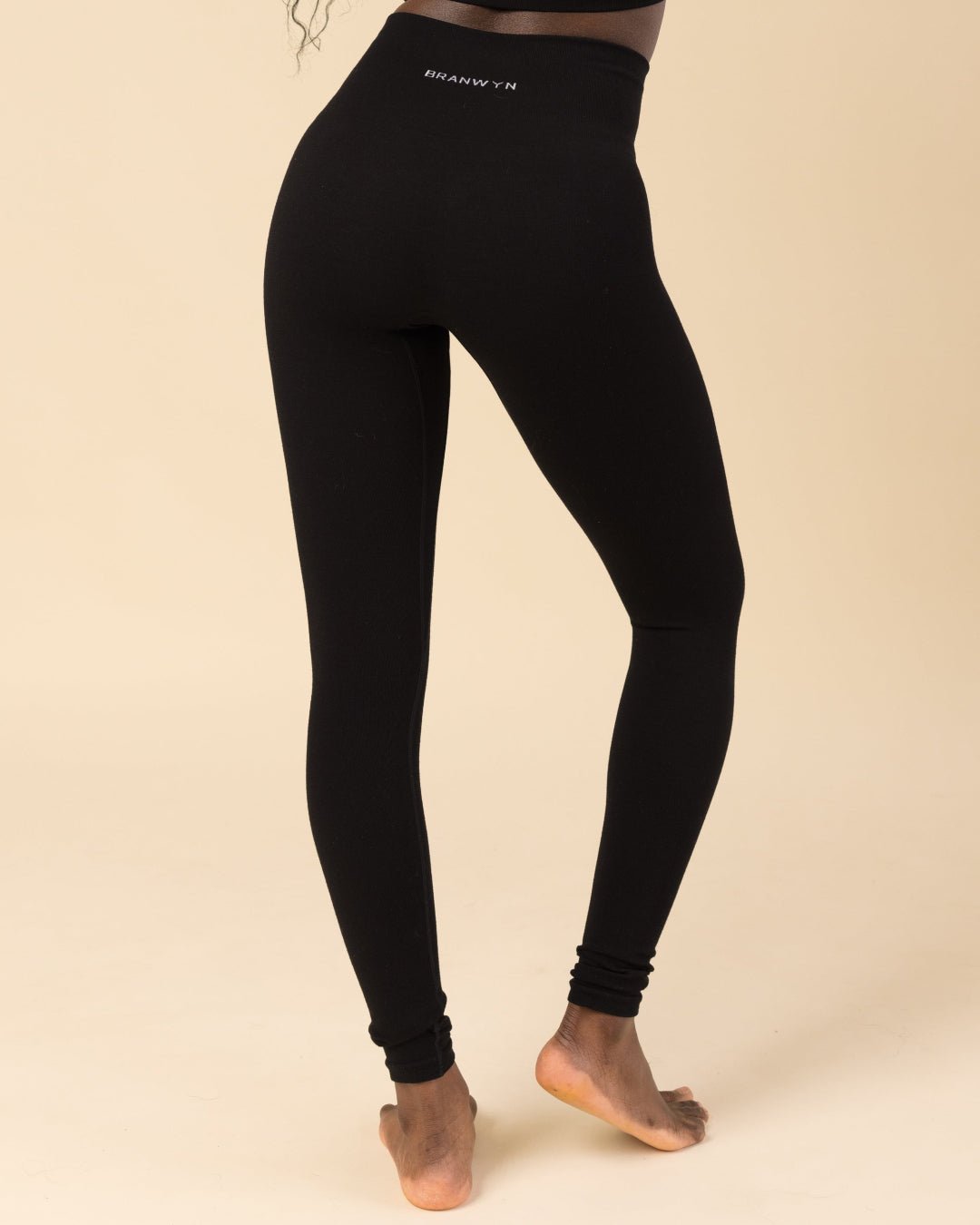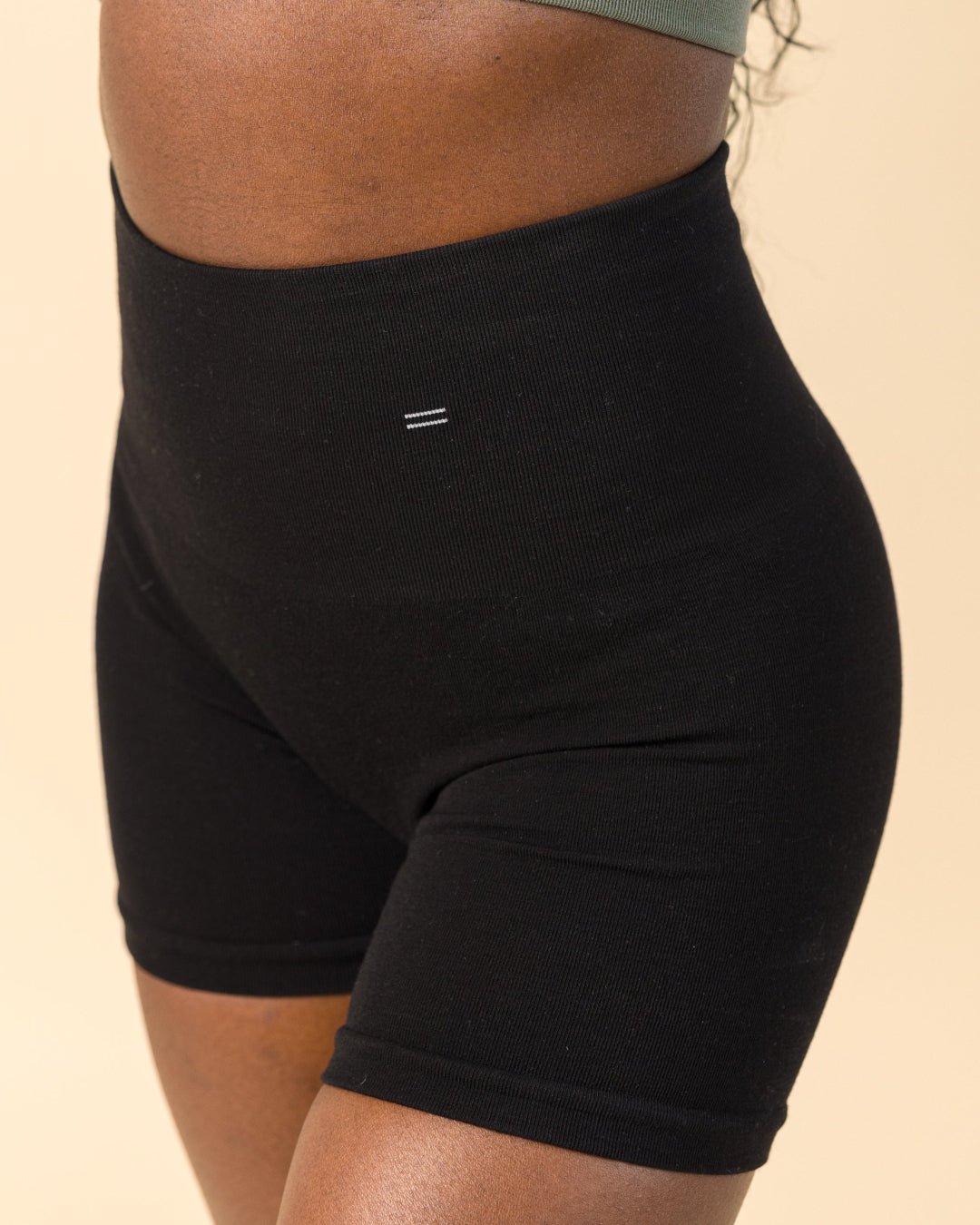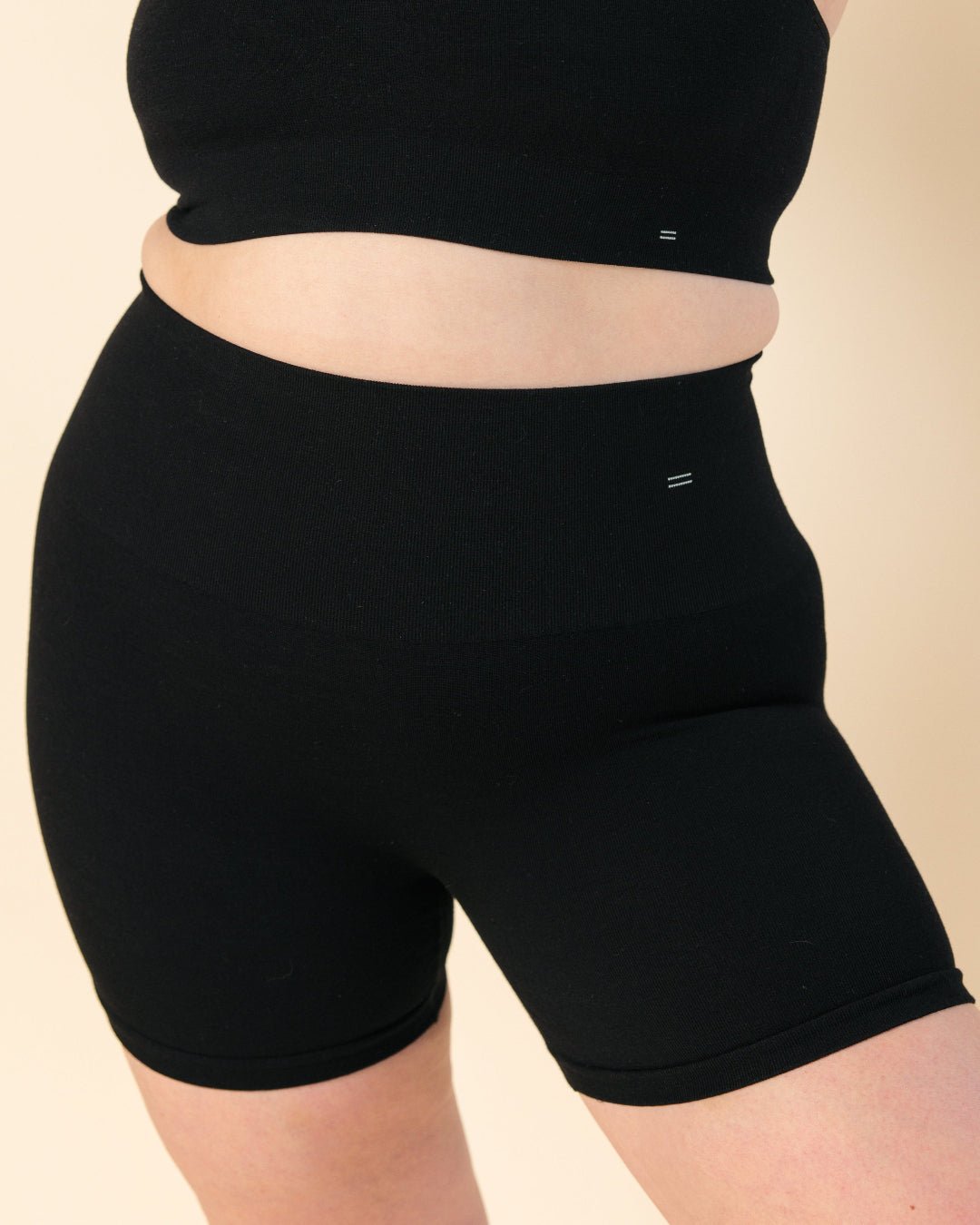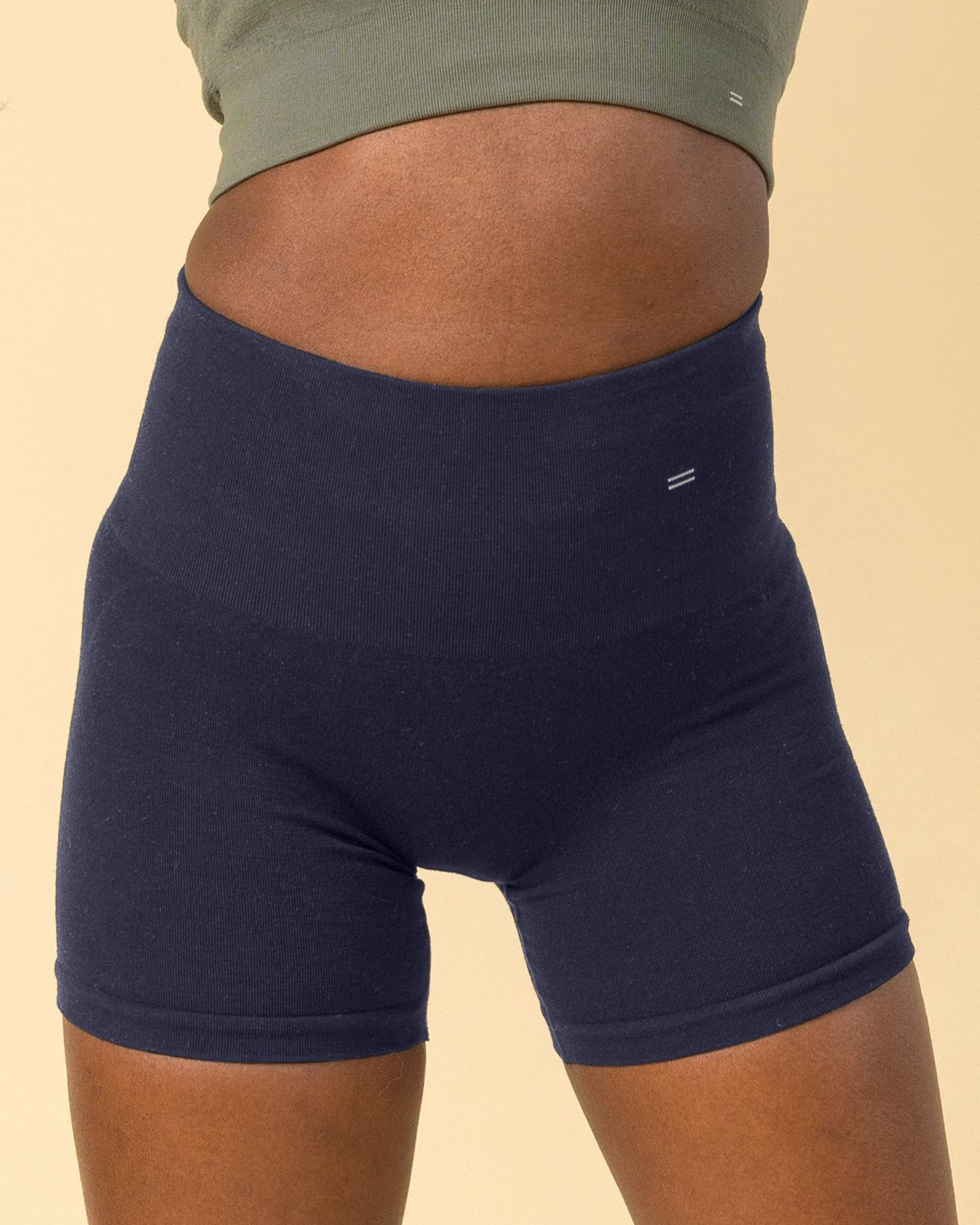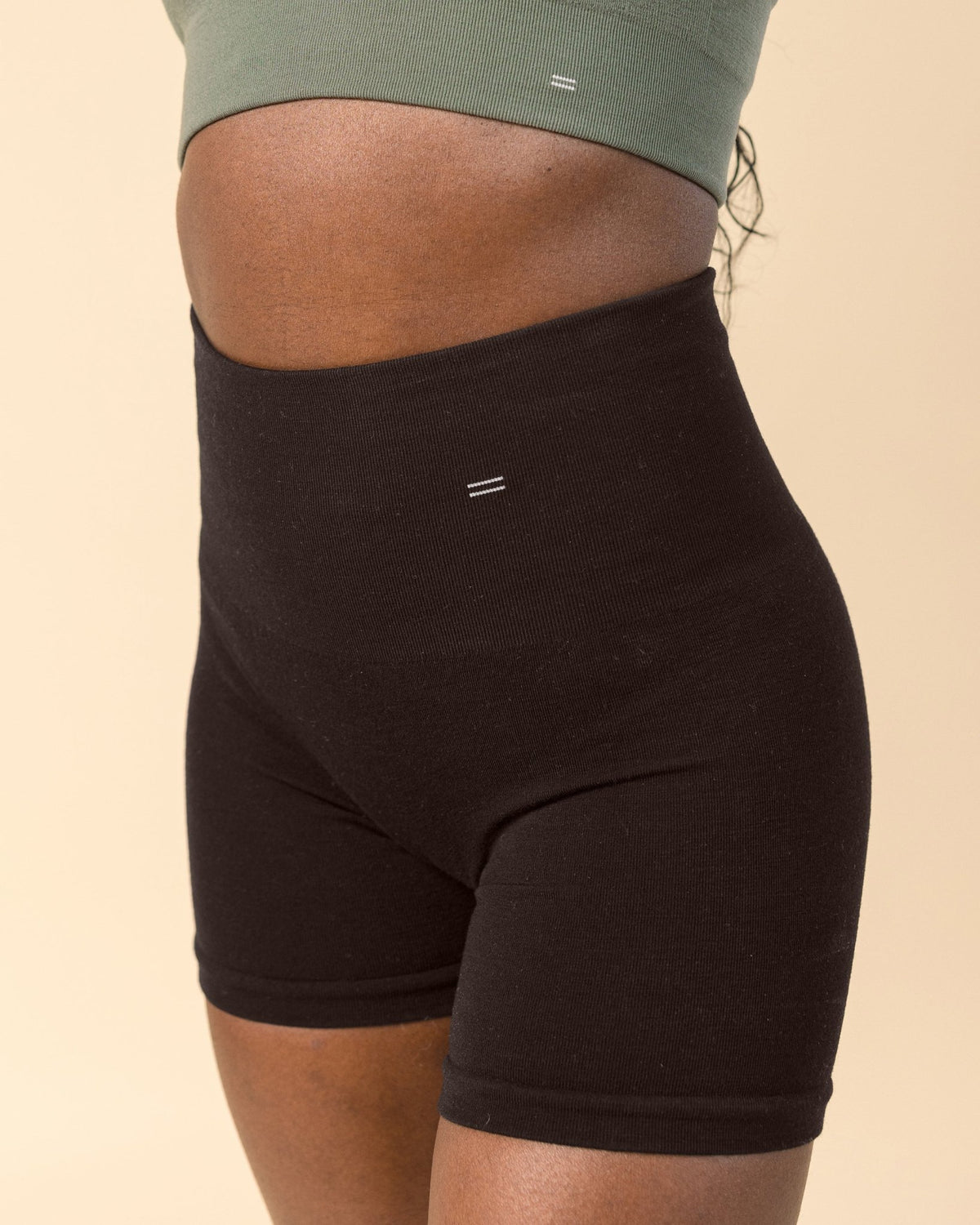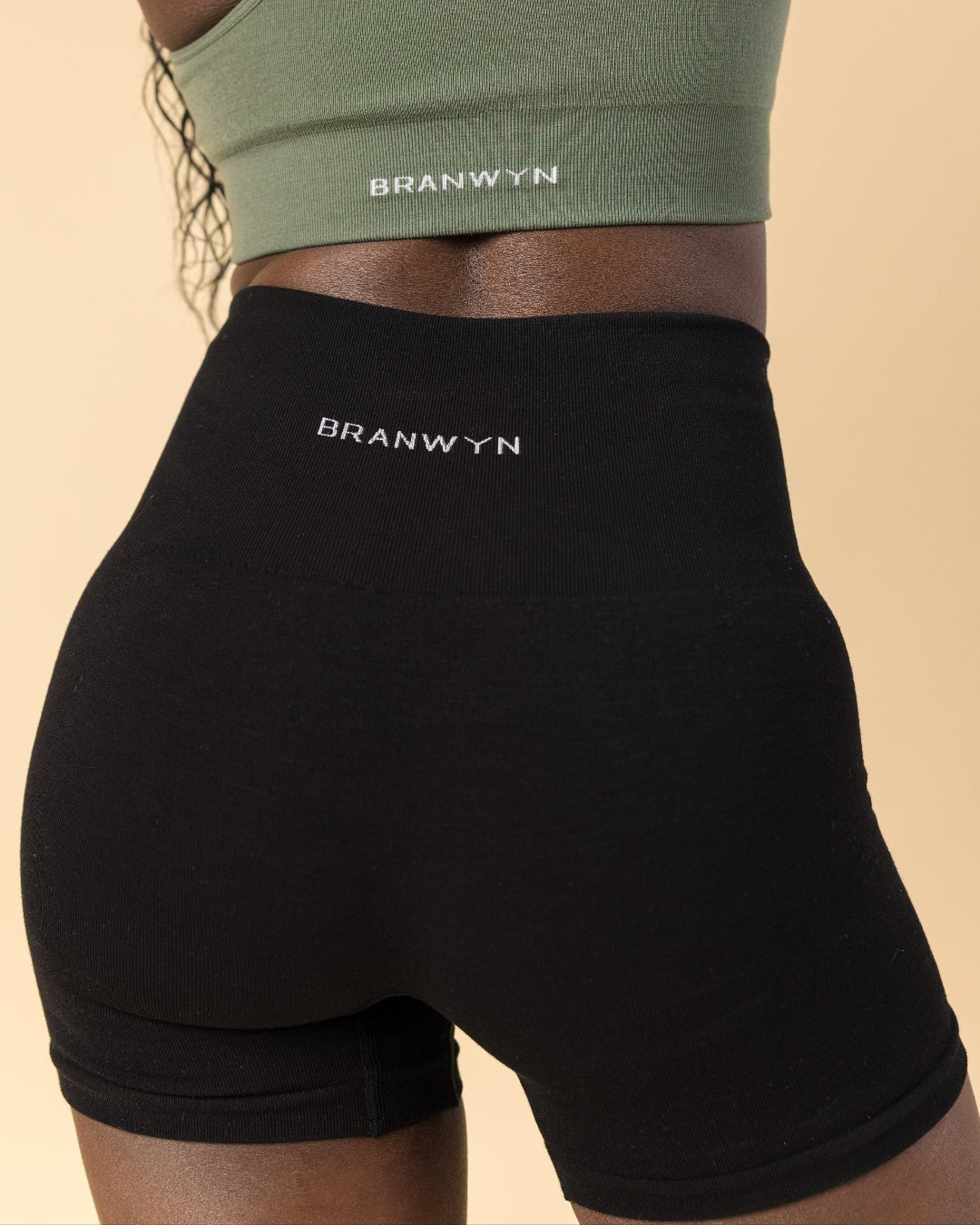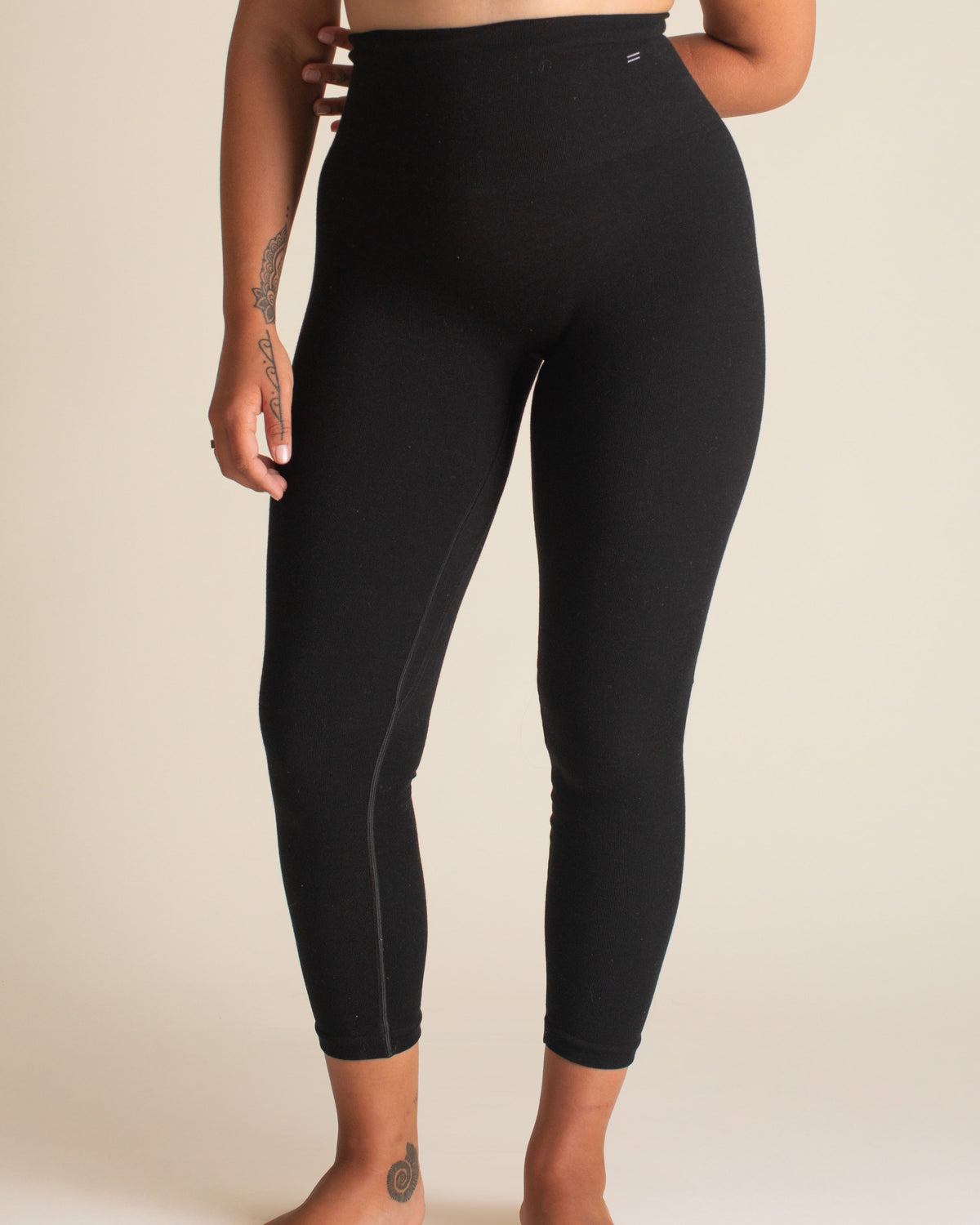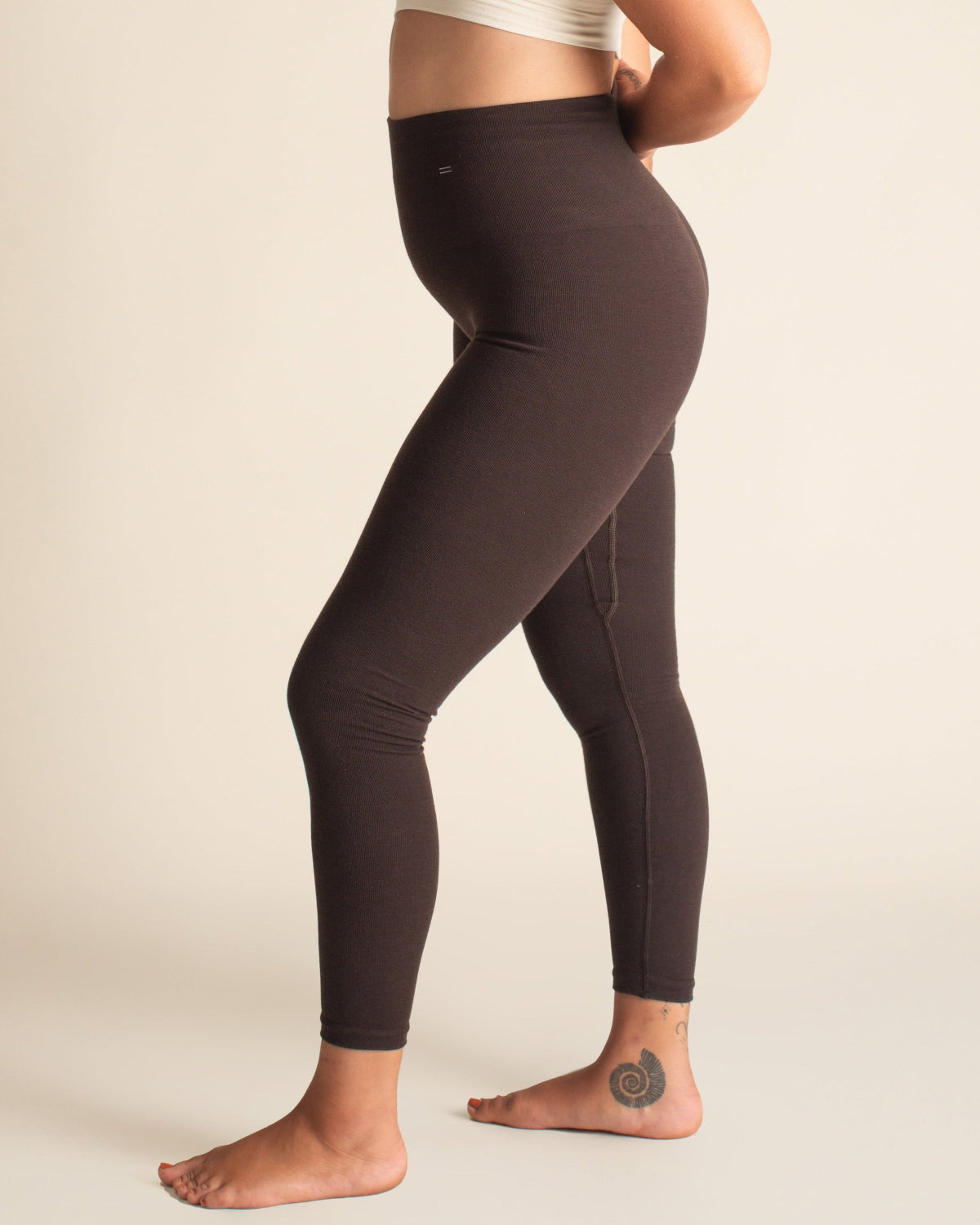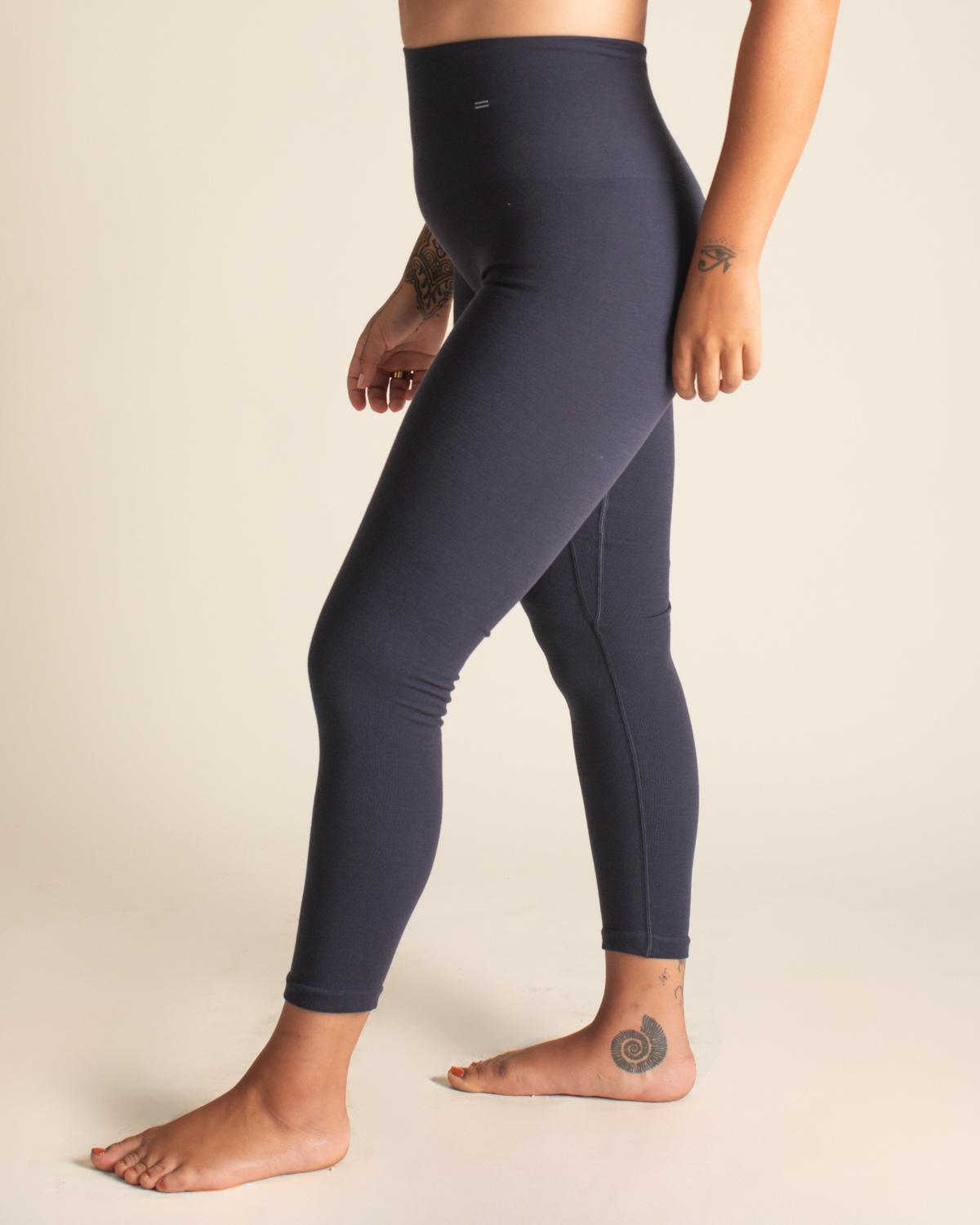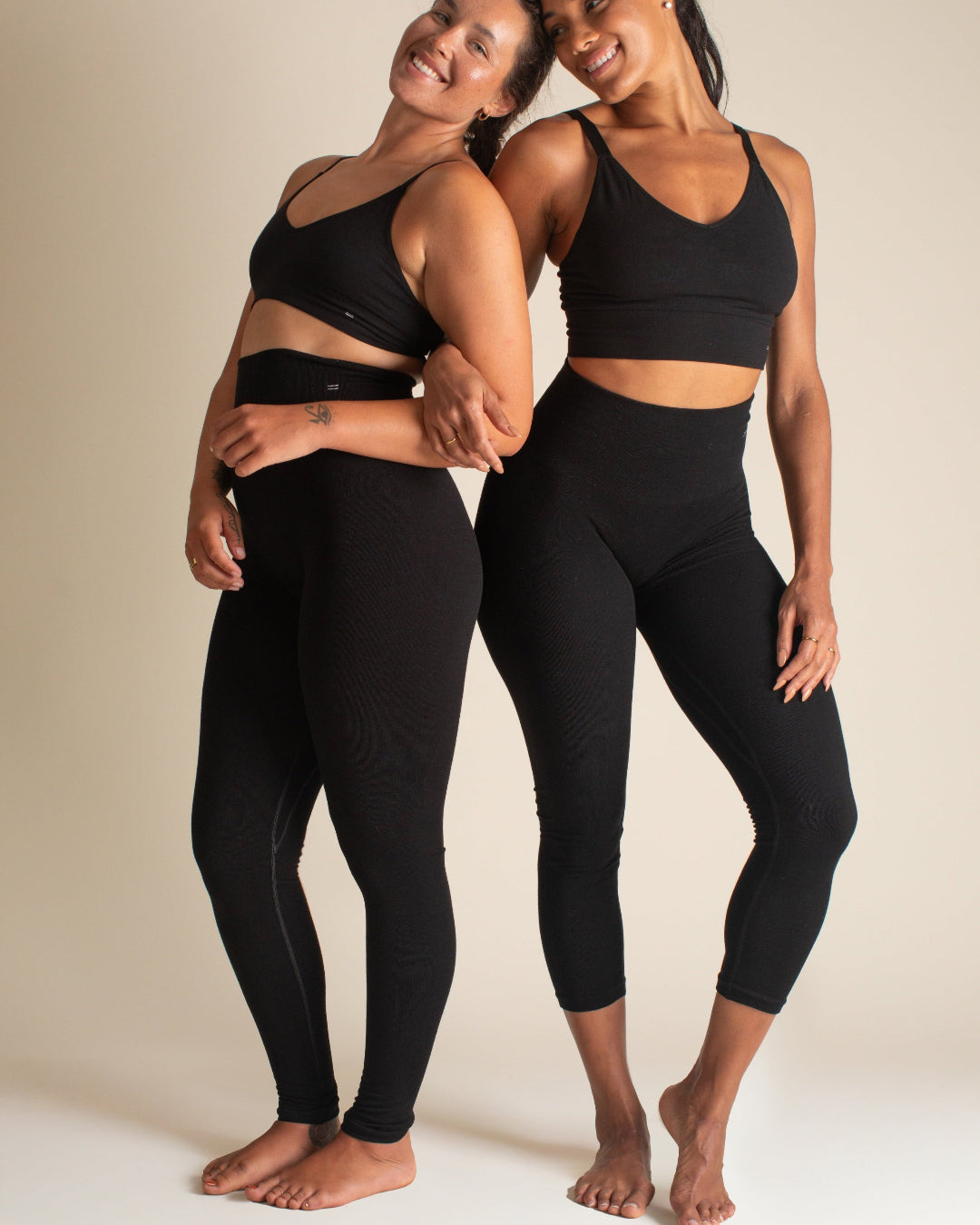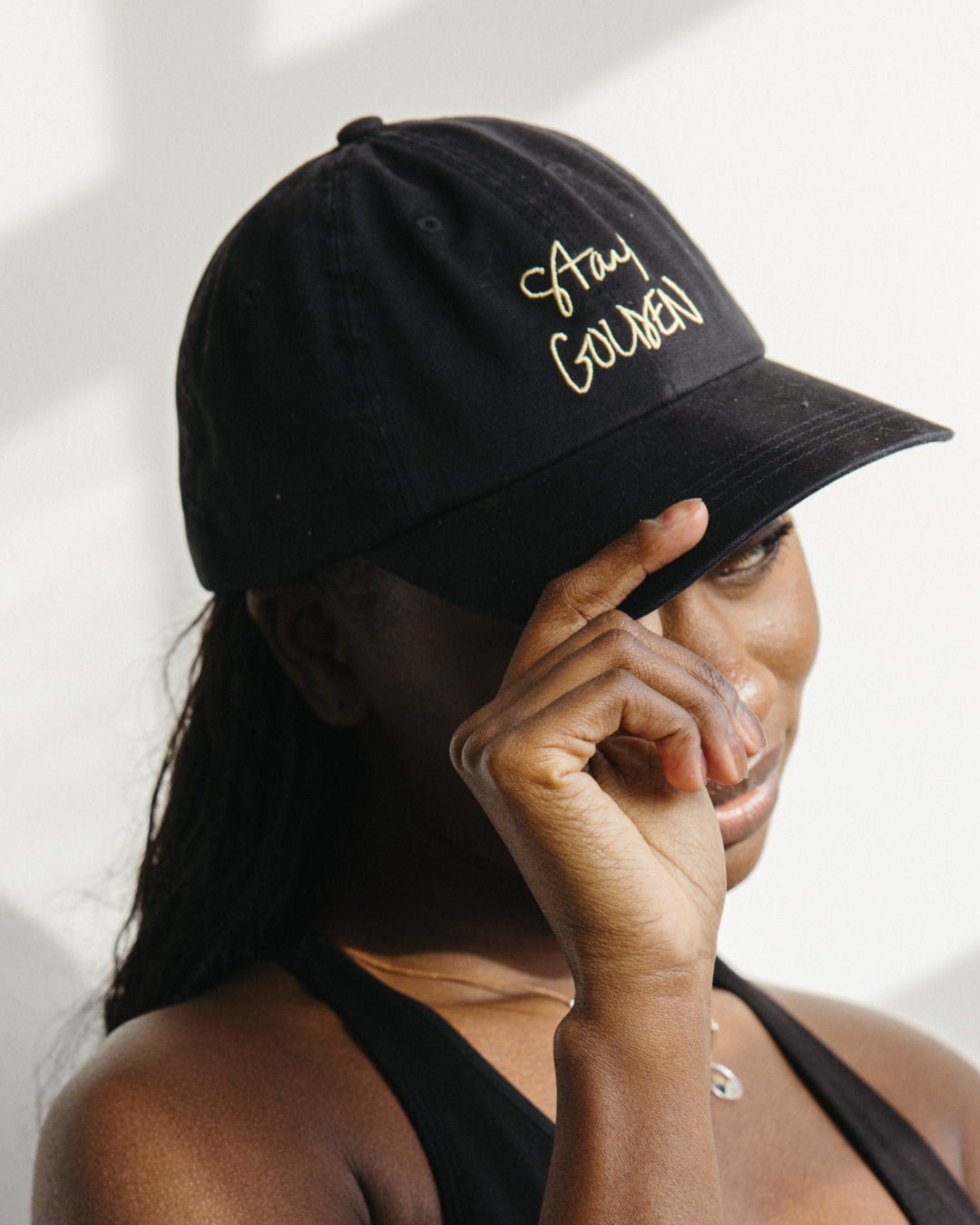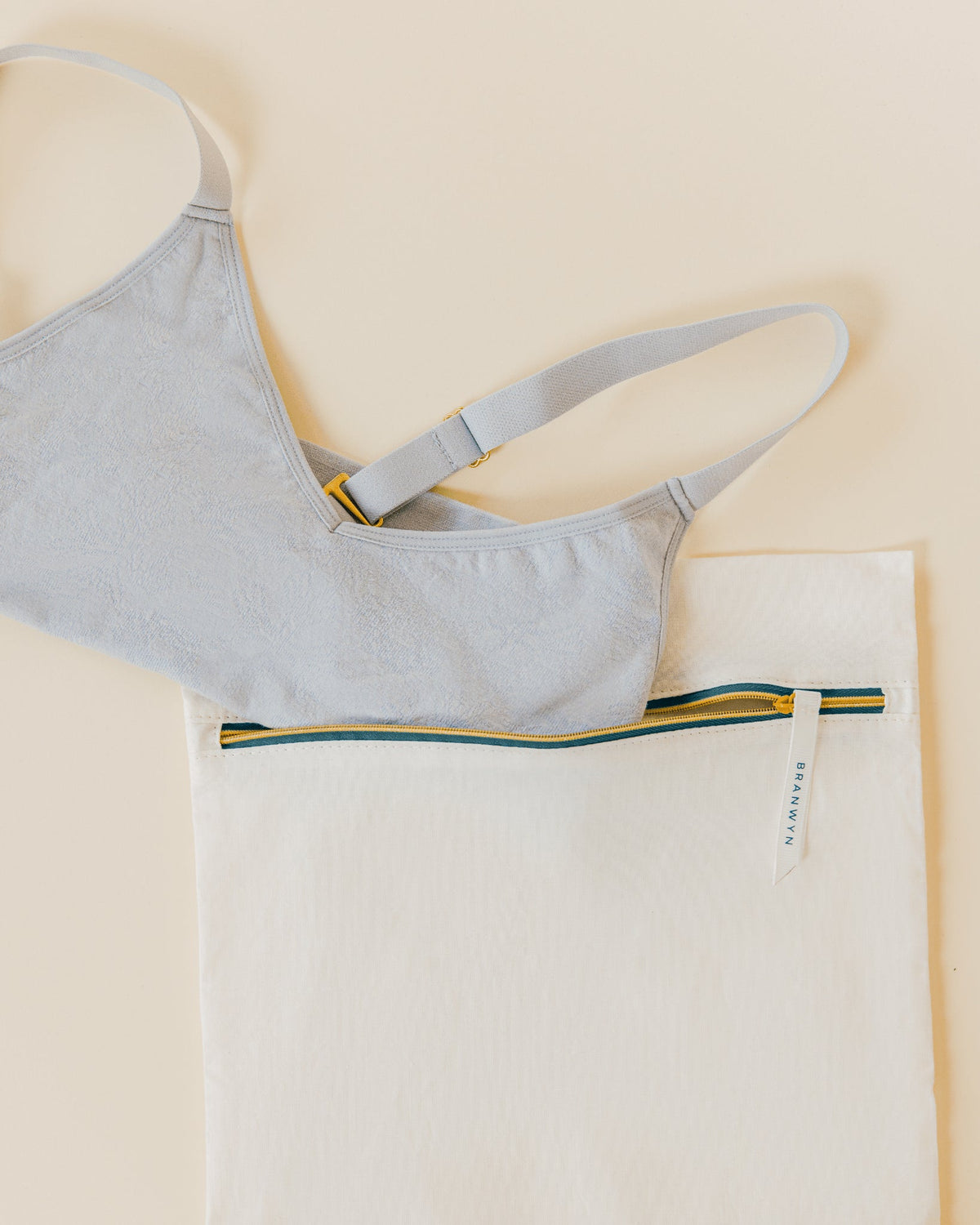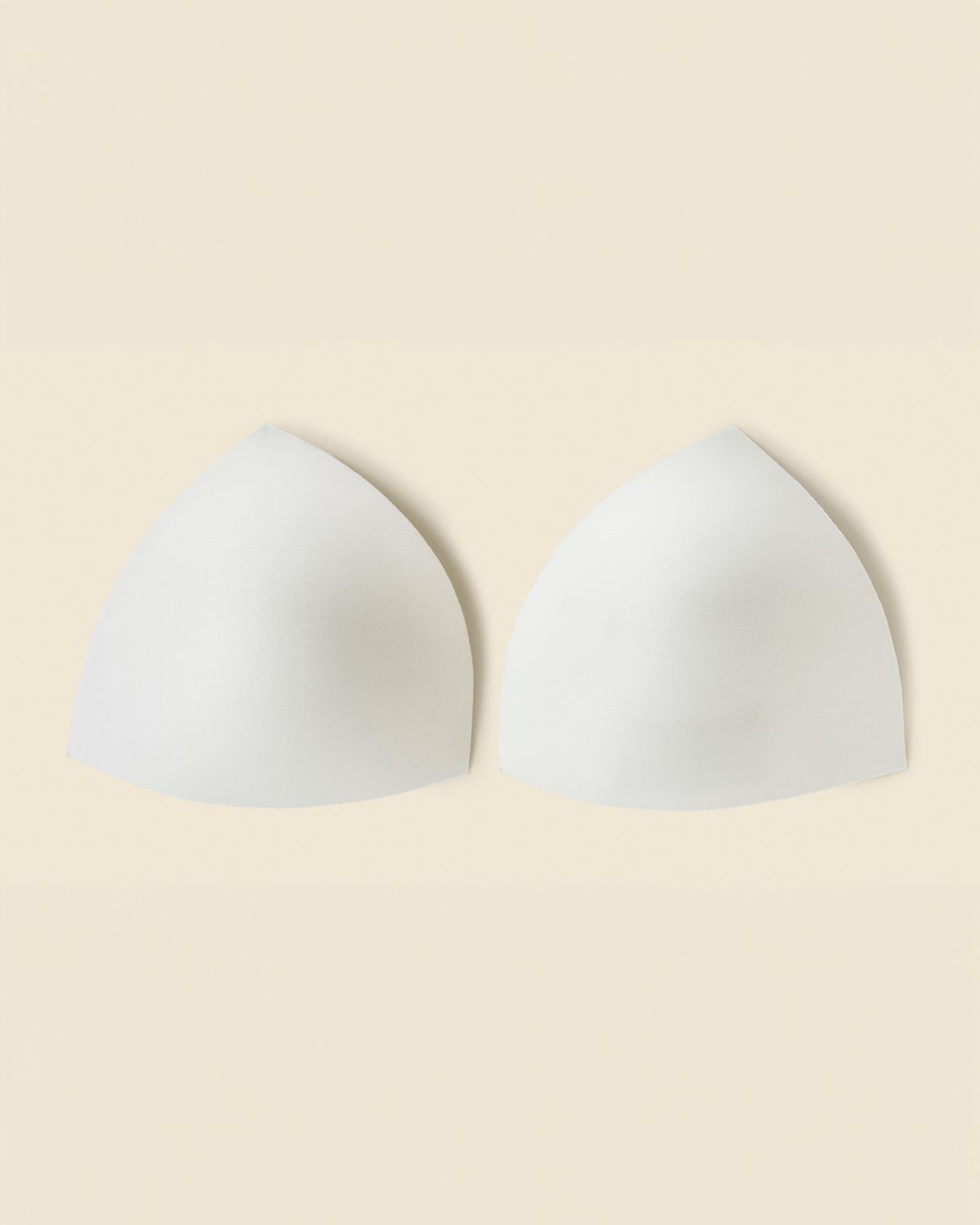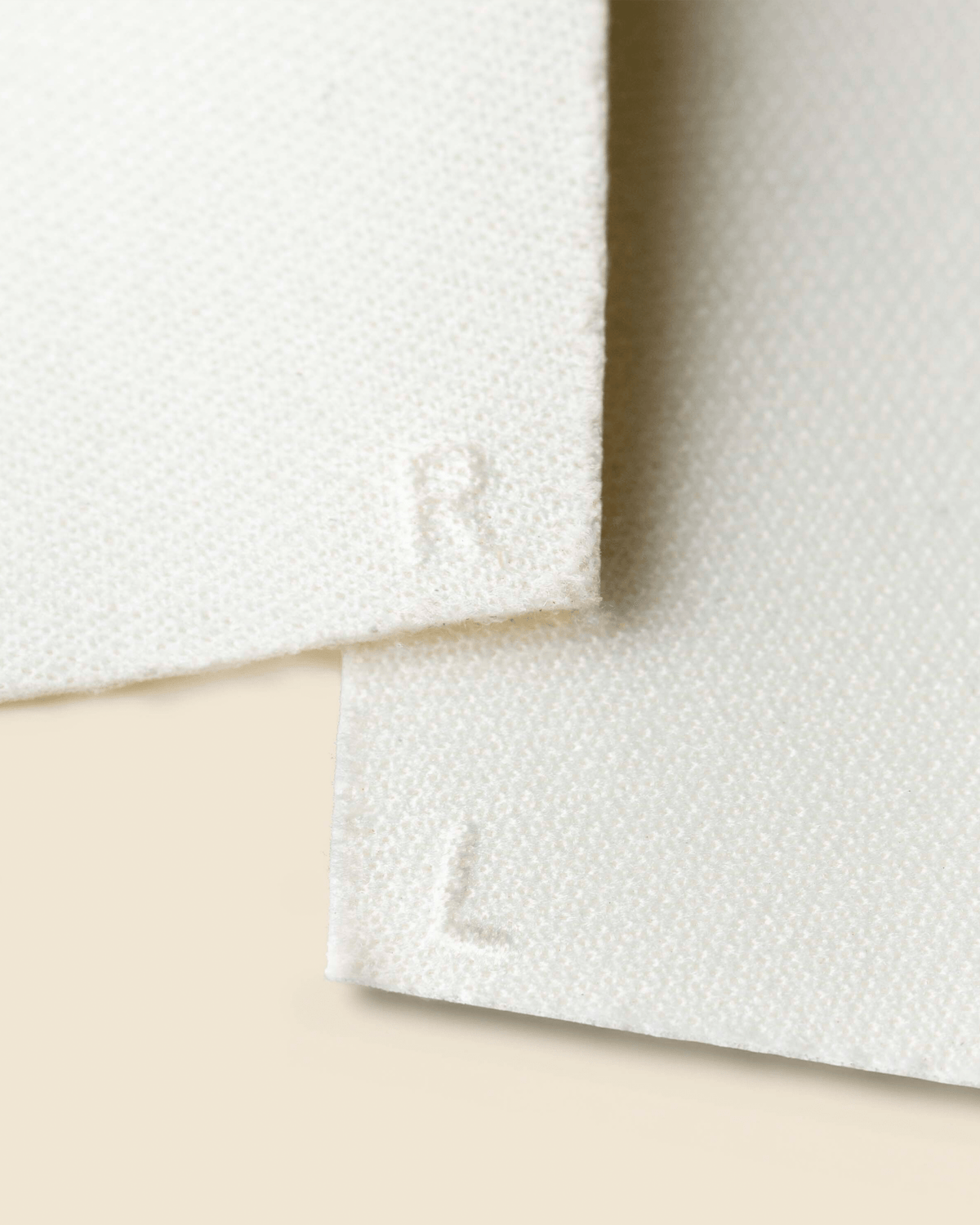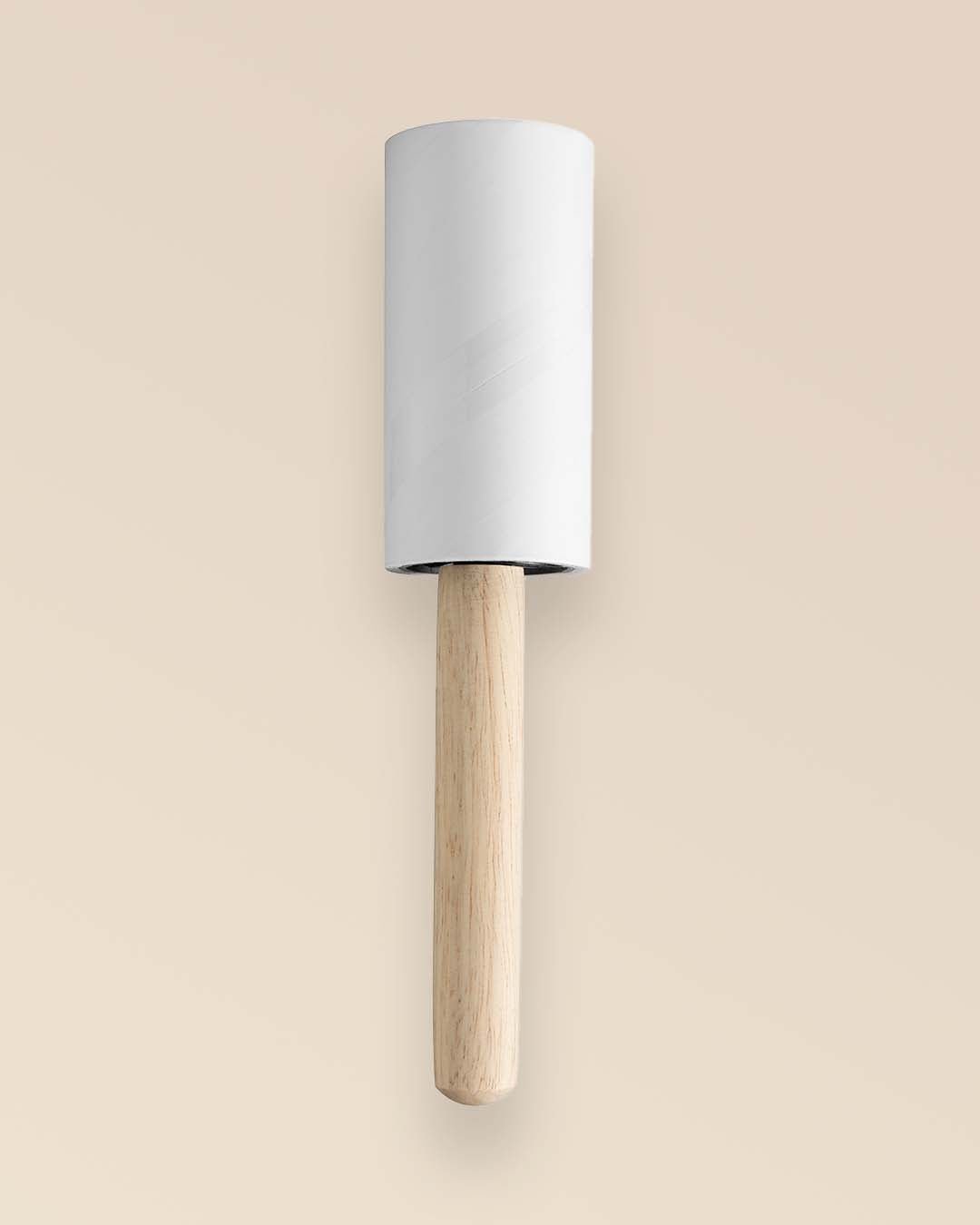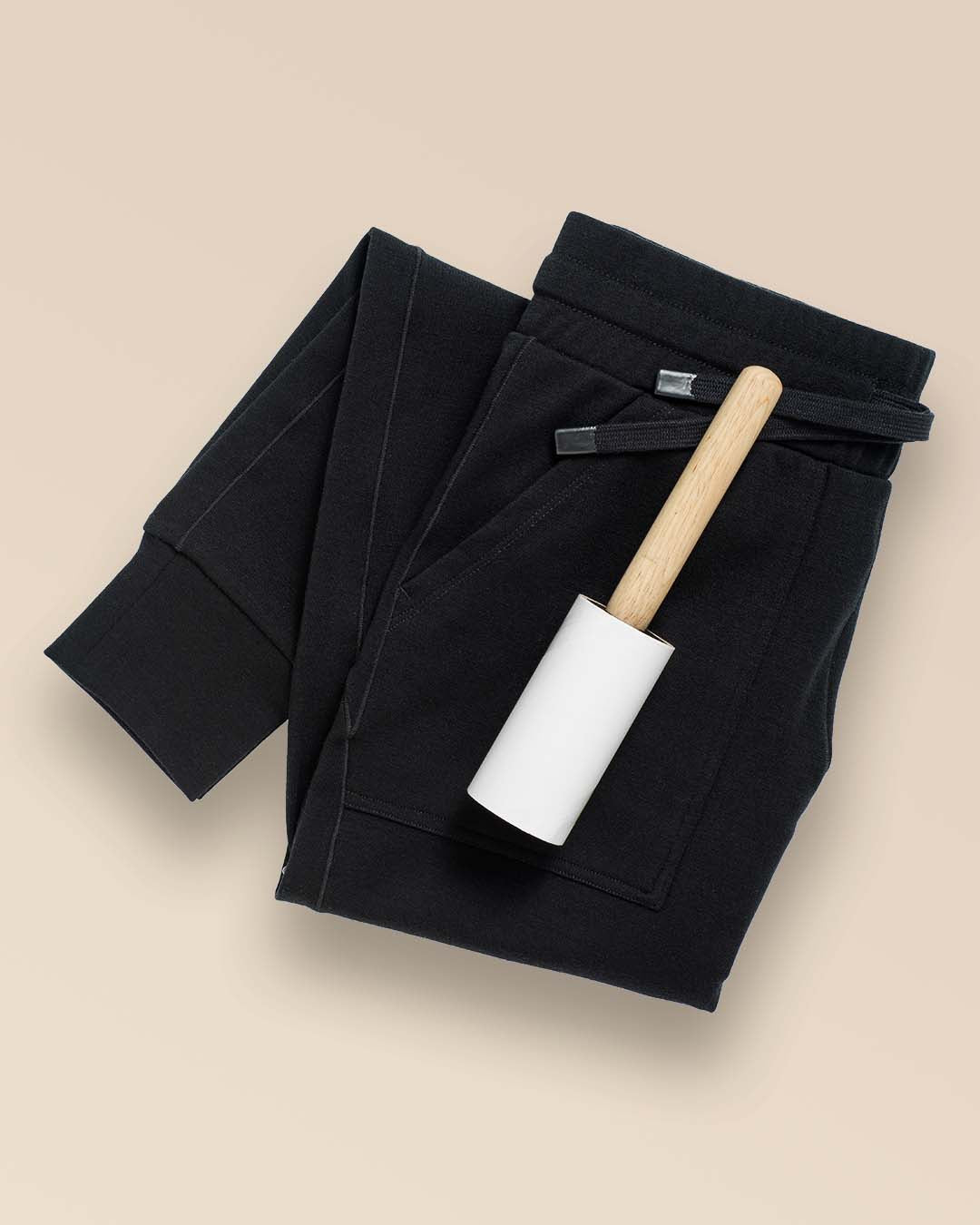Do you ever feel disconnected? In a culture of TikTok scrolling, more-is-better thinking, and nonstop information, it’s easy to feel like your mind, body, and emotions are pulling in different directions.
That’s where full-body meditation comes in. Sometimes called body-scan meditation, this practice dates back thousands of years to Buddhist vipassanā, an ancient teaching that aligns body and breath.
The goal is connection, awareness, and self-acceptance. And the best part? Full-body meditation is flexible. You don’t need to be a spiritual guru, invest in special equipment, or carve out hours of your day. We spoke with Mindfulness & Wellness Consultant Erin Lucas to learn more about the benefits of full-body meditation—and how to begin a practice that feels simple and accessible.

Understanding full-body meditation
Lucas began exploring meditation in her 20s. “Both my parents had cancer and I was researching what natural approaches could support their healing and what I could do to prevent getting cancer myself,” she says. “I came across some research showing that meditation can help repair our DNA, so I decided to give it a shot. Little did I know it would be my doorway to major life transformation.”
The central tenet of full-body meditation is bringing awareness to the body with kind curiosity, Lucas explains. “Rather than focusing only on the breath or a single point, you gradually move attention through each part of the body.” Along the way, you might notice sensations like tingling, coolness, warmth, churning, or pressure. There’s no need to change or control these feelings—simply notice them with awareness and without judgment.
Reaping the benefits
“Our bodies are incredible messengers,” says Lucas. They cue us into our basic needs, letting us know when we’re hungry, cold, or tired. Beyond that, they can guide our lives through intuition. Think about when you’re faced with a decision and suddenly feel nauseous and clammy—it’s as if your body is saying “no.” Or when you meet someone who instantly puts you at ease, filling you with warmth and relaxation.
While we’re born with this deep connection, it’s easy to lose touch with our intuition as adults—whether from the constant pull of the digital world or from trauma that disconnects us from our bodies. Still, Lucas says, full-body meditation can help us return to it. “There is so much wisdom in our bodies and having full body awareness can be a super power,” she says.
Science backs this up. Research links meditation to lower cortisol levels (reducing stress), improved pain management, restored hormonal balance for women, eased anxiety and depression, lower blood pressure, and even better immune function.
How to get started
There’s no barrier to entry for full-body meditation. “Pick a short, realistic window and time of day that you can commit to five or ten minutes with minimal distractions,” Lucas recommends. For beginners, she suggests starting with a guided audio, which offers a clear pathway into the practice. “It can help you turn your attention to your body rather than thinking about how to do the meditation,” she says. Popular options include Headspace, Calm, and Insight Timer.
Remember: this is a practice, and there’s no way to get it wrong. “Many people who start this meditation describe feeling numb from the neck down,” says Lucas. Don’t sweat it—over time, presence and awareness will grow.
Distraction is also normal and expected. Meditation doesn’t require an empty mind. “Simply bring your attention back to the body once you notice you’ve been pulled away into thought. That practice alone is hugely beneficial and builds a muscle of presence,” she says.
One final note: if your practice brings up pain, deep sadness, or overwhelming discomfort, it may be best to pause and seek therapeutic support. “There are times when meditation isn’t actually the wisest thing to do and can be more destabilizing or overwhelming than supportive,” Lucas explains.
Step-by-step: your first practice
Before you get started, make sure you’re wearing comfortable clothes that won’t distract you. (Seamless, naturally temperature-regulating Merino Performance Innerwear is a great option.) Silence your phone or set it to “do not disturb.” Lucas also recommends a few gentle stretches and deep breaths to help you transition and settle in.
When you’re ready, try these steps:
-
Find a comfortable position, either sitting or lying down.
-
Bring attention to your breath to ground yourself in the moment.
-
Shift awareness to your feet and notice any sensations. Observe how those feelings change or move.
-
Slowly move your attention up through your body, giving each area this same care. If your mind wanders, gently guide it back.
-
When you reach an area that feels tense or difficult, you can observe around it or gently touch in and out—whatever feels safe and accessible.
-
After scanning your body, relax your attention and return to your breath.
For a mini introduction, Lucas suggests rubbing your hands together quickly for 30 seconds, then pulling them apart and noticing the sensations. “This helps you get in tune with what it feels like to observe the sensations in your body,” she explains.
Full-body meditation can even move with you. “Next time you go for a walk or a run, scan your body and notice what sensations you feel,” Lucas recommends.
How to stay with it
“Consistency matters more than length,” says Lucas. “Regular practice builds the habit. If you wanted to start running and it’s new for you, you wouldn’t start by running 30 minutes a day. The same applies for meditation.”
To make meditation a daily ritual, Lucas suggests tying it to an existing routine, like your morning coffee or brushing your teeth at night. Setting small goals and tracking them in a journal or app can also help you stay motivated.
With these steady steps, the impact can be profound. “Meditation has strengthened my ability to view life from my wise inner being. It has helped me connect and communicate with different aspects of myself with greater compassion and understanding. In combination with therapy it has honestly completely changed my life in a beautiful way.”
We want to know—have you practiced full-body meditation? What did you think? We’d love to hear from you. Please reach out any time! You can DM us at @branwynofficial or email us at info@branywnofficial.com.

